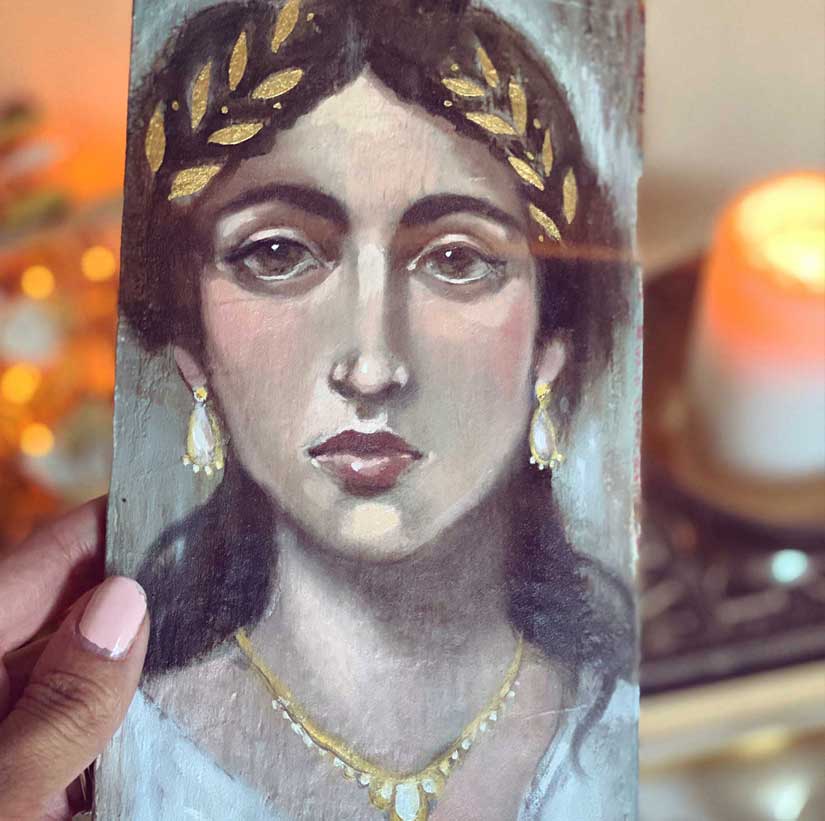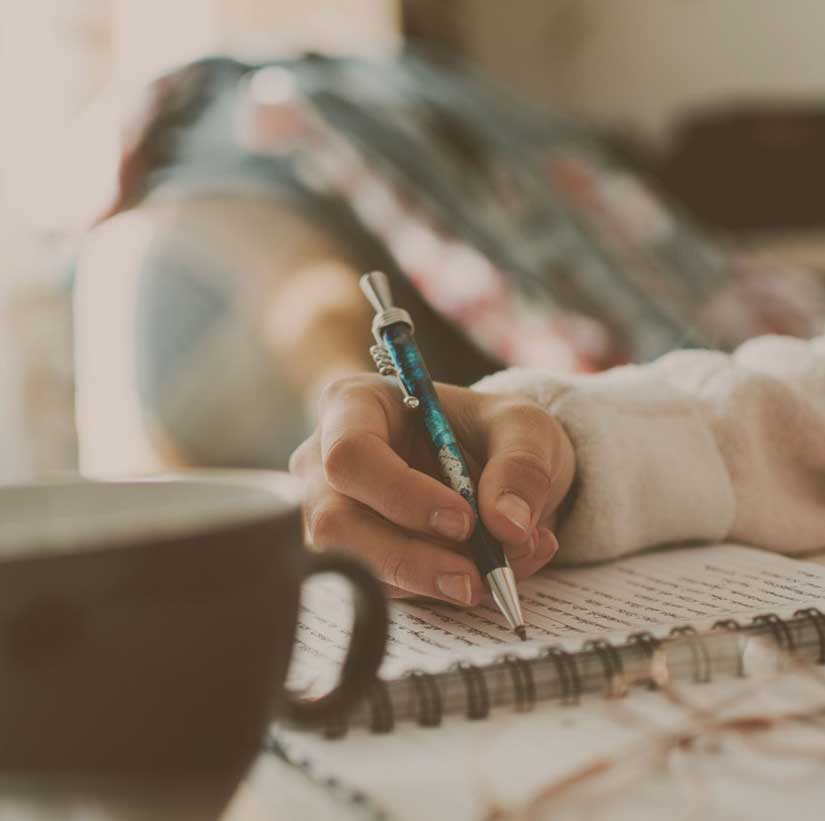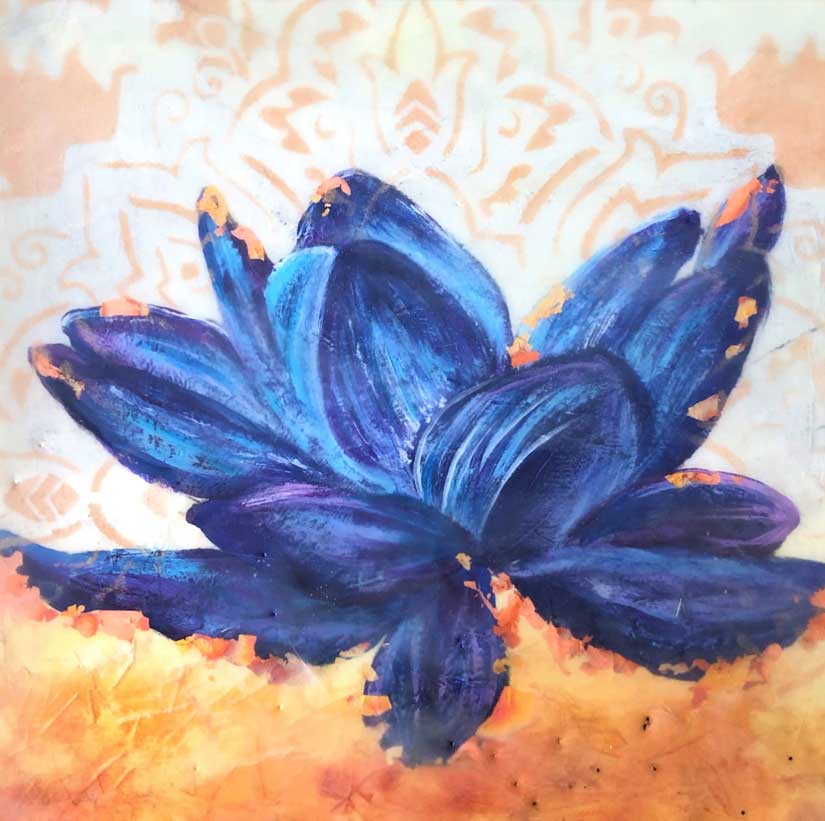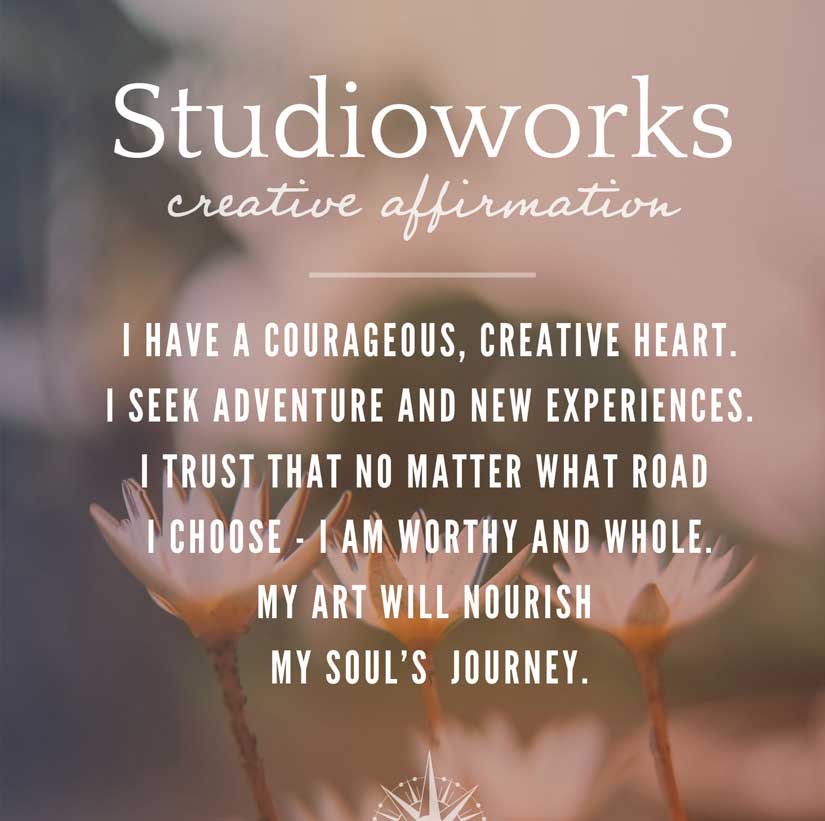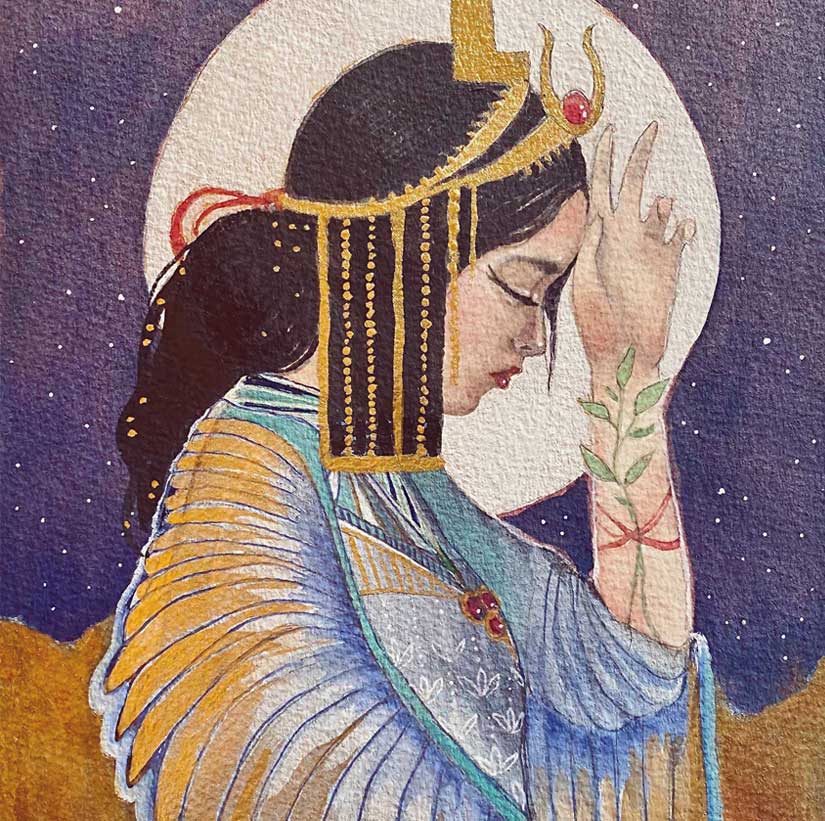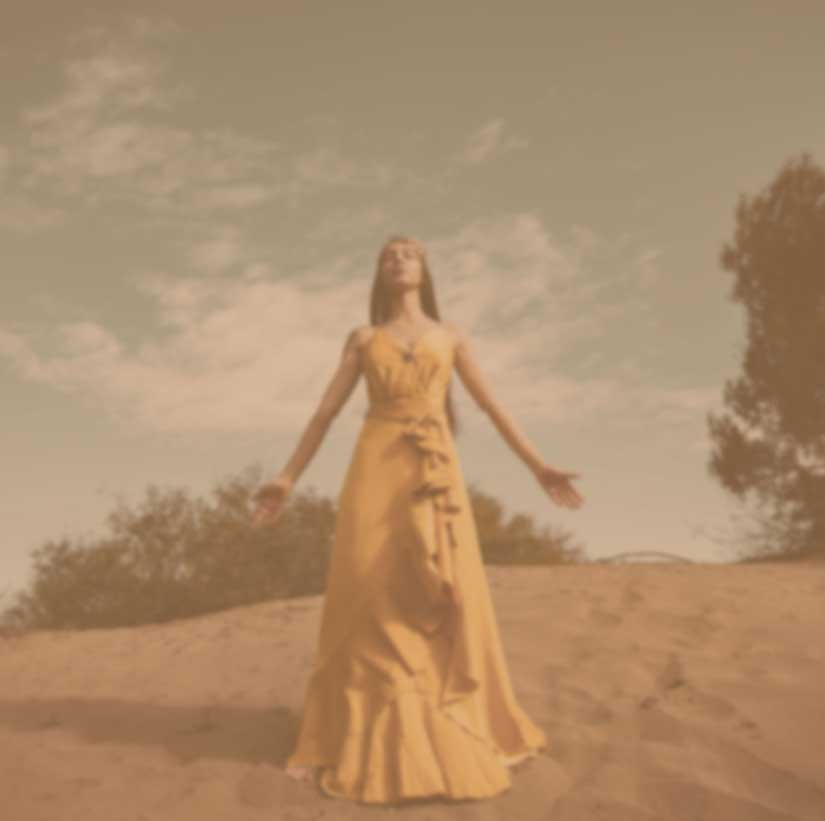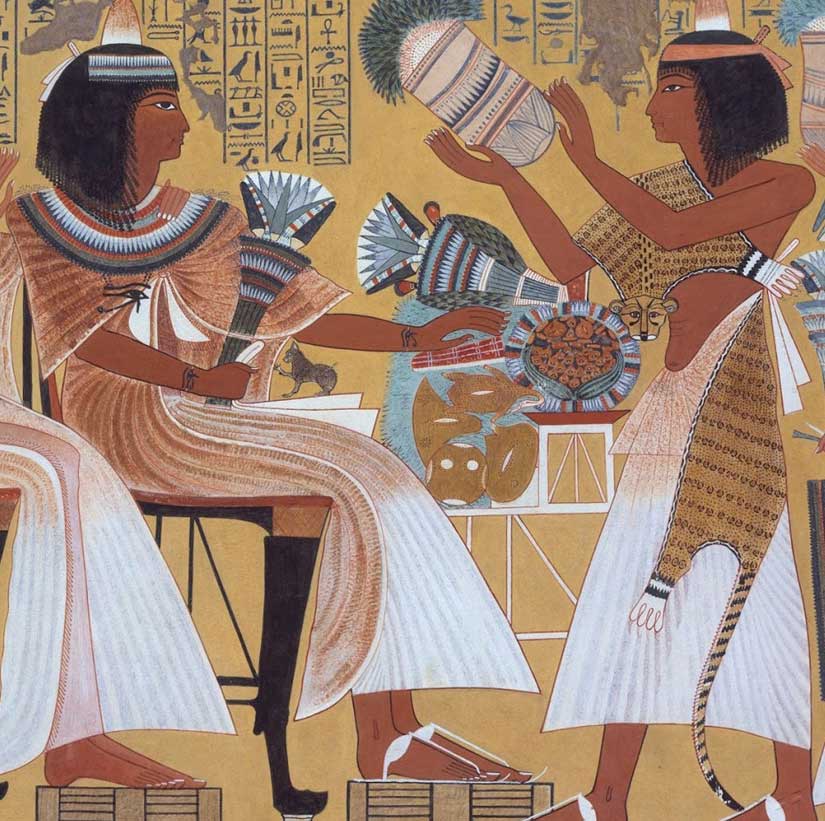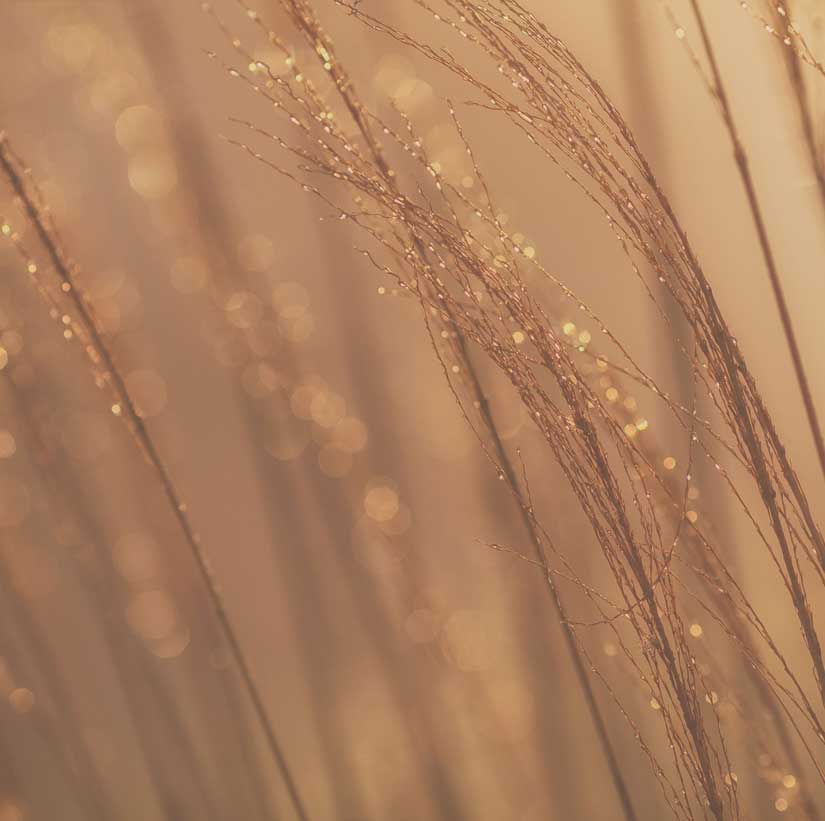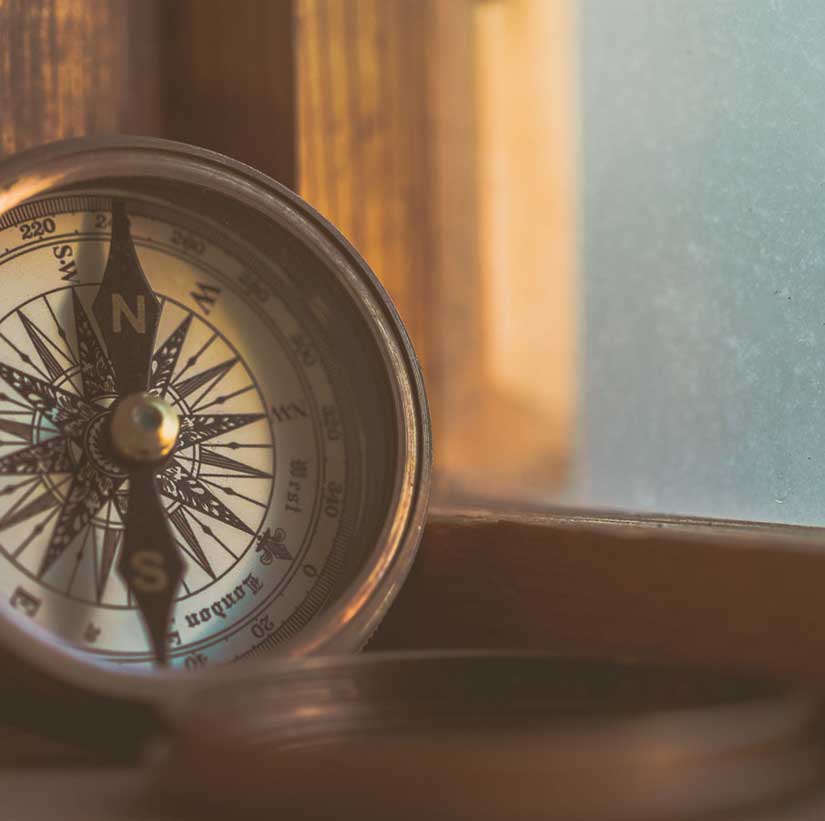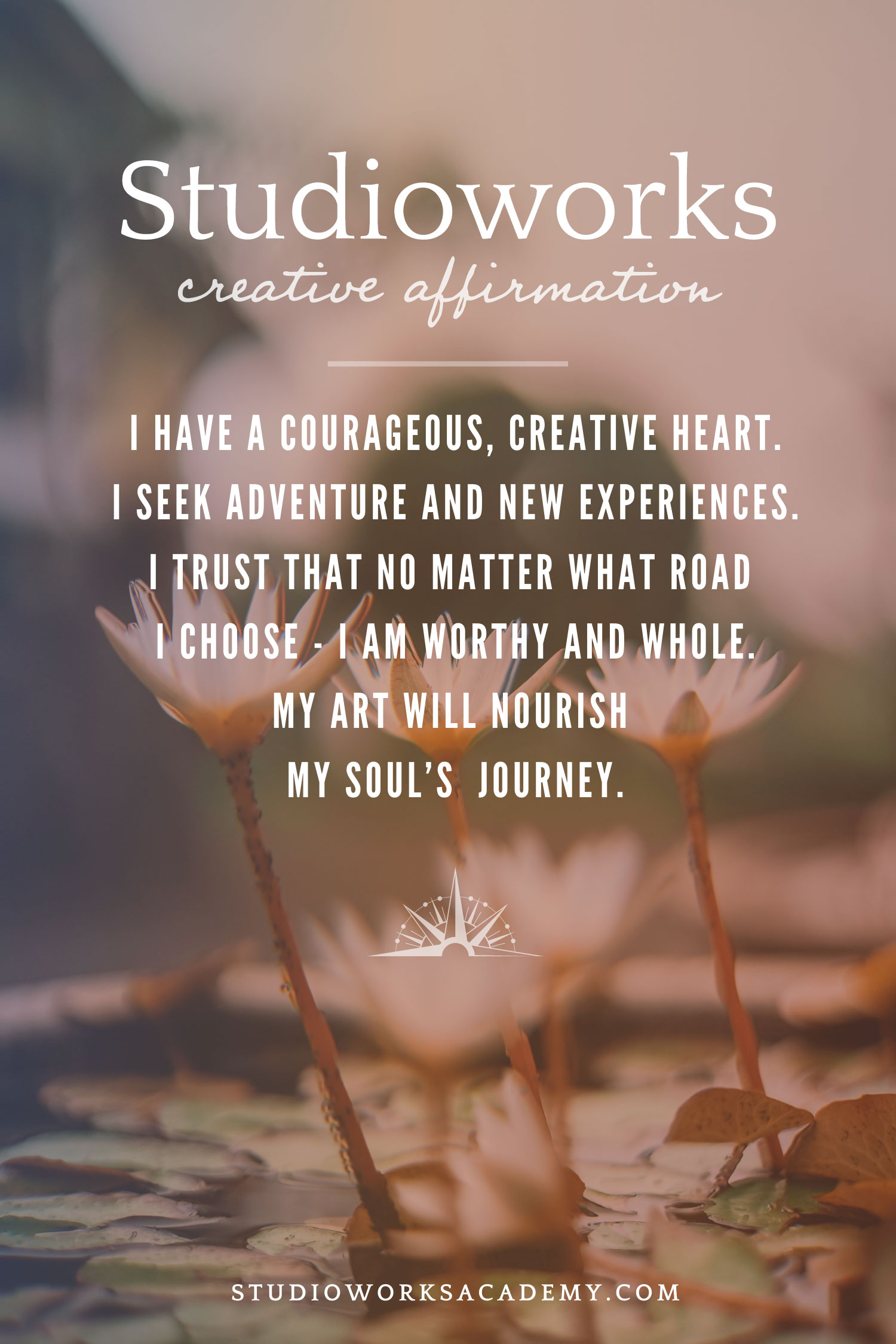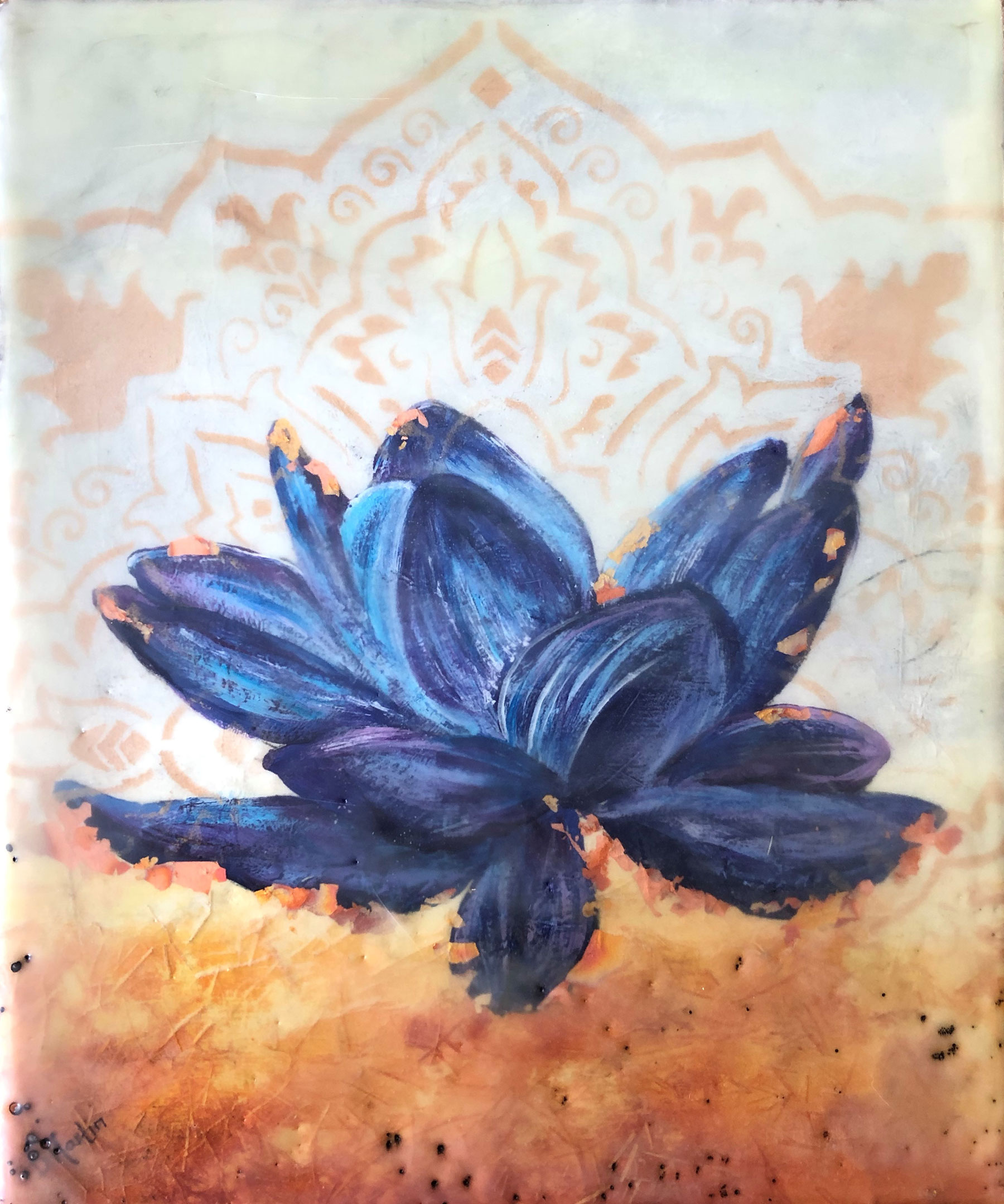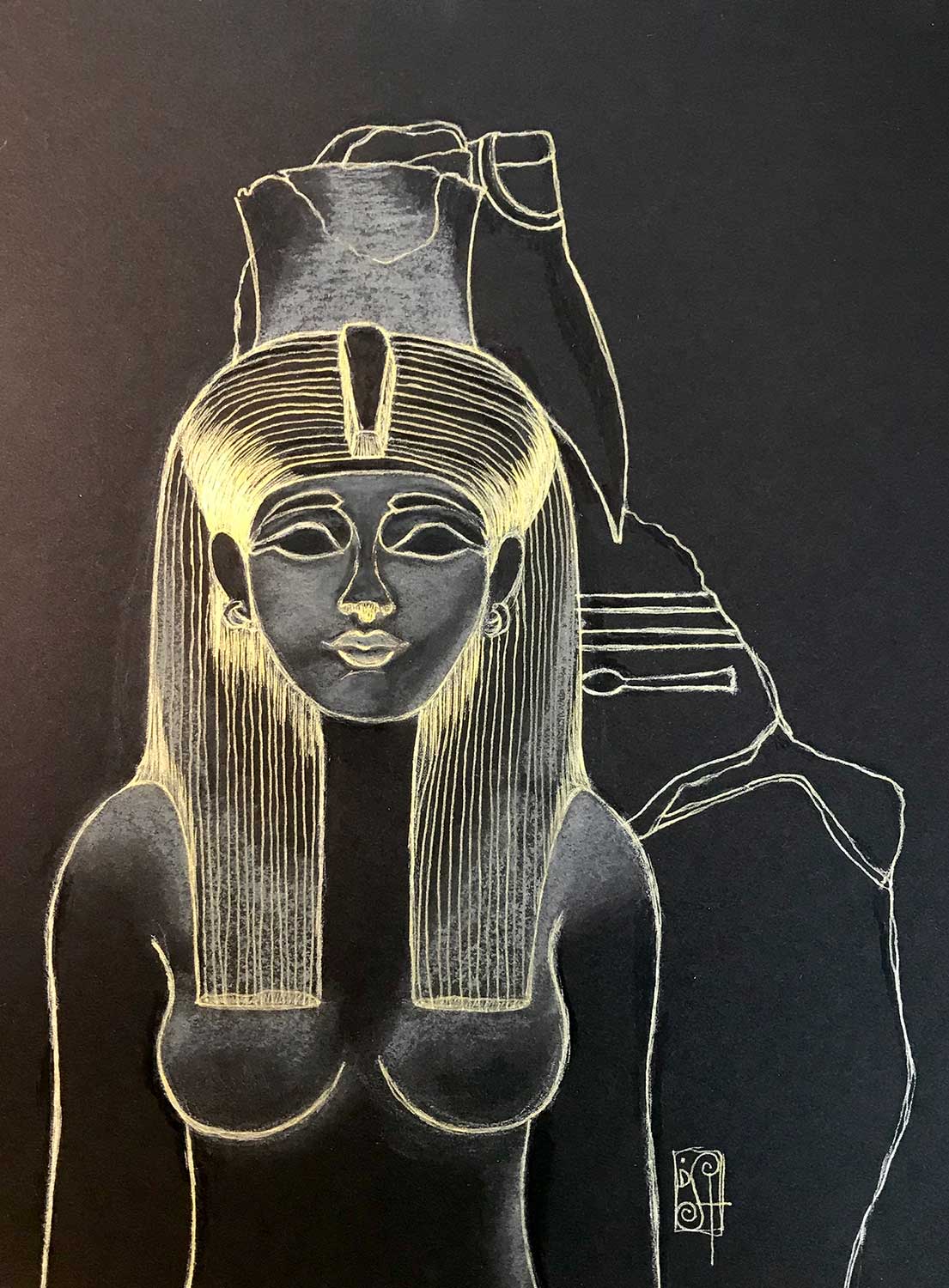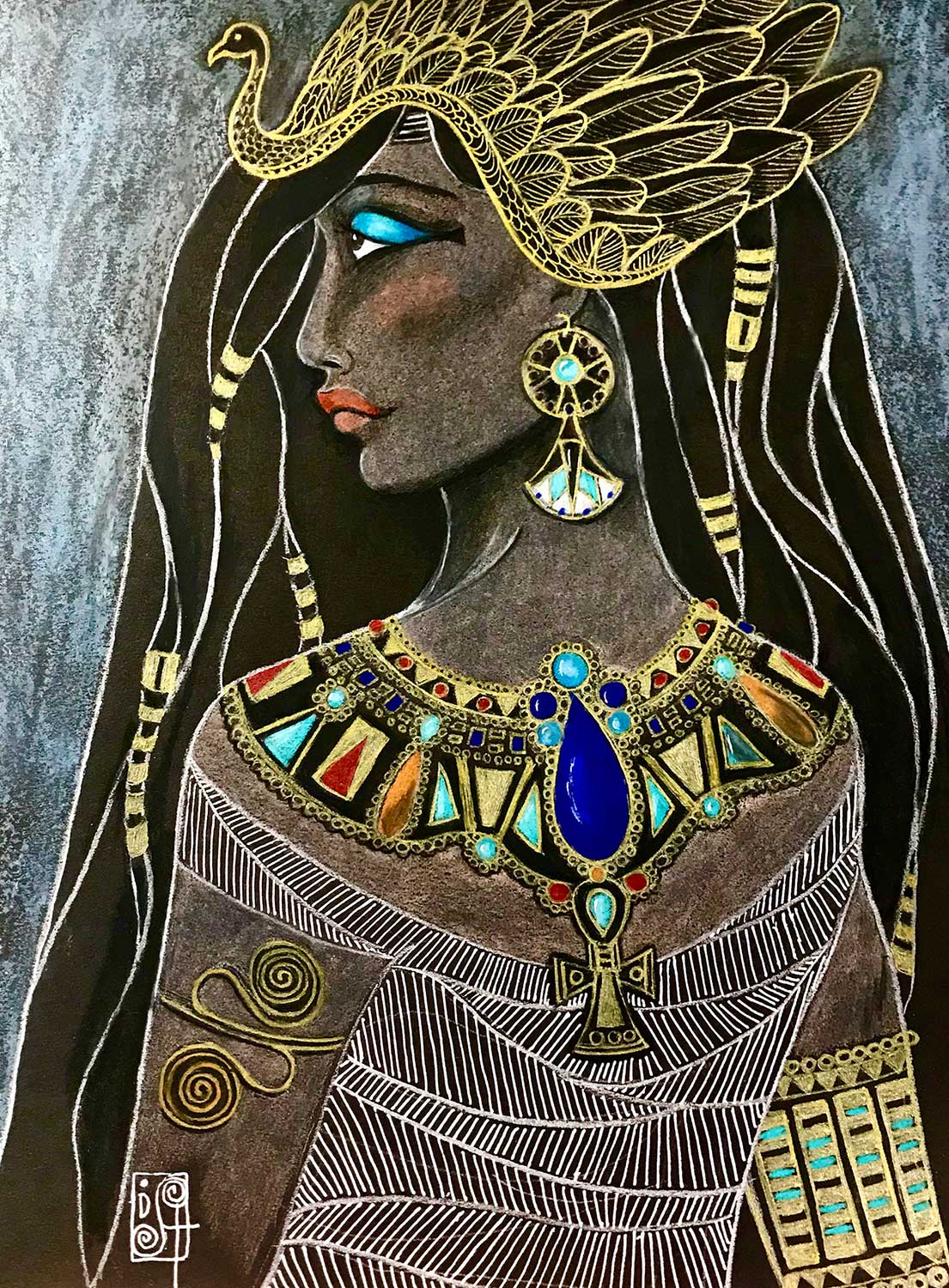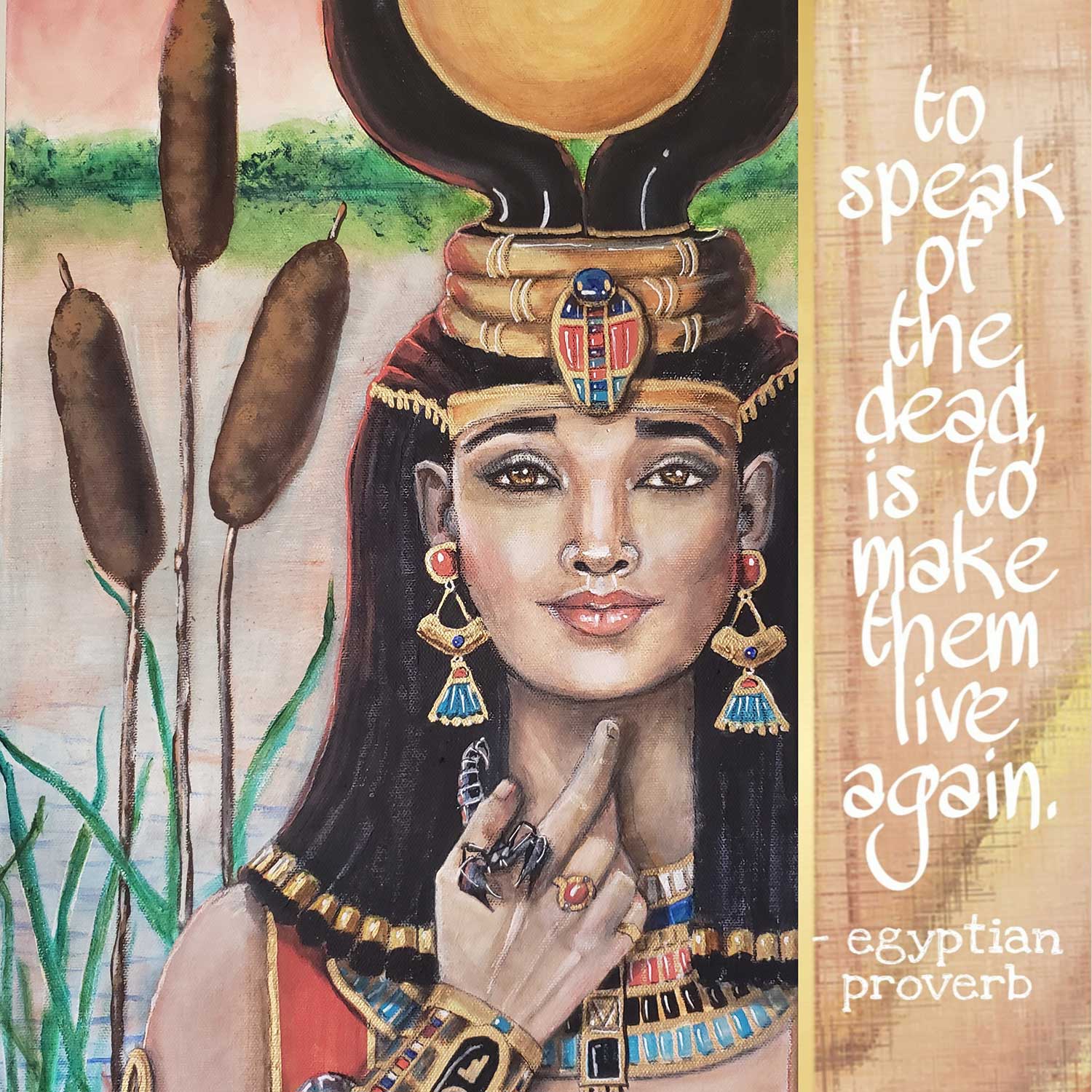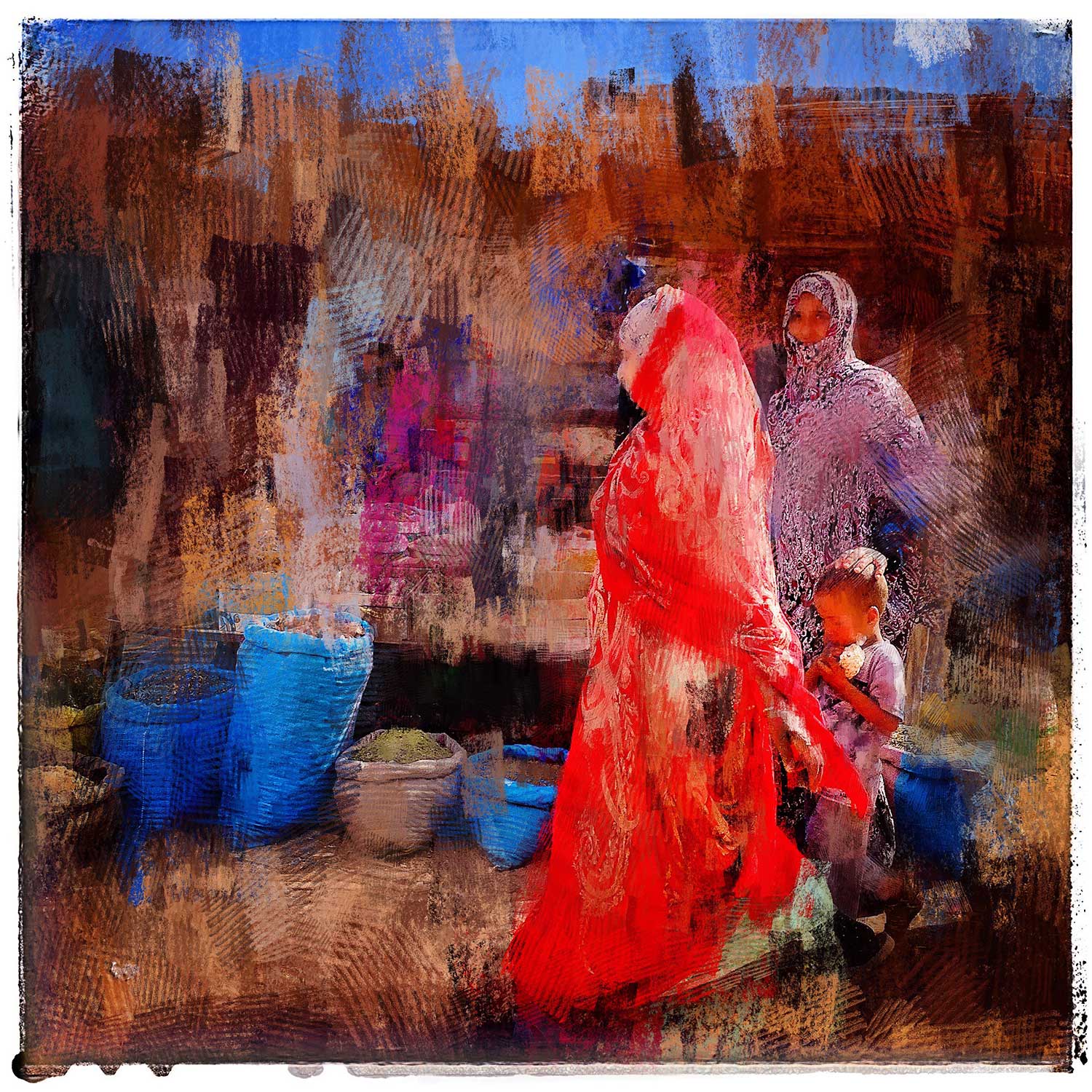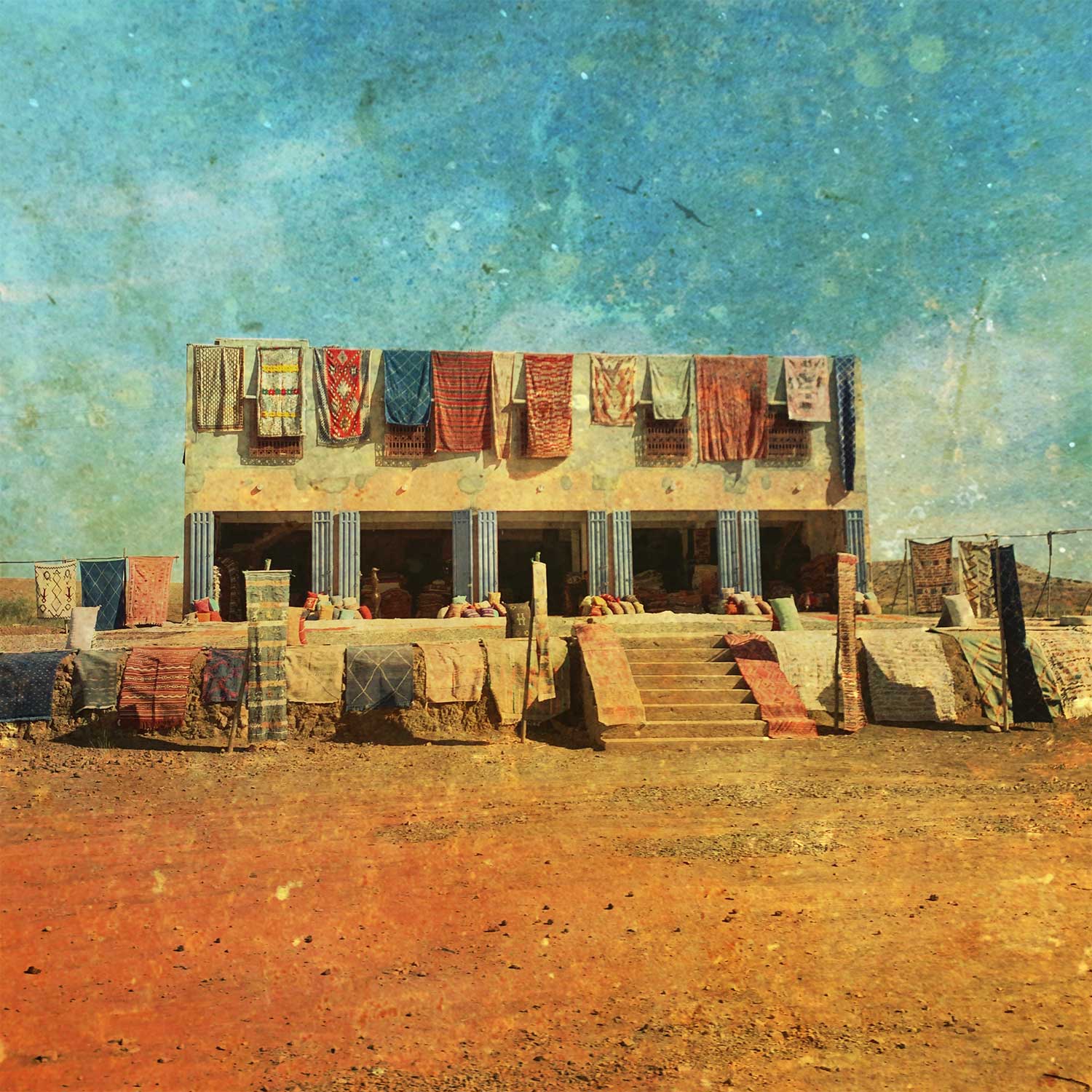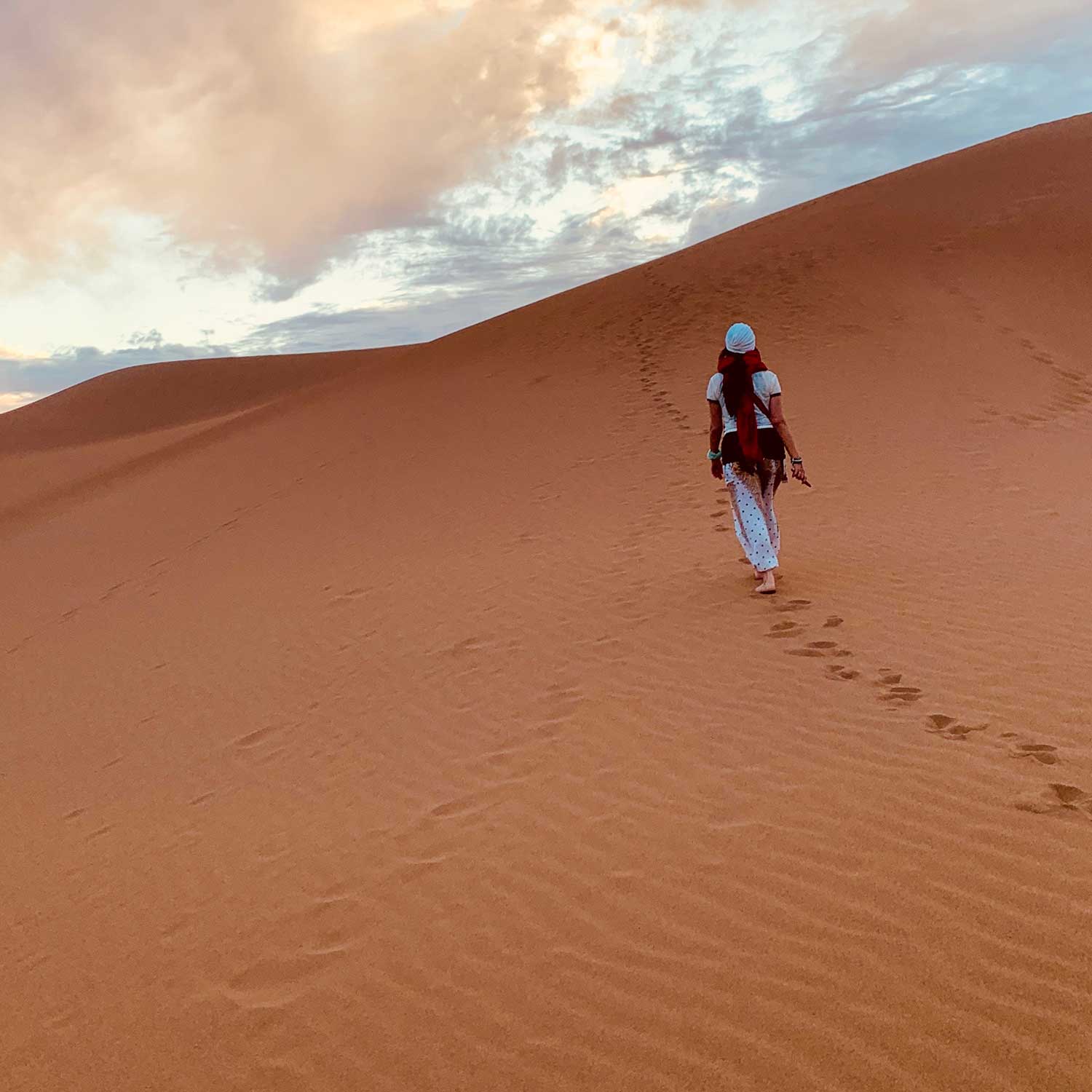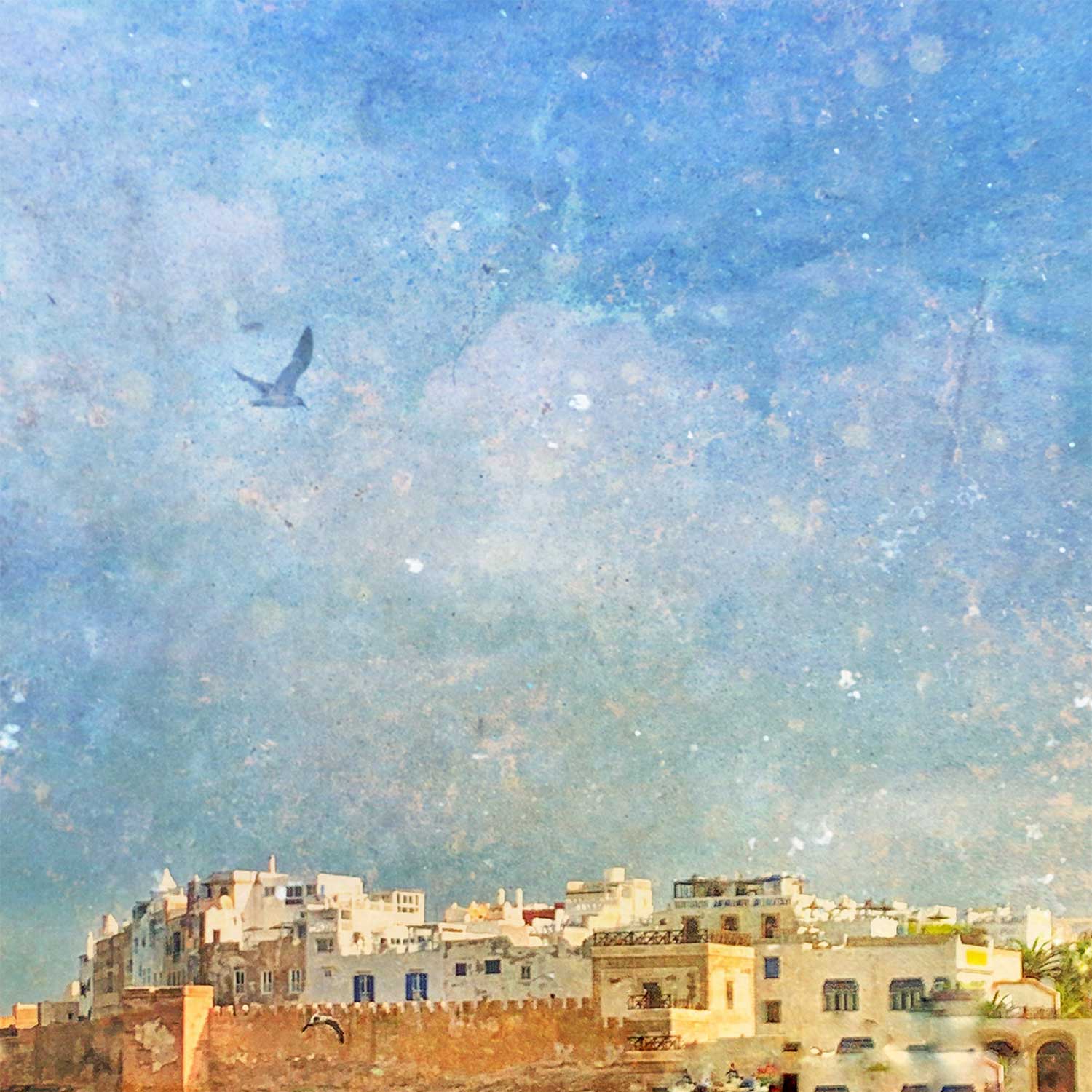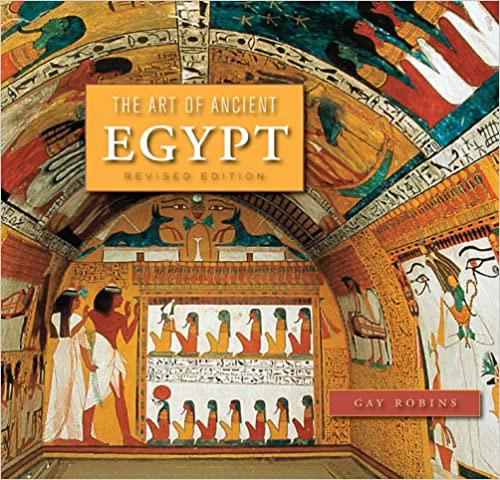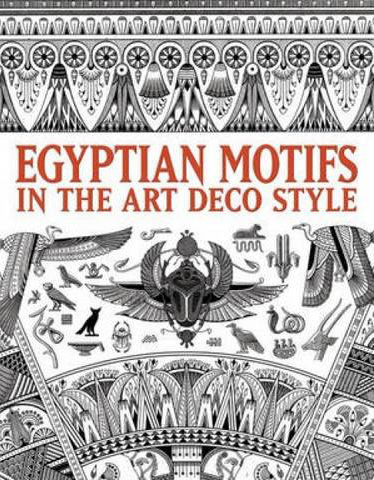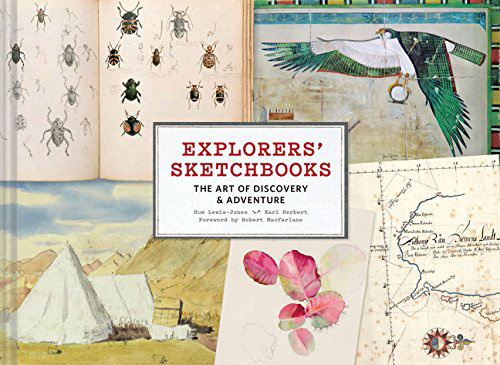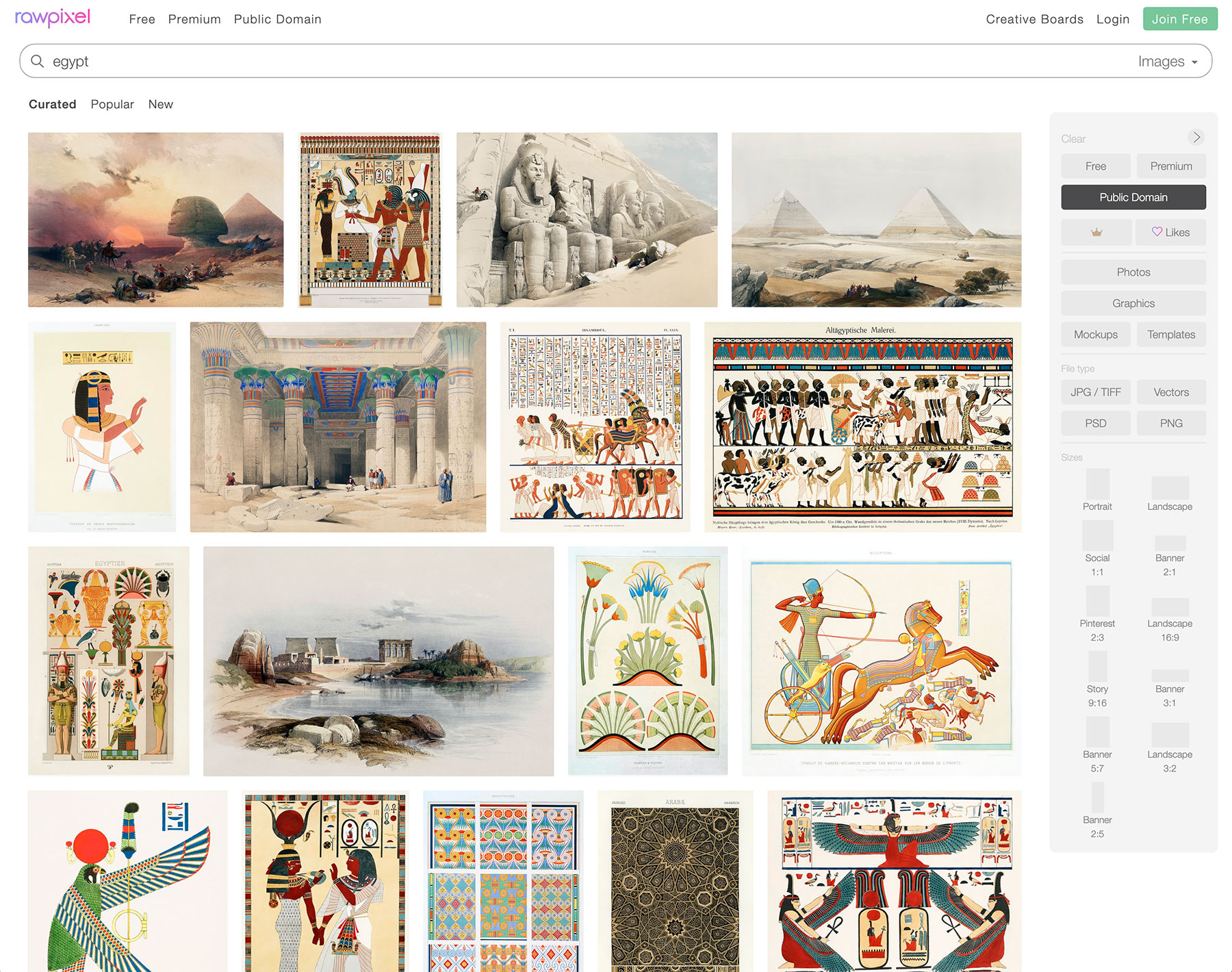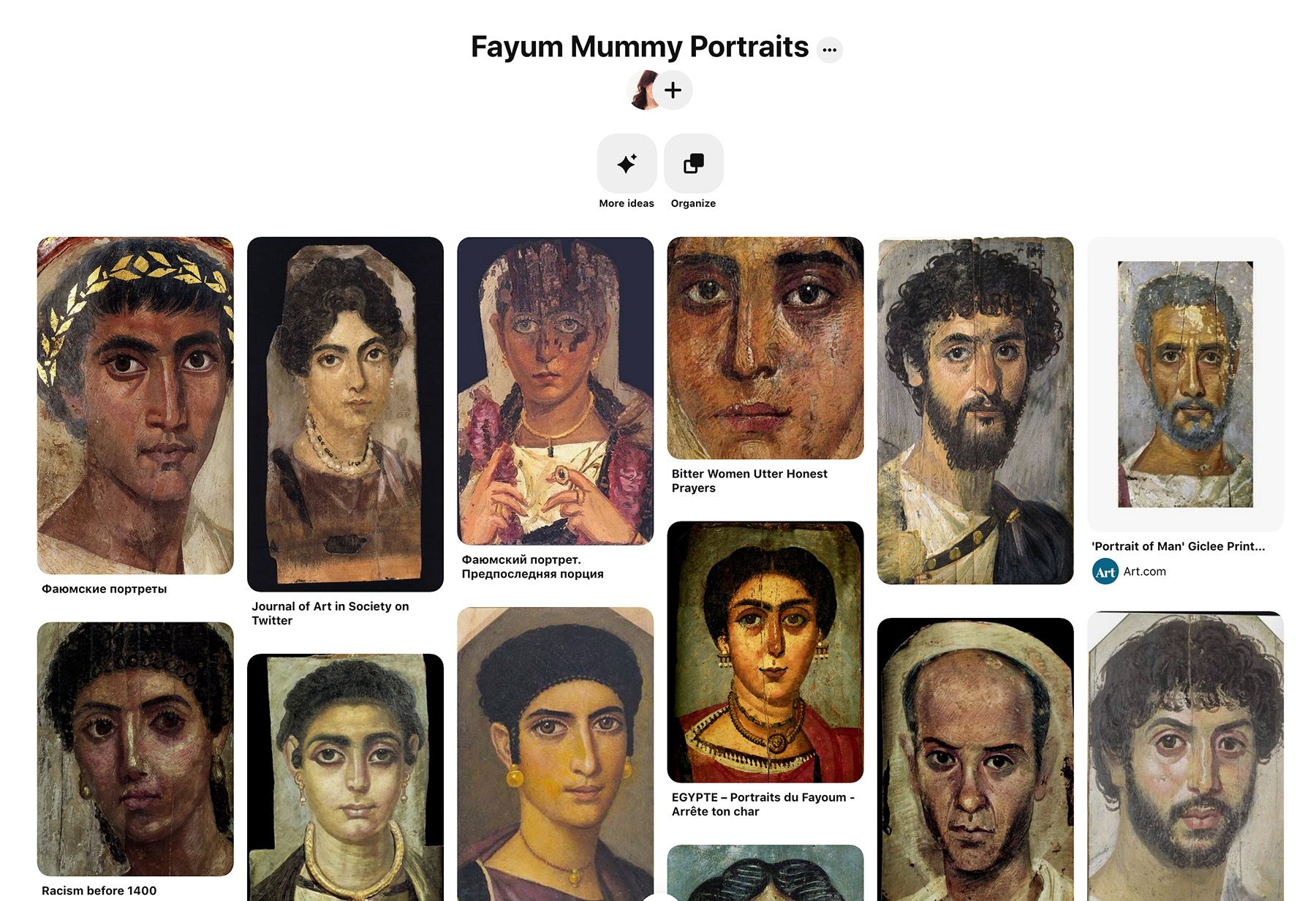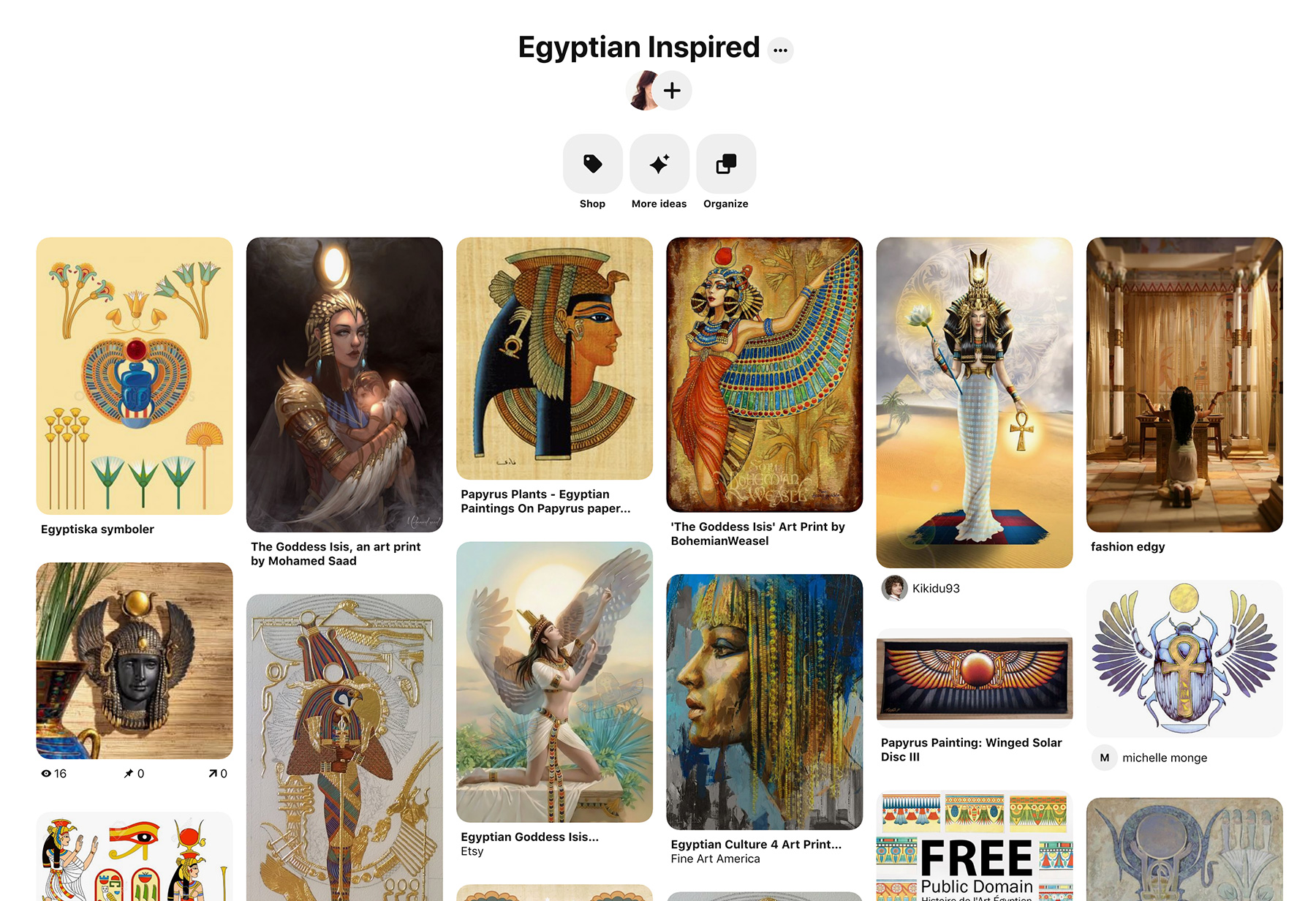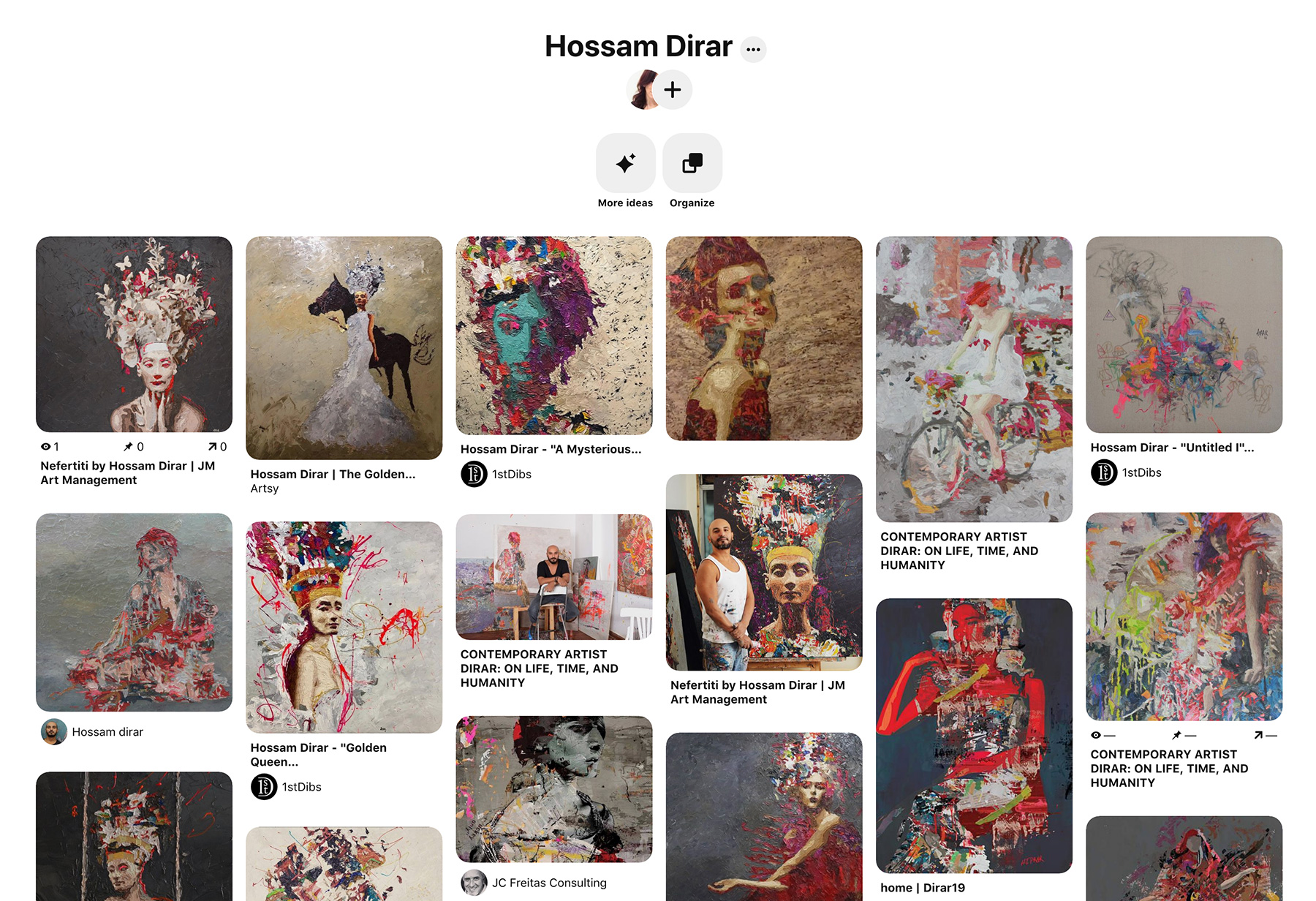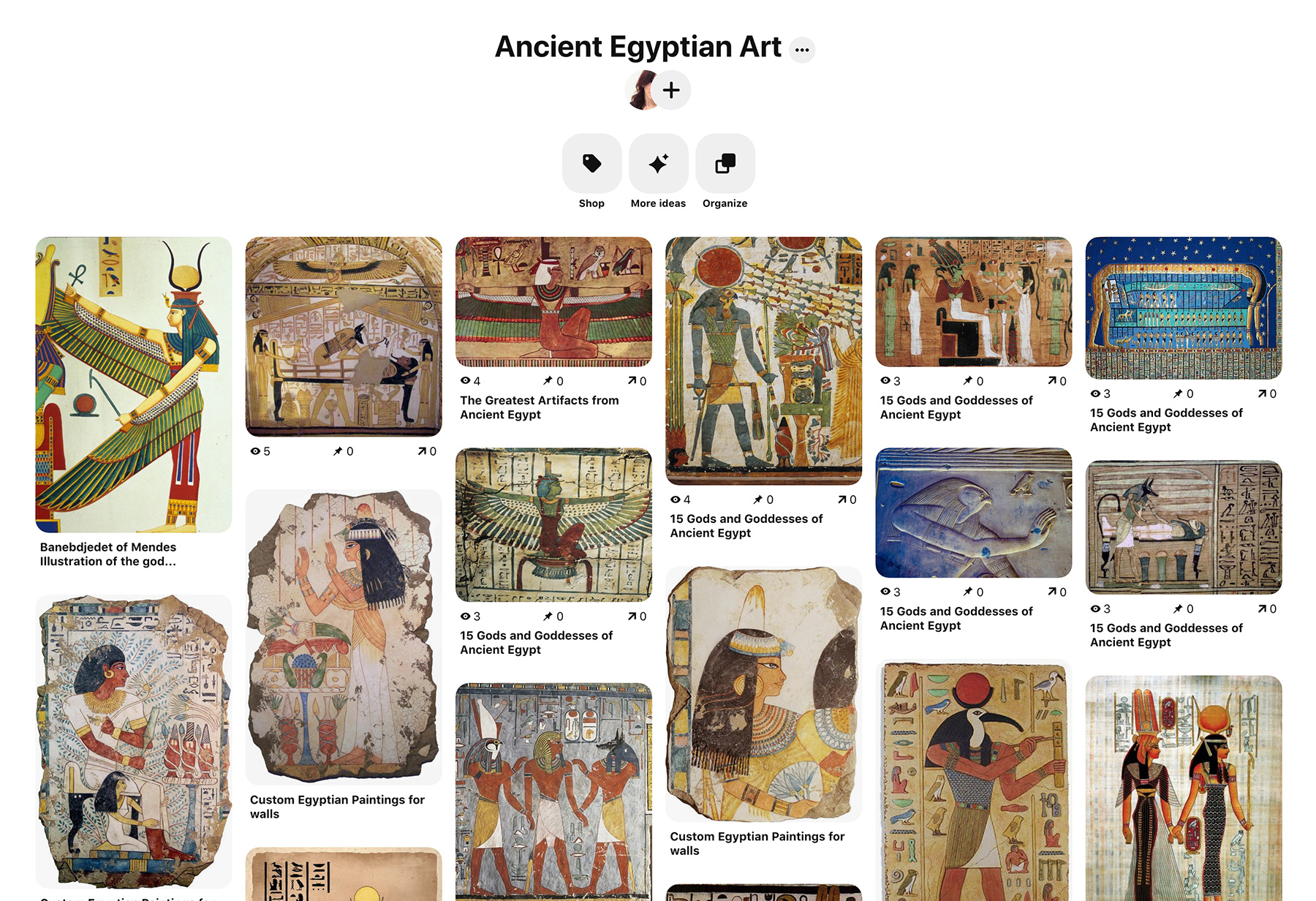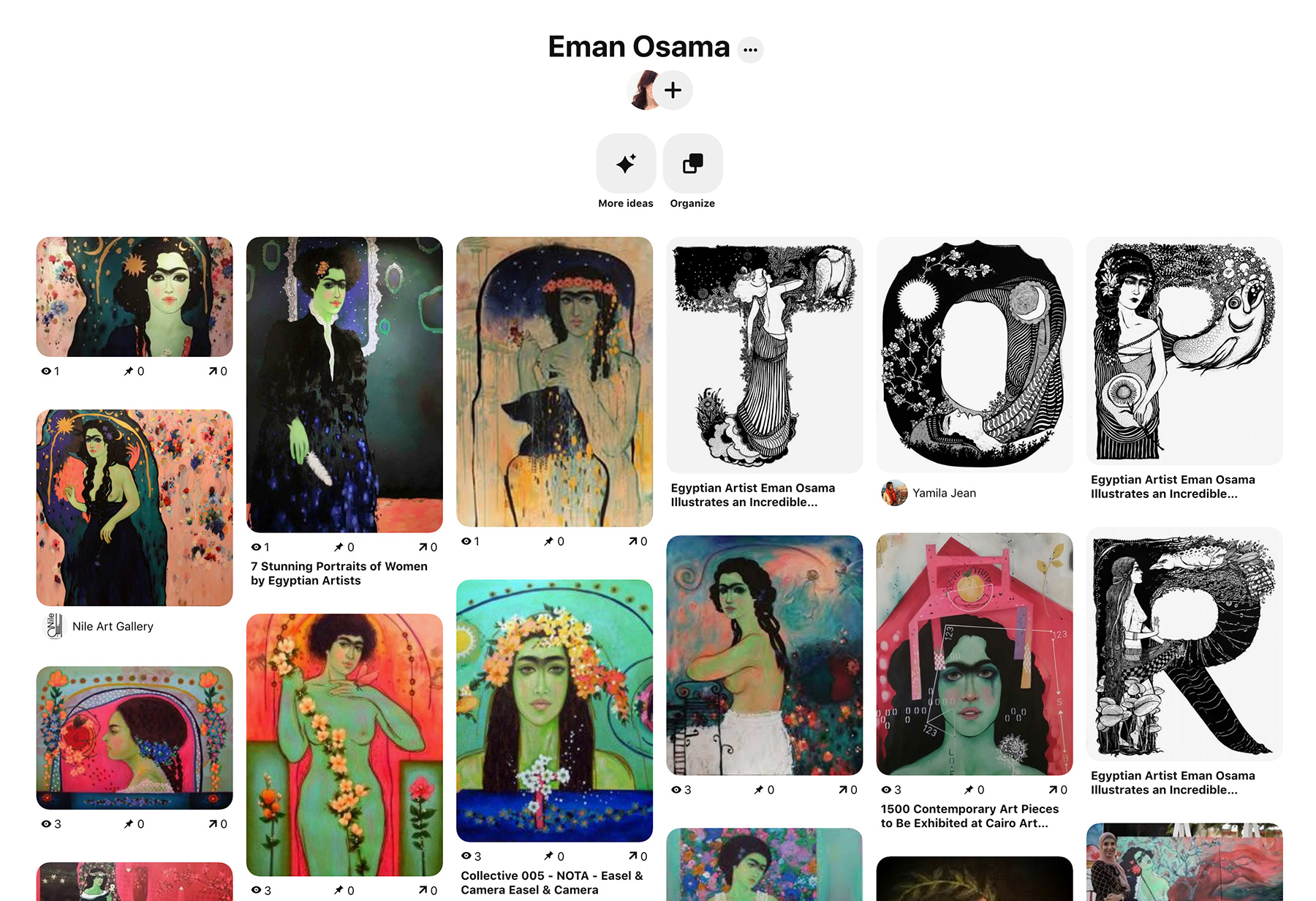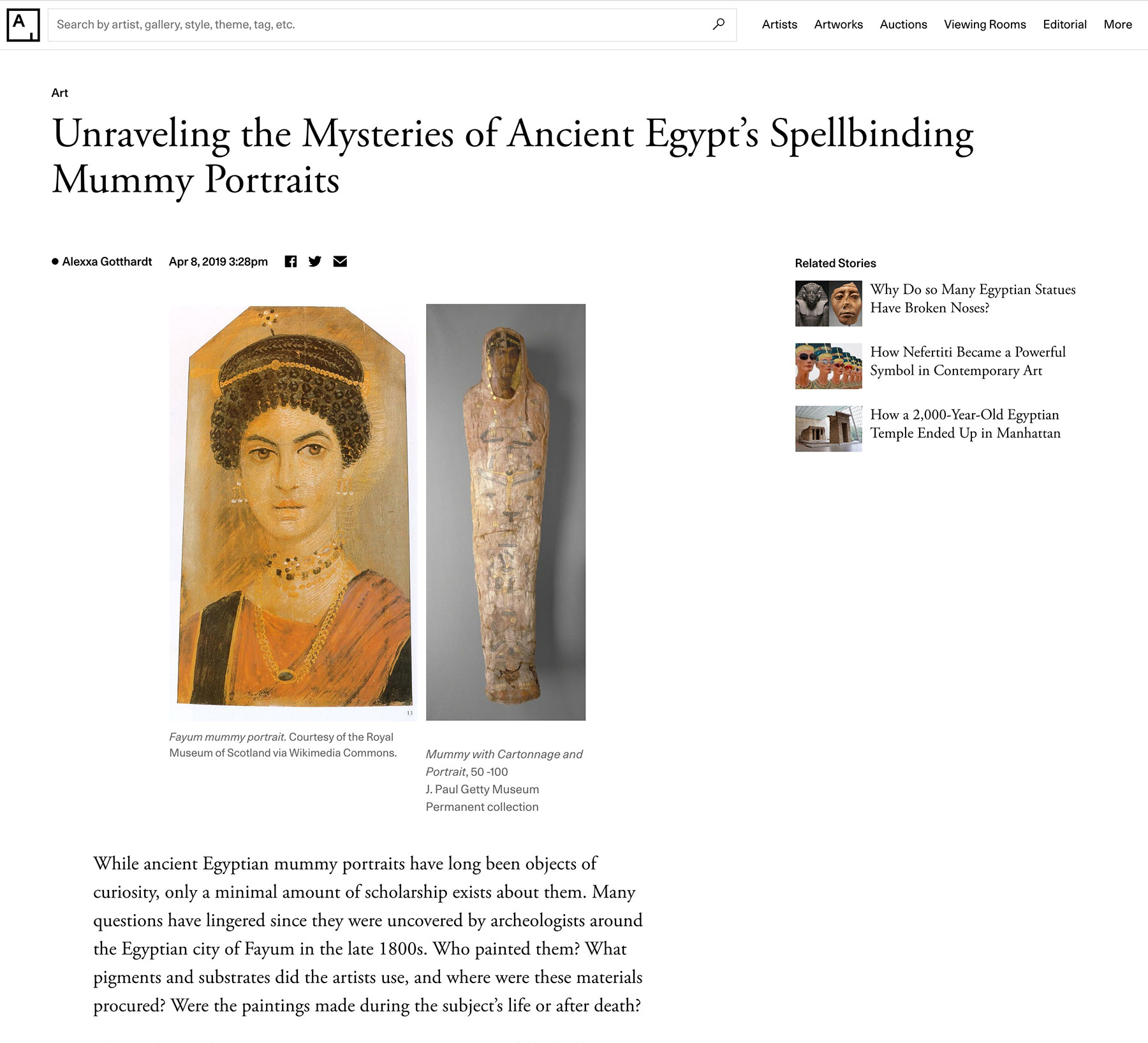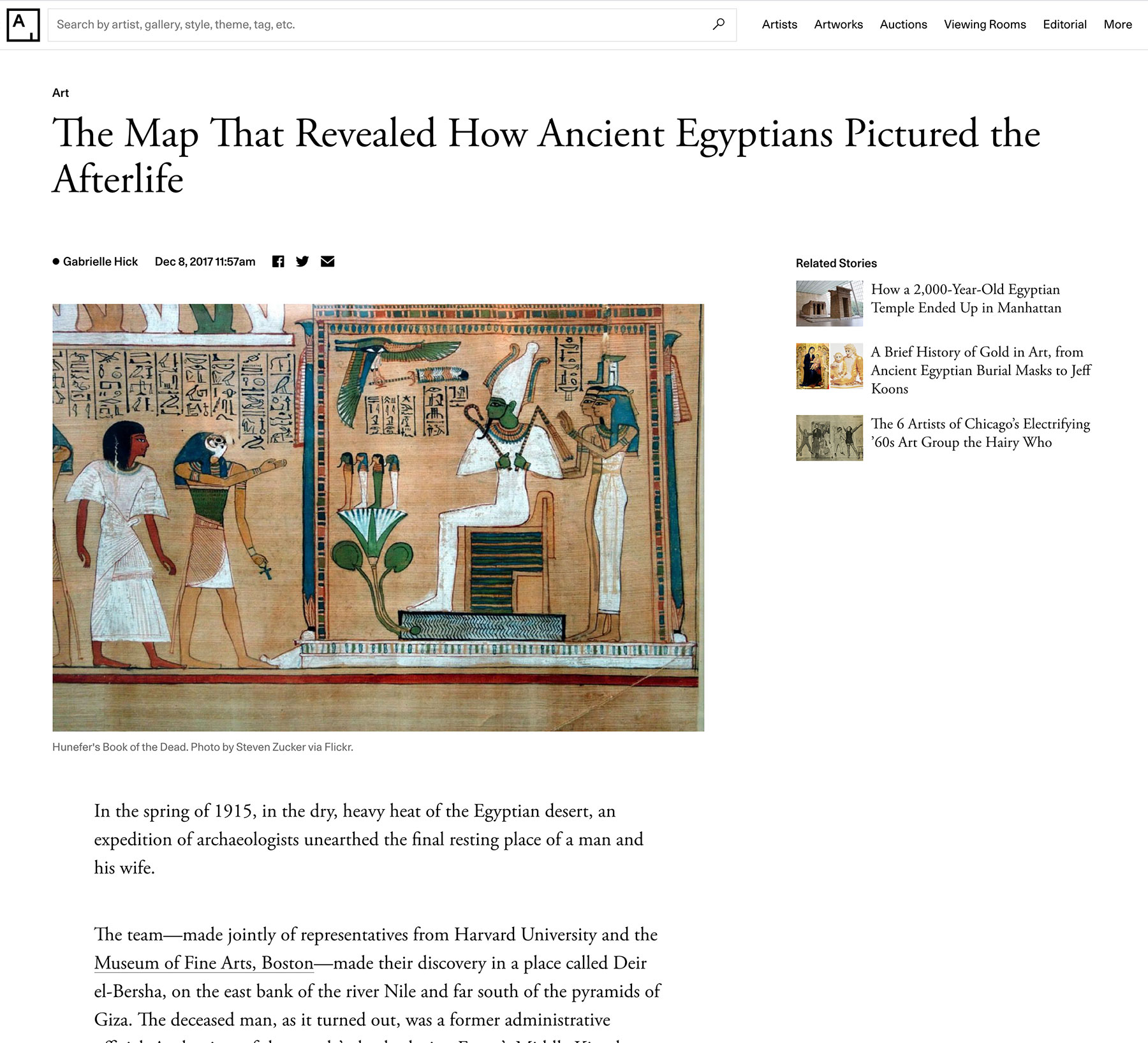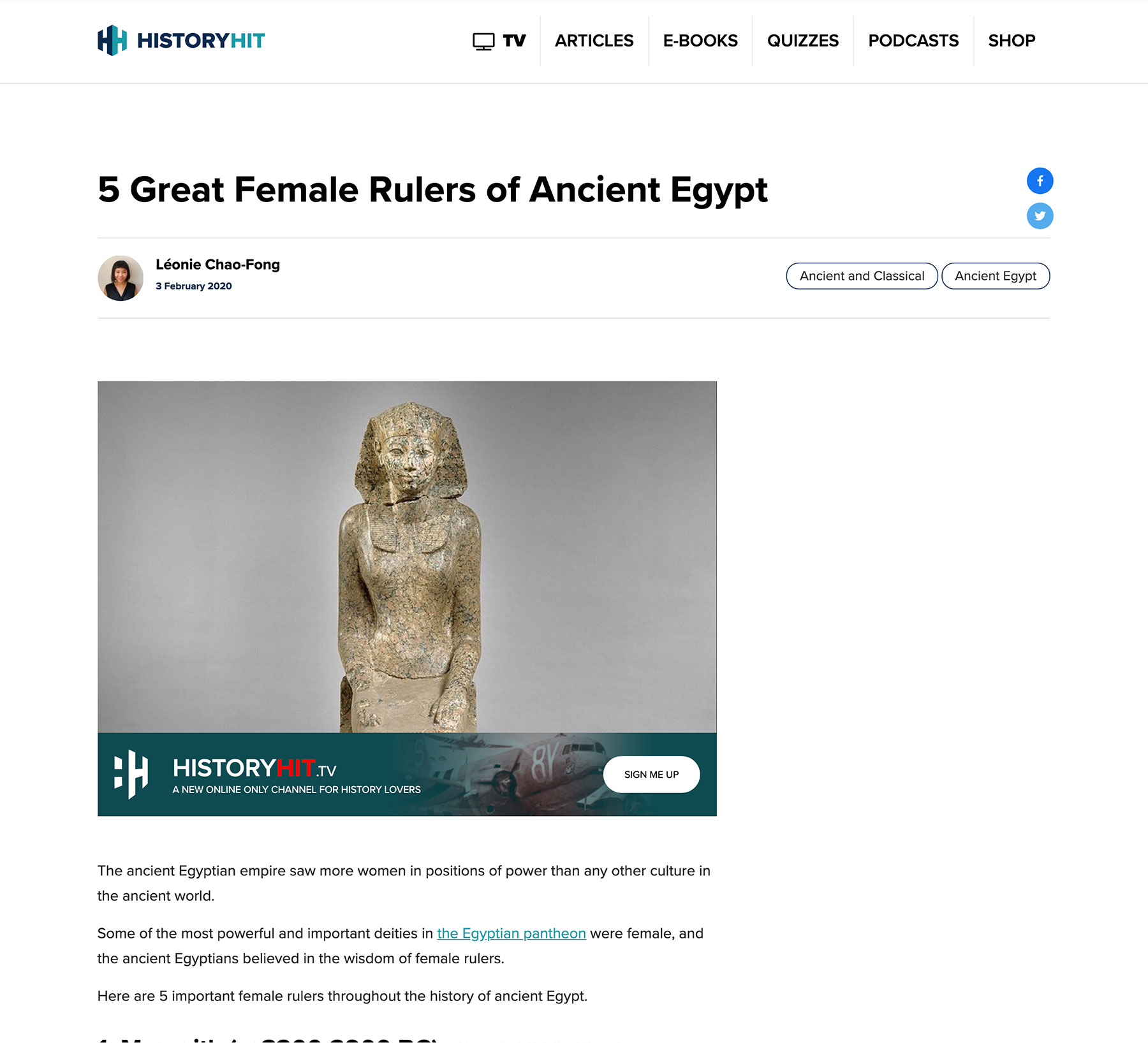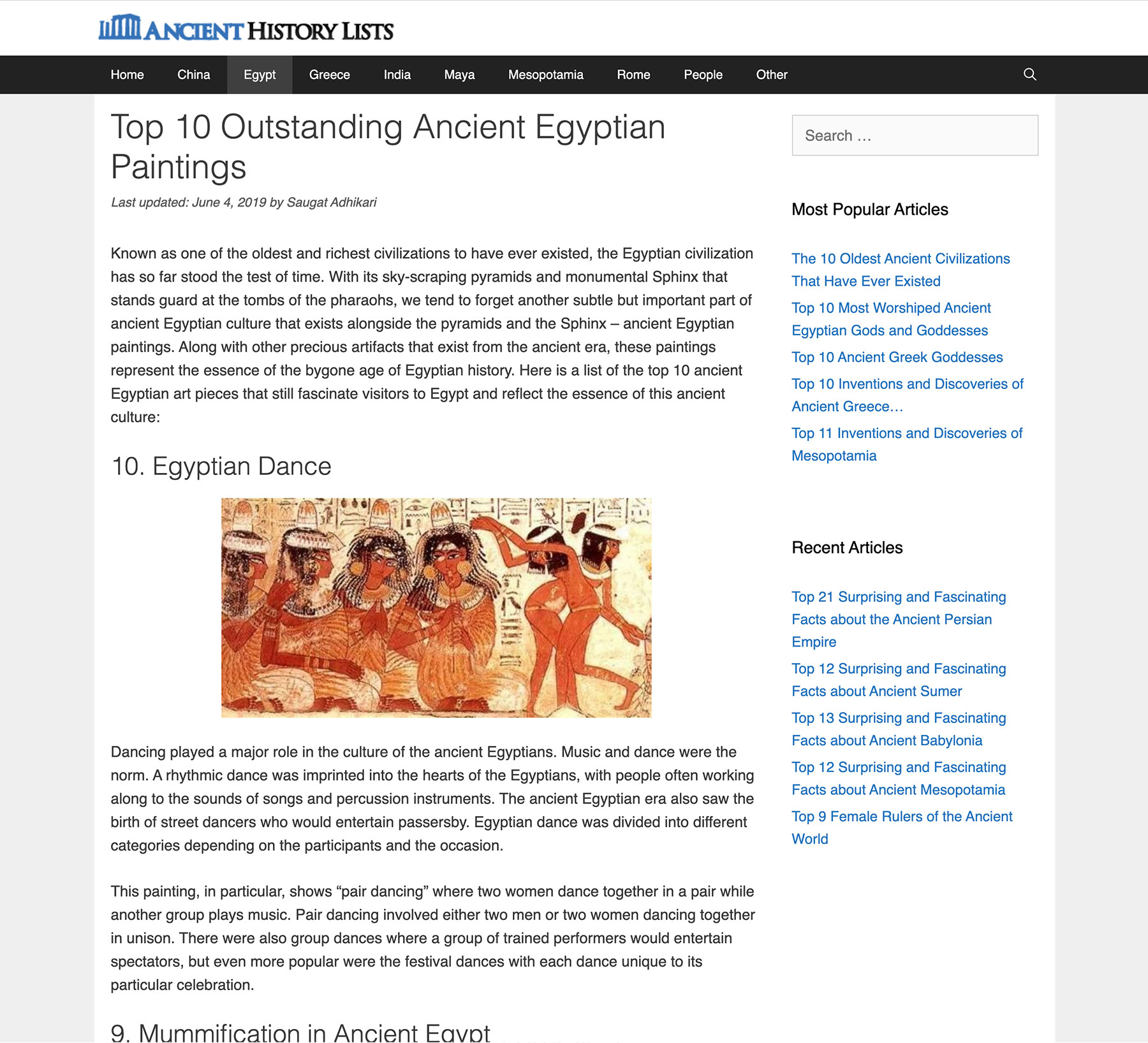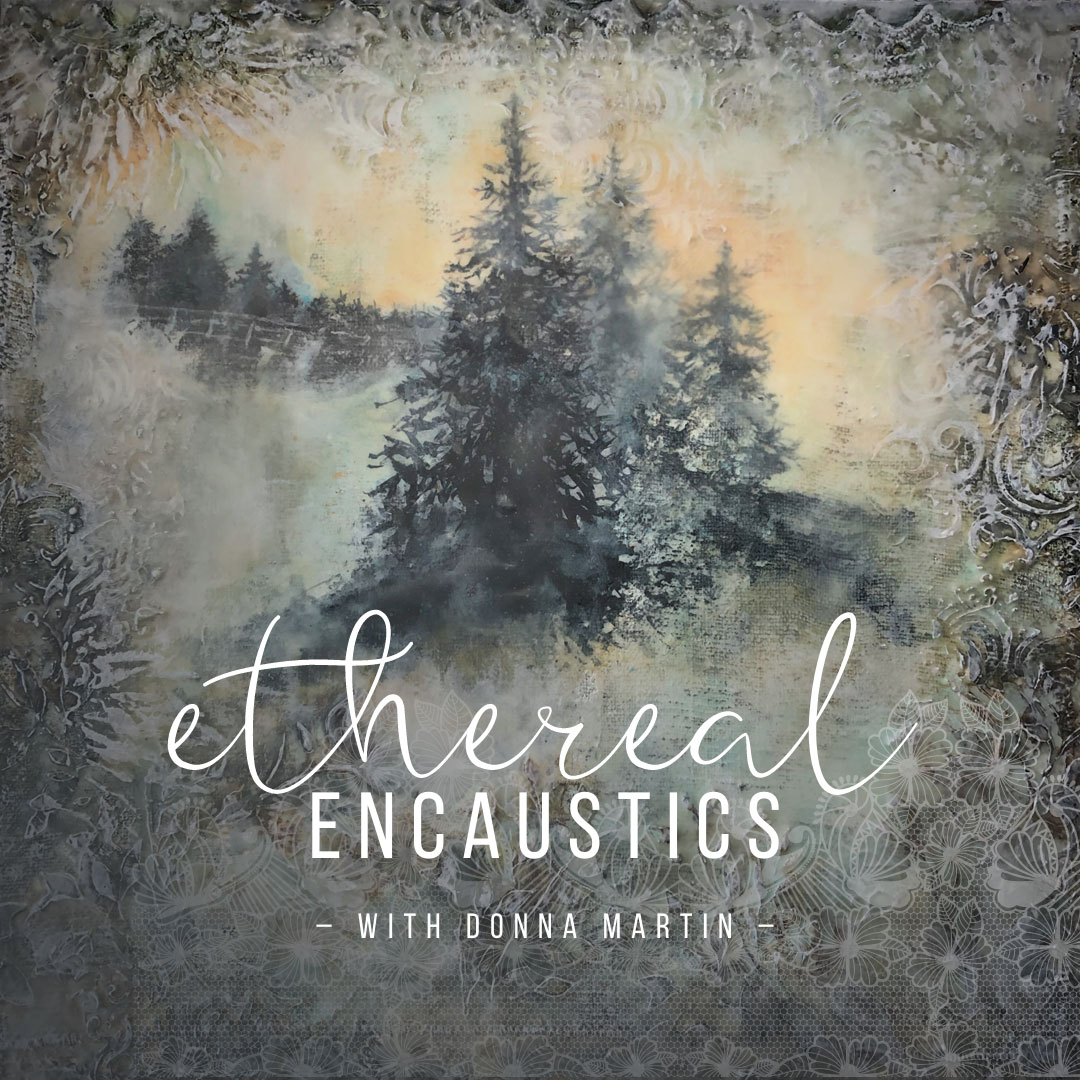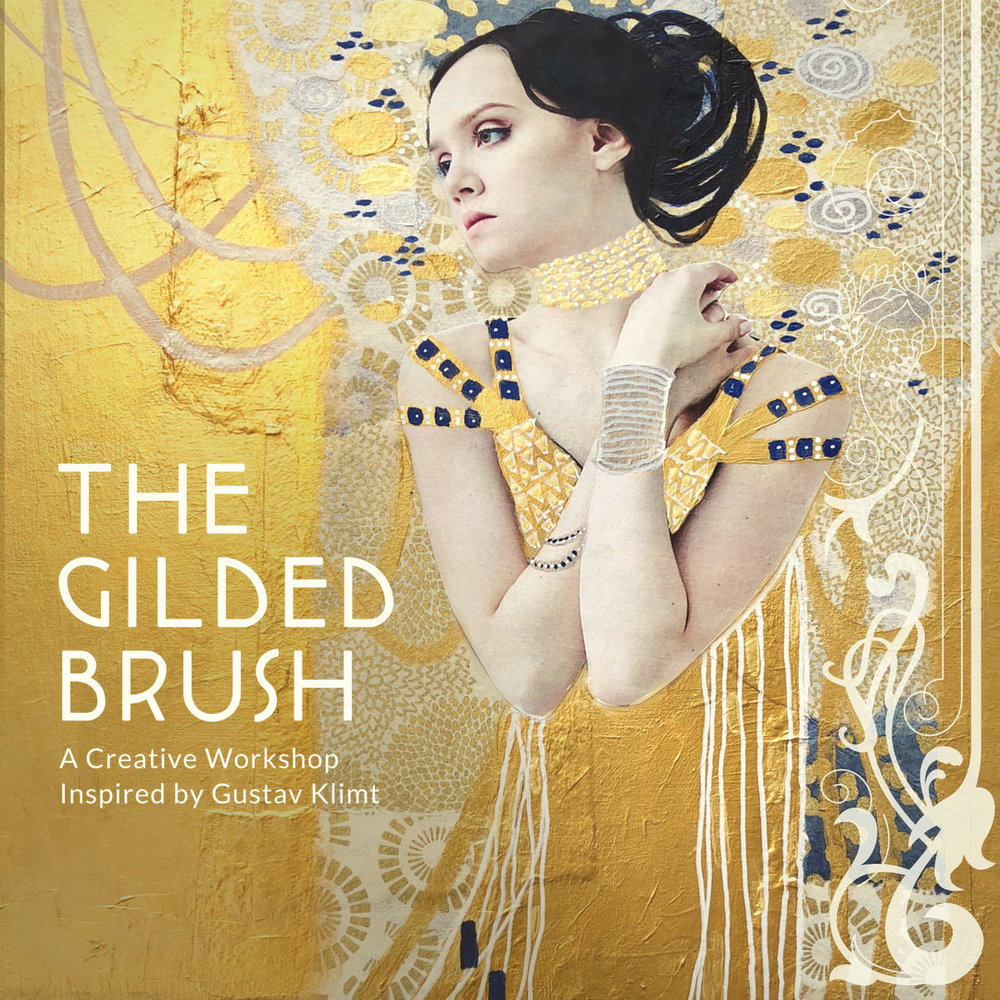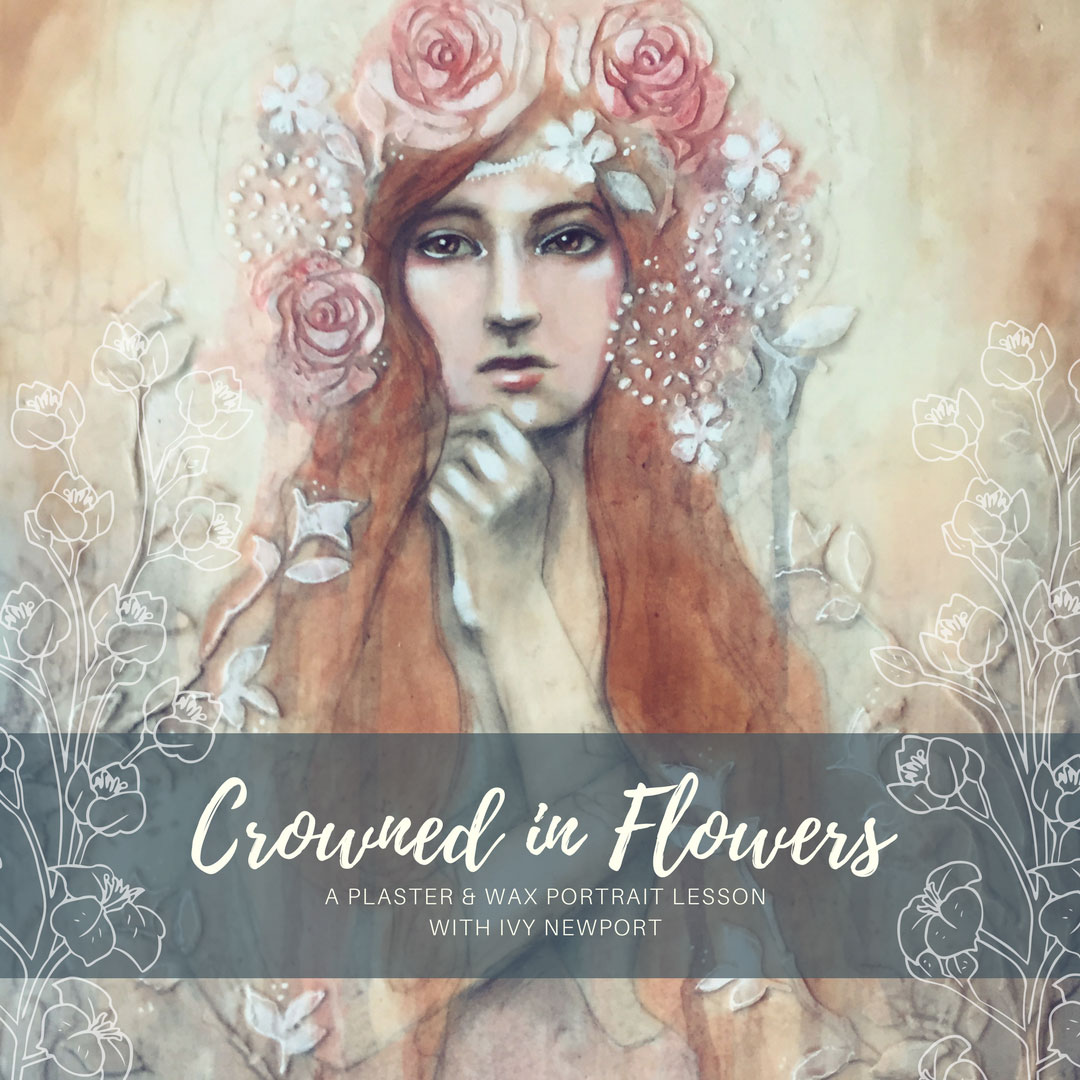IVY NEWPORT
Studioworks
Journal
a letter from ivy
Dear creative friends,
Welcome to Issue #22 of the StudioWorks Journal! As always, I’m super grateful you are here with me and I’m excited to share this with you. Many of you know, I have a deep love of adventure and travel – SO this month I’m thrilled to take you on a virtual journey to a land steeped in wondrous myth, culture, and inspiration!
Buckle in, we are headed to the ancient world of Egypt where we will explore the magic and mystery of Egyptian art! We will also discuss how vital having a spirit of adventure is to our creative process!
xo,

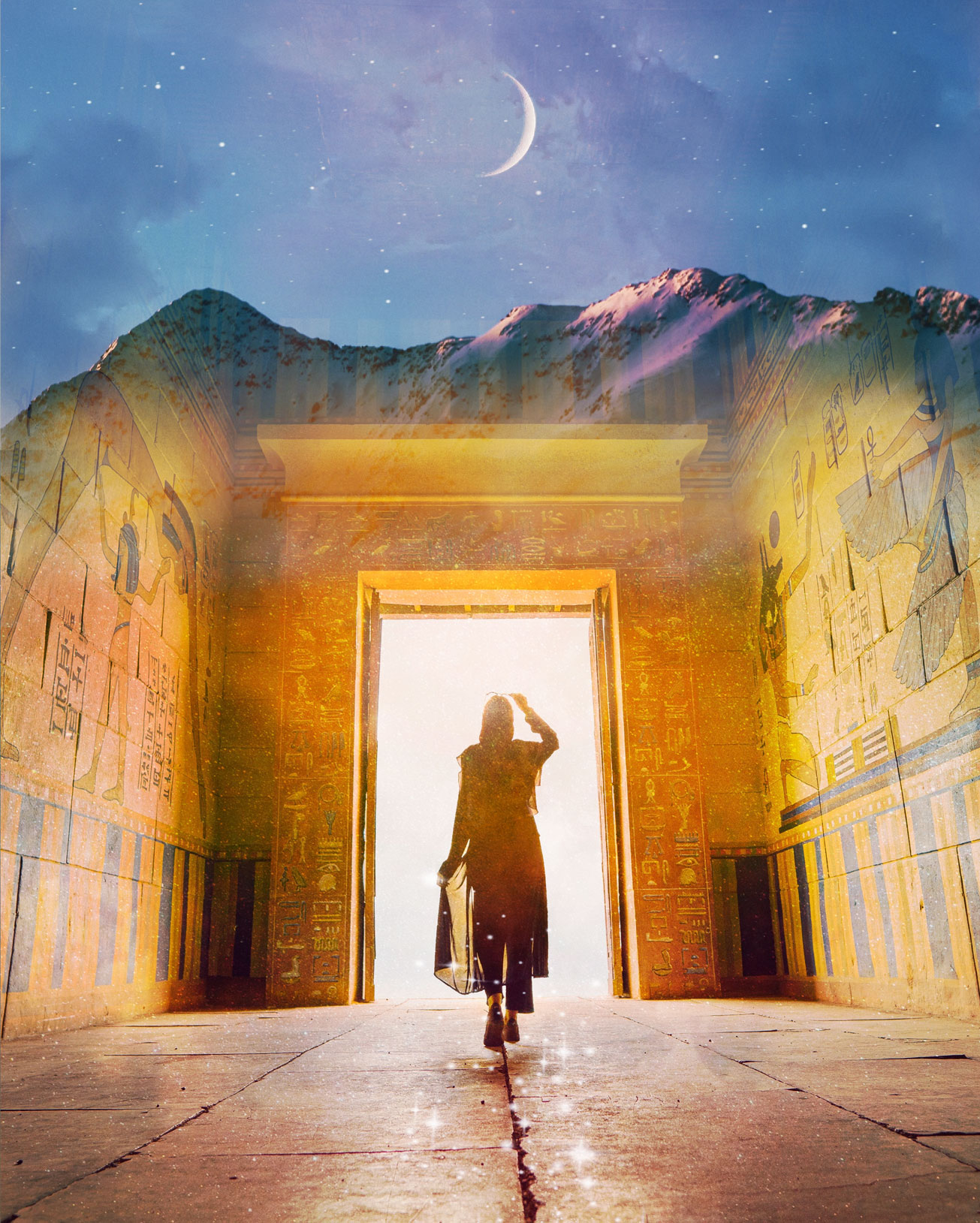
So you may be wondering, where do I start? To that, I say, wherever feels right to you. Each month we will have a theme, a creative affirmation, a power word, a color palette, sketchbook exercises, art projects, articles, recommended reading, and access to wonderful inspiration and resources. I want you to think of this as a delicious new magazine, you know the ones you occasionally splurge on, with soft, velvety pages, beautiful images, and inspiring content!
Each issue will invite you to explore your creative practice in whichever way works for you. Experience each issue at your own pace. Take what resonates with you and put the rest aside for another time.
Grab a cup of something lovely and dive in.
MONTHLY THEME
Adventure of the Heart
“Art must take to the road and risk all for the glory of adventure.”
– Lawren Harris
If you consider yourself an artist, you are also indeed, an adventurer. For adventure occurs within us not outside of us. When our hearts stir with inspiration and creative passion, when our hands move to create, we embark on an adventure. A journey full of unknown twists and turns, unseen outcomes, surprising encounters and layers of experience. So even if you never leave your studio, you travel into the inner realms of imagination, intangible worlds that have no boundaries but your own. Adventure inherently involves risk. Art inherently requires risk.
So while we take these risks and endure the unknown it’s best to align ourselves with an adventurous attitude right? The alternative means embracing fear, doubt and drawing that inner critic even closer. At each crossroad in our process we have a choice – do we forge ahead with an adventurer’s heart or do we allow our self-doubt to cripple us?
“Once an artist gets it in his mind that it’s a blooming adventure, then, and only then, everything falls into place and starts to work.”
– Joe Joseph P. Blodgett
I love this quote and the energy behind it! Isn’t it joyous when we allow for our art to unfold, when we allow ourselves to experience our creation as an adventure? This is indeed when our intuition, imagination, and innate childlike artist can take flight. This is when a “mistake” can become a doorway. A splatter of paint, a new form. A wandering line, a pathway. Too often we want our art to play out like directions on a map. Take a left here then a right there. We believe if we plan out the entirety of the journey that we won’t stumble. We won’t get lost. We won’t make mistakes. We will arrive at our predetermined destination. But we know this isn’t how it works right? Adventure isn’t like that. Art isn’t like that. The unknown, the bumps in the road, the wrong turns…these things stretch us and show us what we are capable of. They strengthen us and challenge us.
Now, I know not everyone can jump on a plane and go on a real-life adventure but adventure can happen in everyday life. You can drive a new way home or grab a coffee at a new cafe. Visit a park you’ve never been before or hike a new trail. Crack open a book about a land you’ve never visited. Taste different foods. Listen to interesting music.
You may think well yeah all that sounds fun but what does that have to do with my creative practice? Well, actually A LOT! Brand new experiences enrich your senses, and of course, our senses are what we interact with when we create! Tastes, sounds, smells, textures, and of course sights can inspire our creative muse! Your inner artist LOVES adventures! Adventures of all kinds.
You don’t have to go to Italy to be inspired by all the gifts it has to offer. Research it. Cook Italian food. Study Italian artists. Gaze at Italian landscapes in books or online! Never limit yourself when it comes to Artistic Adventures. I guarantee these practices will feed your soul and ignite inspiration! Don’t neglect your Adventurous heart!
“Until you step into the unknown, you don’t know what you’re made of.”
– Roy T. Bennett
ART ADVENTURE PROMPT :
Make a list of all the places that you long to travel to. Choose to study one or more of these places during the month and see what inspiration you can glean from this!
“The purpose of life, after all, is to live it, to taste experience to the utmost, to reach out eagerly and without fear for a newer and richer experience.”
– Eleanor Roosevelt
Adventure of the Heart
WORD OF THE MONTH
Adventure
An undertaking usually involving danger and unknown risks, an exciting or remarkable experience, to proceed despite the risk.
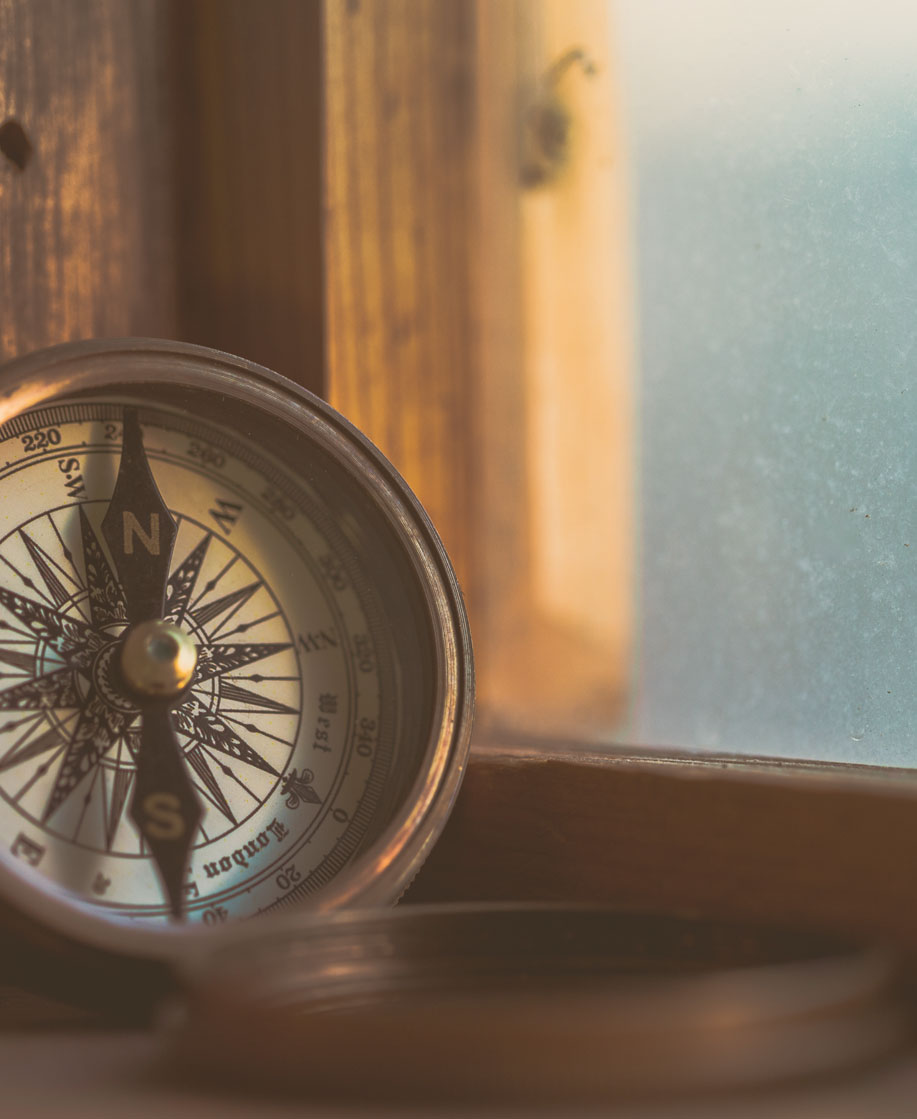
HISTORY AND ETYMOLOGY FOR ADVENTURE
First used in the 15th Century. From the Middle English aventure, adventure (with -d- restored from Latin) meaning – “fortune, chance, occurrence, risk, enterprise, wonder,” borrowed from Anglo-French, going back to Latin *adventūra “what will happen,” going back to Latin, feminine singular (originally plural) of adventūrus, future participle of advenīre “to arrive at, reach, arise, develop”
“Don’t die without embracing the daring adventure your life was meant to be.”
– Steve Pavlina
Word of the Month : Adventure
ARTISTIC ADVENTURER
Writing Prompt
As previously discussed, as artists, adventure is in our blood – whether you know it or not! So let’s explore this further. Let’s speak to that courageous aspect of your artist’s heart.
Take at least 10 minutes of meditation before you begin to write. Set an intention that you are going to be open to this writing session and that you welcome all loving wisdom.
Let’s begin by asking some questions and have faith that you have the answers. Take deep breaths after you ask, then wait for the urge to write the answer. Don’t question your answers.
In your journal or sketchbook list these questions…
1. What aspects of my art-making feels like an adventure?
2. How can I invite more adventure/new experiences into my everyday life?
3. What adventures have I had from the past that I still think about today? Why? What made these impactful experiences?
4. If you could travel anywhere right now, where would you go? Why? What inspires you about this place?
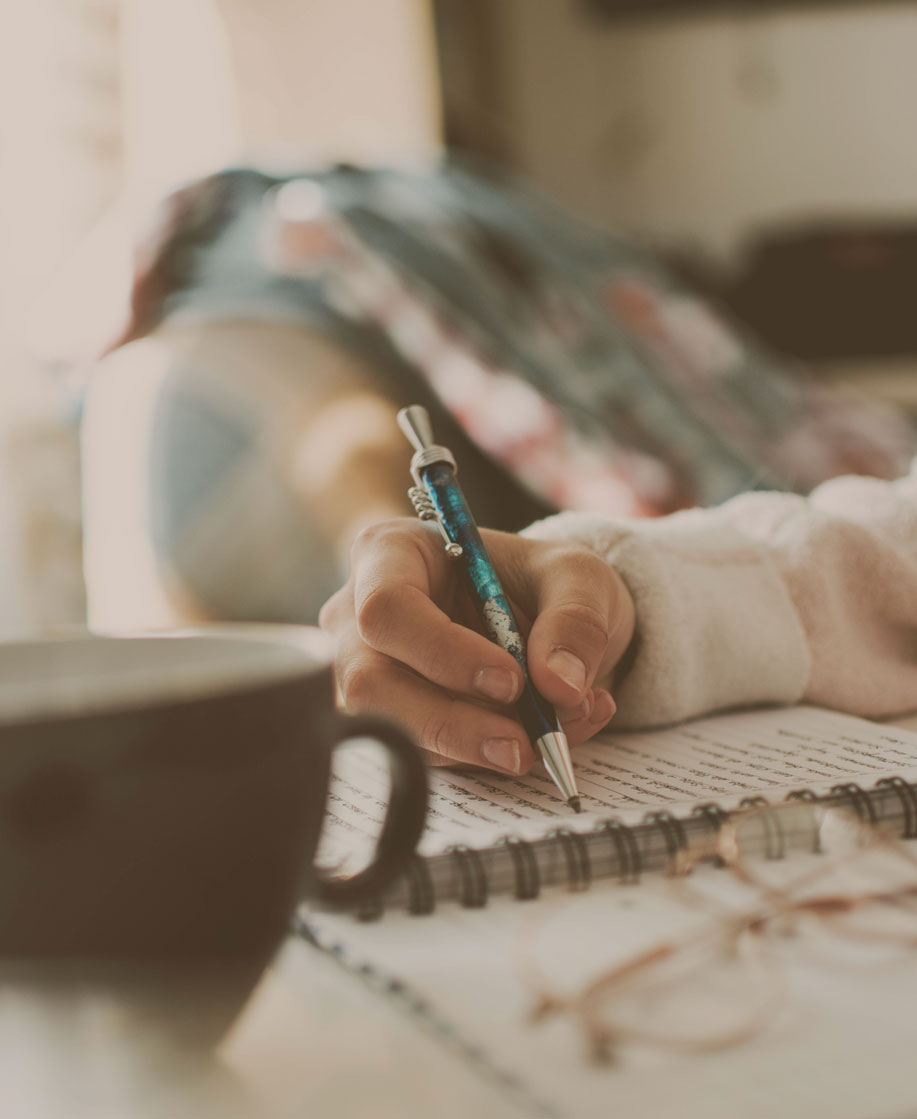
“We live in a wonderful world that is full of beauty, charm, and adventure. There is no end to the adventures we can have if only we seek them with our eyes open.”
― Jawaharial Nehru
ARTISTIC ADVENTURE PROMPT :
From your stash of art supplies, pick a medium you have never used (or rarely use) and have a full studio session dedicated to exploring this medium. Make it an art adventure!
Artistic Adventurer - Writing Prompt
Monthly Affirmation
Each month we will have a positive affirmation. I recommend you print out this affirmation and put it in your sketchbook or somewhere in your studio. Recite the affirmation out loud each time you show up to create. Saying words aloud is powerful and can begin to re-write some of our own limiting beliefs or calm our fears. Try it now…
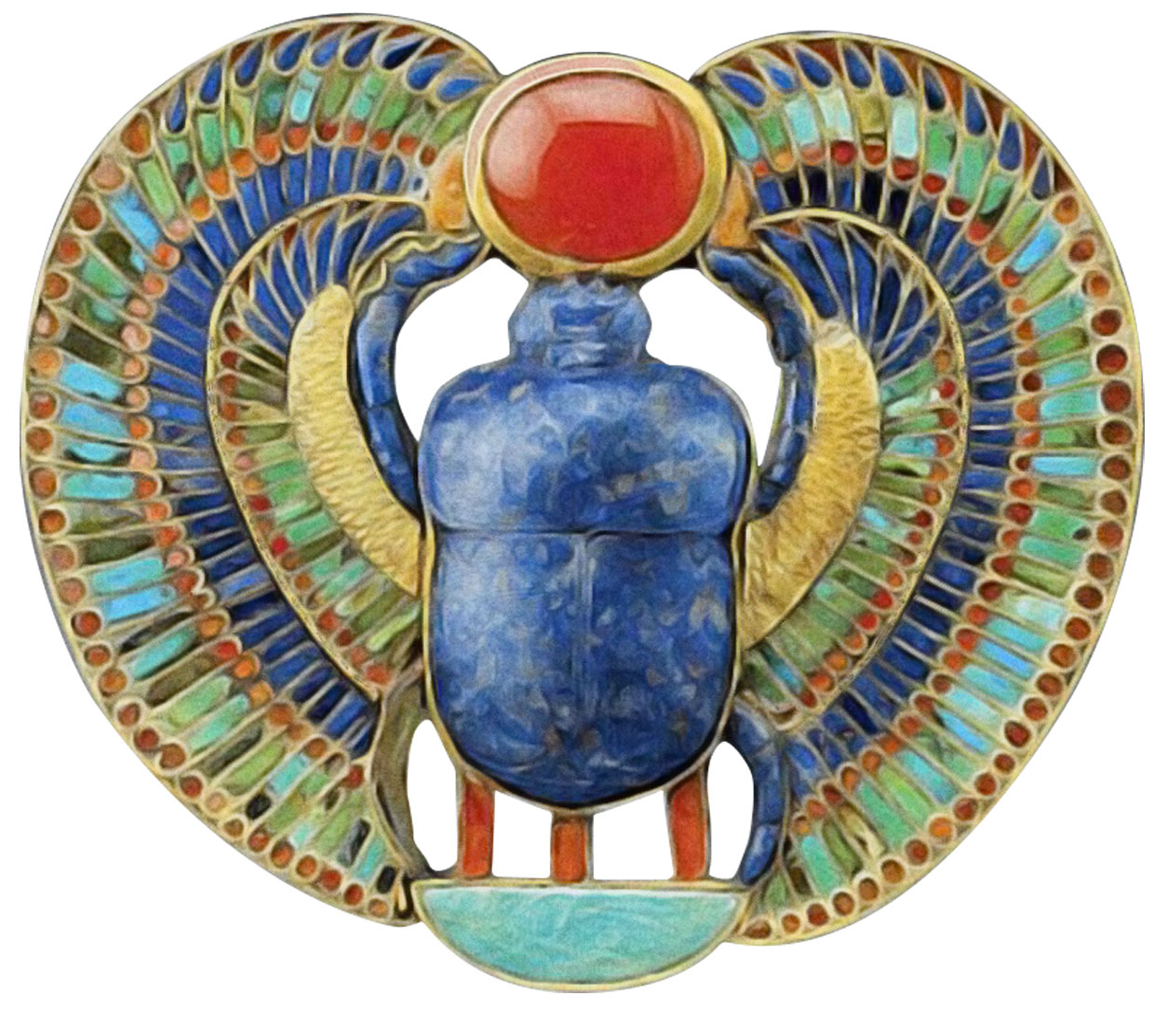
Color Palette of the Month
This month, I was inspired by the consistent and naturalistic colors of Egyptian art. In fact, when we look at Egyptian language we can see that colors had great symbolic meanings.
Their language had four basic color terms: kem (black), hedj (white/silver), wadj (green/blue) and desher (red/orange/yellow). Blue, for example, symbolized fertility, birth, and the life-giving waters of the Nile. Blue and green were the colors of vegetation, and hence of rejuvenation and rebirth. The God Osiris could often be shown with green skin and in the 26th Dynasty, the faces of coffins were often colored green to assist in rebirth.
The use of black for royal figures similarly expressed the fertile soil of the Nile from which Egypt was born, and carried connotations of fertility and regeneration. Hence statues of the king as Osiris often showed him with black skin. Black was also associated with the afterlife and was the color of funerary gods such as Anubis.
Gold indicated divinity due to its unnatural appearance and association with precious materials. The Ancient Egyptians also believed that gold was “the flesh of the god” while Silver, referred to as “white gold” by the Egyptians, was likewise called “the bones of the god”.
Red, orange and yellow were associated with the sun; red stones such as quartzite and Carnelian were favored for royal statues and jewelry which stressed the solar power of kingship. Red ink was used to write important names on papyrus documents. Red was also the color of the deserts and hence associated with Seth.
So fascinating right, plus it’s nice that the Egyptians have chosen our color palette of the month! I love all the symbolism tied to their hues!

Color Palette
ARTISTIC ADVENTURE PROMPT:
- Take your artist out into nature and go explore a park, trail, or neighborhood you’ve never been before. Take photos of the beauty you see. Make note of the sounds, smells, and textures on your journey.
Pyramid Meditation
I’m so excited to again feature one of my favorite meditation masters – Rachel Hillary with this very special Pyramid-themed mediation! So perfect for our journey into Egypt! This one is pure magic and focuses on attuning your throat chakra and aligning your spirit with the energy of Ancient Egyptian wisdom. Enjoy!
Ancient Egyptian Meditation
Learn more from Rachel and download her meditations:
You can also connect with her via the Insight Timer App:
Adventure to a Land of Myth and Magic
Travel and exploring new places has always been a way to experience new adventures for me but obviously, we can’t always hop on a plane BUT we can always read, research, and learn about cultures and lands we’ve never been to. There is so much inspiration to be found in this practice! If a place calls to you, there is a good chance that it will hold some magic for you, whether or not you get to actually go there physically.
When I authored my old blog, I created a series of posts called “Vicarious Vacations”. In these posts, I would extensively research a place in the world that fascinated me and then I would share images, recipes, and even sounds from these locations. My readers would comment and delight in the virtual journey. It brought me so much joy to create these so I thought I would do one with you now…
Ever since I was a little girl, I have been fascinated with Ancient Egypt. At age 10, I would bring home stacks of books about Egypt from the library and pour over them for hours. Of course, as an adult, I’ve always dreamed of traveling to Egypt! I hope to journey there in the coming years to teach! Till then, I wanted to virtually teleport you ALL to Egypt with me through words, images, and stories.
While Egypt has over 30 centuries worth of history, reaching back to 3100 B.C., I would like us to focus on Egypt’s wondrous art and how it ties to their sacred beliefs.
Now, take my hand, and let’s journey to the mystical land of Egypt!
Ancient Egyptian Art Overview
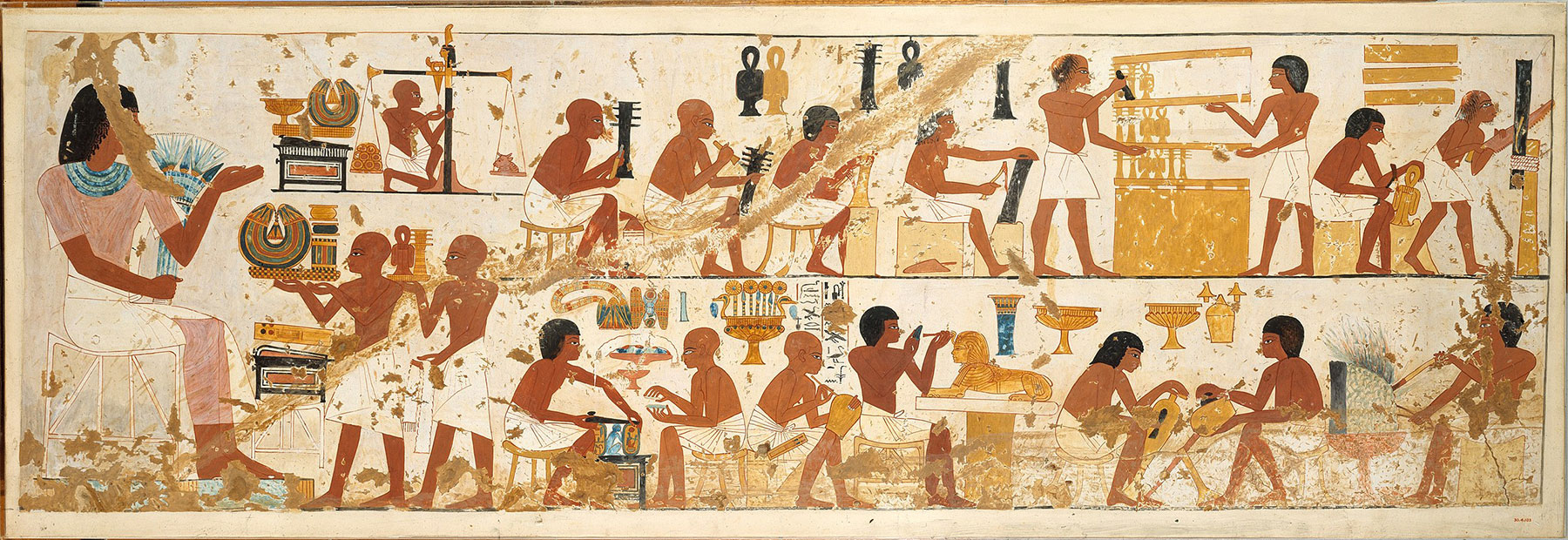
With its vast amount of incredible art, it’s interesting to note that the Egyptians did not have a word for ART. Art, to the Ancient Egyptians, was first and foremost functional. It was interwoven into everyday life and was used to record, document, and glorify its people and leaders. There was not an emphasis on personal expression or unique individuality. It was more about cosmic order, tradition, and sacred ritual. Artists were not revered but rather fell in line with craftsmen, laborers, and other tradespeople. The Egyptians believed that to render a subject in art was to give it permanence, this explains why their art portrayed an idealized, unrealistic view of the world.
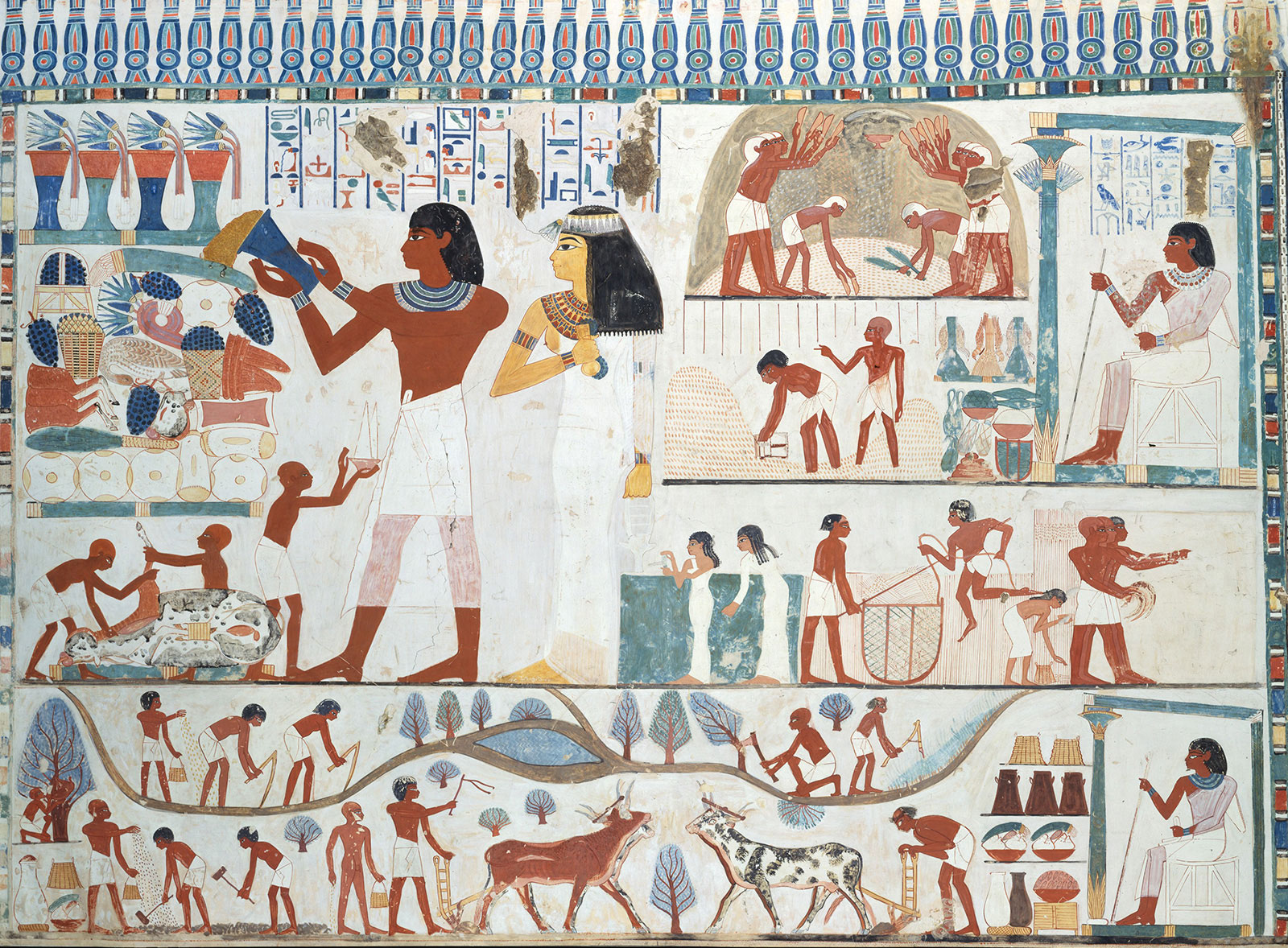
Ancient Egyptian art refers to art produced in ancient Egypt between the 31st century BC and the 4th century AD. It includes paintings, sculptures, drawings on papyrus, faience, jewelry, ivories, and architecture. Most of ancient Egyptian art was highly stylized and symbolic. The majority of the surviving pieces come from tombs and monuments, indicating a deep focus on life after death and preservation of knowledge.
Characteristics of Ancient Egyptian Art
Egyptian art is known for its distinctive figure stylization used for the main figures in both relief work and painting. These figures had parted legs (where not seated) and the head is shown in profile however the torso was depicted front-facing. The figures also have a standard set of proportions, measuring 18 “fists” from the ground to the hairline on the forehead.
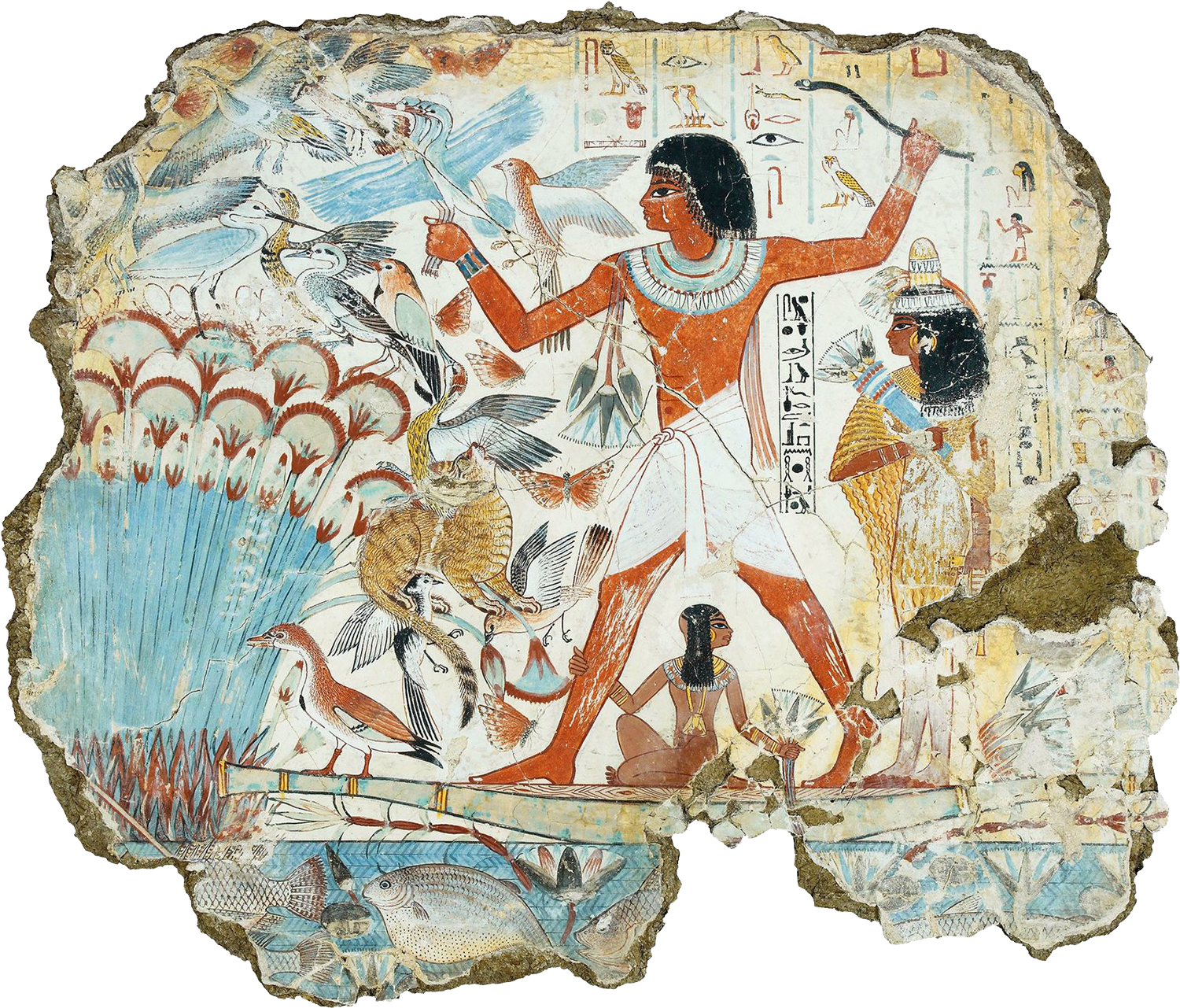
Egyptian art uses hierarchical proportions, where the size of figures indicates their relative importance. The gods or the divine pharaoh are usually larger than other figures while the figures of high officials or the tomb owner are usually smaller, and at the smallest scale are any servants, entertainers, animals, trees, and architectural details.
Symbolism
Symbolism pervaded Egyptian art and played an important role in establishing a sense of order. The pharaoh’s regalia, for example, represented his power to maintain order. Animals were also highly symbolic figures in Egyptian art.
Symbols in a largely illiterate society serve the vital purpose of relaying the most important values of the culture to the people generation after generation, and so it was in ancient Egypt. The peasant farmer would not have been able to read the literature, poetry, or hymns which told the stories of his gods, kings, and history but could look at an obelisk or a relief on a temple wall and read them there through the symbols used.
The Egyptian’s used hundreds of symbols in their art so let’s take a look at just some of the most common –
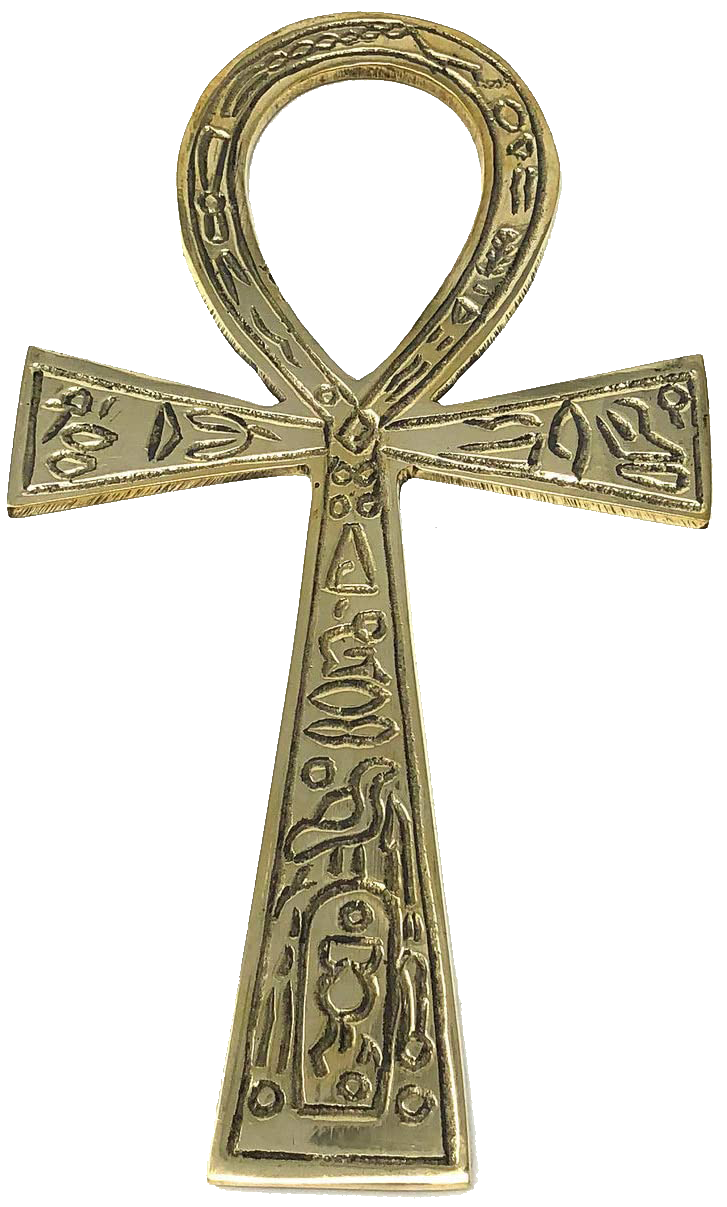
The Ankh
The ankh is a cross with a looped top that symbolized eternal life, the morning sun, the male and female energies, and the connection between the heavens and the earth. The ankh was closely associated with the cult of Isis, however, and as her popularity grew, so did that of the symbol.
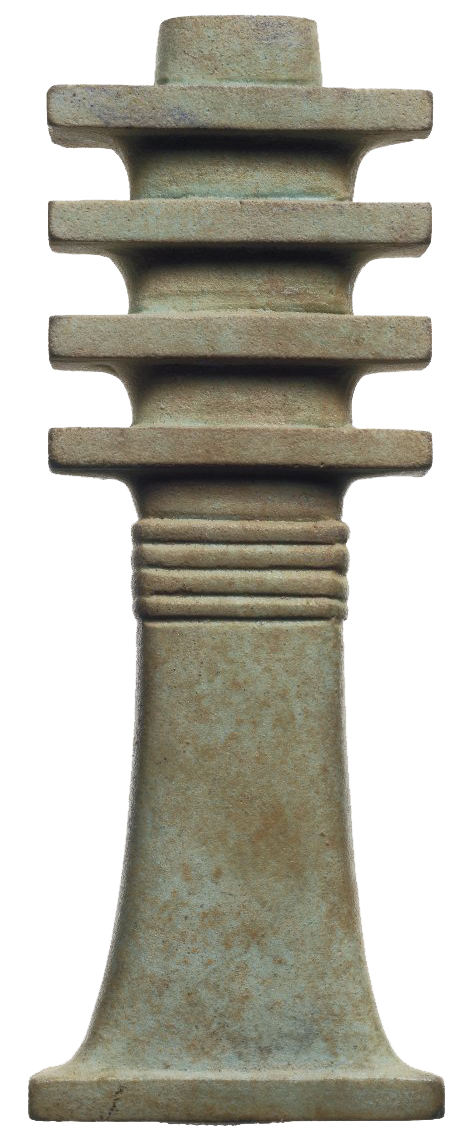
The Djed
The djed is a column with a broad base narrowing as it rises to a capital and crossed by four parallel lines. Representing stability, the symbol served to remind one of the close presence of the gods. The djed was thought to represent the god’s backbone and frequently appears on the bottom of sarcophagi to help the newly arrived soul stand up and walk into the afterlife.
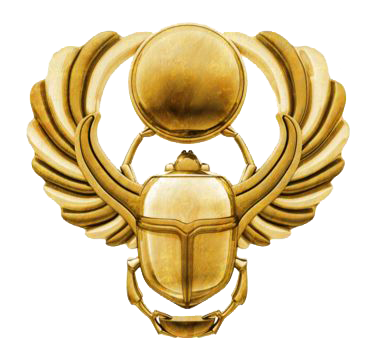
The Scarab
The scarab is the famous beetle image seen in Egyptian art and iconography which represents a species of the dung beetle. The dung beetle was associated with the gods because it rolled dung into a ball in which it laid its eggs; the dung served as food for the young when they hatched. In this way, life came from death.
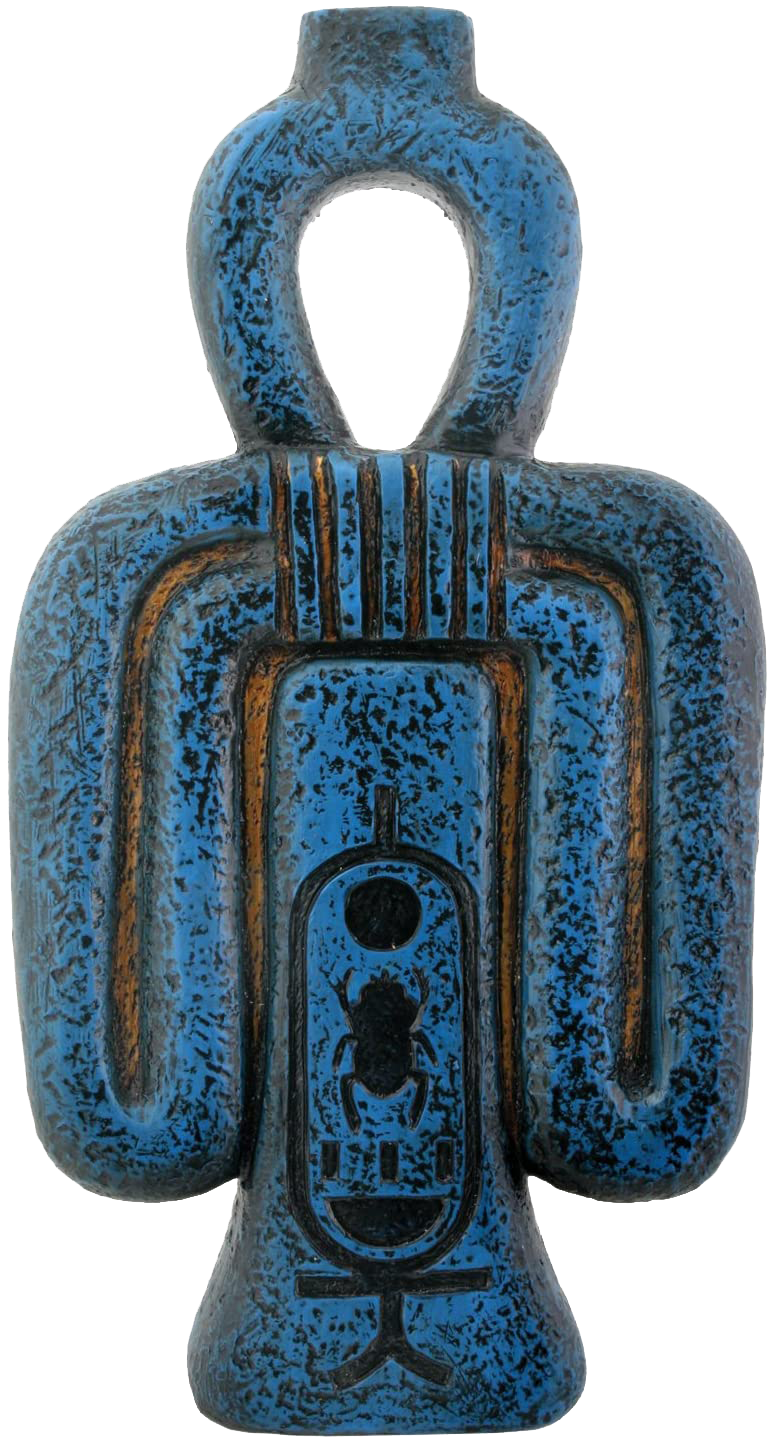
The Tyet
The tyet also known as ‘the Knot of Isis’ resembles an ankh with the arms at its side. The symbol dates to the Old Kingdom of Egypt (c. 2613- c. 2181 BCE) but is probably older. The tyet has been interpreted as the folds of a woman’s dress, and the knot of a girdle but, in every case, is associated with the goddess Isis. It represented protection and security and was often paired with the ankh, thus offering the dual security of both Isis and Osiris.
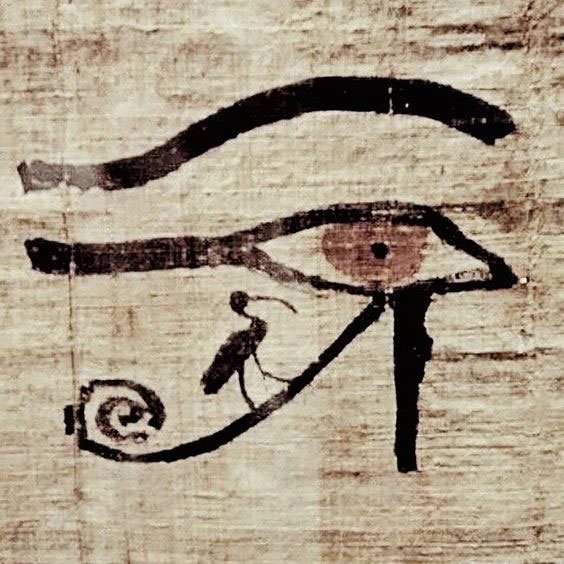
The Wadjet Eye
Also known as the Eye of Ra or the Eye of Horus. The symbol of the eye is associated with the protective goddess Wadjet during the Predynastic Period and continued to be even though it was later more regularly linked to Horus, Ra, and others. The Eye of Ra was to symbolize his watchful presence over creation and is frequently depicted in myths.
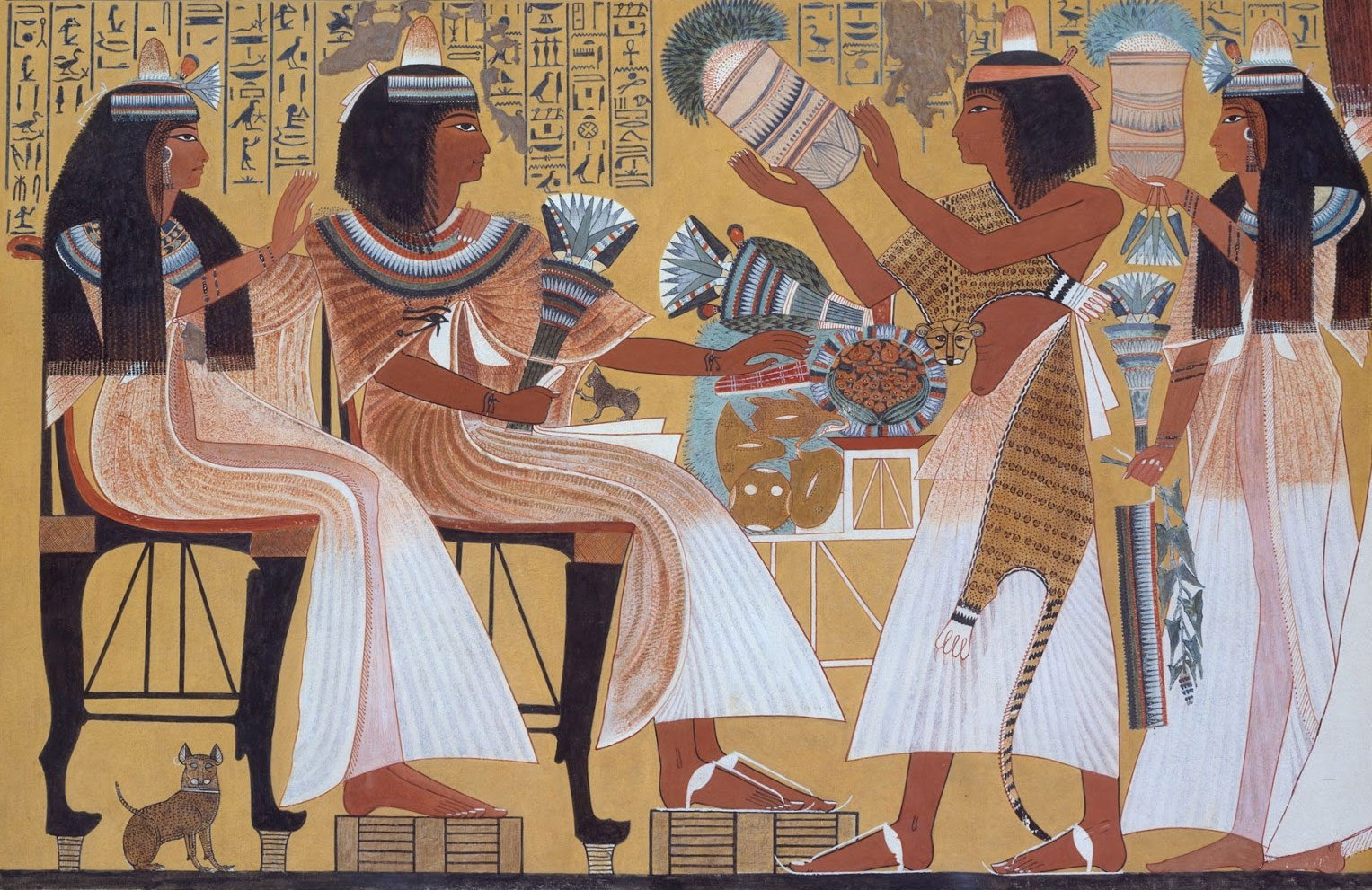
The Sesen
The sesen is the lotus flower that appears so often in Egyptian art and symbolizes life, creation, rebirth, and, especially, the sun. The lotus flower closes in the evening and sinks beneath the water, then at daybreak, it emerges to open again. The flower also was associated with the god Osiris. The Four Sons of Horus, regularly represented on canopic jars, are often depicted standing together on a lotus in the presence of Osiris. It was the symbol of Upper Egypt.
There were many other important symbols throughout Egypt’s history –
- The bennu bird symbolized resurrection.
- The white ostrich feather symbolized the goddess Ma’at but also the concept of balance and truth she stood for.
- The Tree of Life stood for knowledge, purpose, and destiny.
- Snakes and serpents represented transformation and change.
- The cobra was a protective image, associated early with the goddess Wadjet, who drove off the enemies of Ra. The cobra became the insignia of kings and was worn on the uraeus – the royal headdress.
- The winged solar disk known as the Horus of Behdet, symbolizing kingship, power, the flight of the soul, and divinity. The symbol is among the oldest in the world and variations of it are seen in many different cultures.
Characteristics of Ancient Egyptian Art
The Fayum Mummy Portraits
As mentioned, the Egyptians created an incredibly vast array of different kinds of art from massive feats of architecture to intricate sculptures to fine jewelry and pottery. – but alas, I’ve had to narrow it down a wee bit! Being a portrait artist myself, I couldn’t resist exploring the collection called the Fayum Mummy Portraits. These portraits are rather fascinating and give us a peek inside the lives of Egyptians during Roman rule. The haunting, beautiful faces depicted employed the use of encaustic paint too – the Egyptians invented Encaustic art!
Let’s Learn a little more…
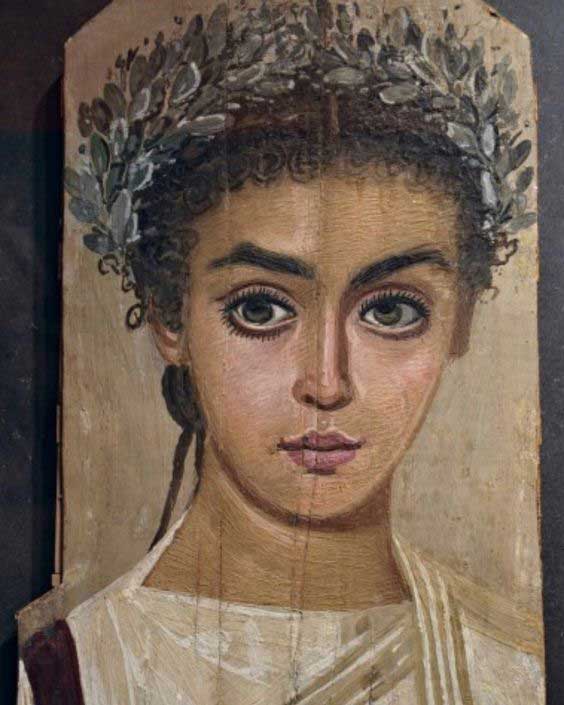
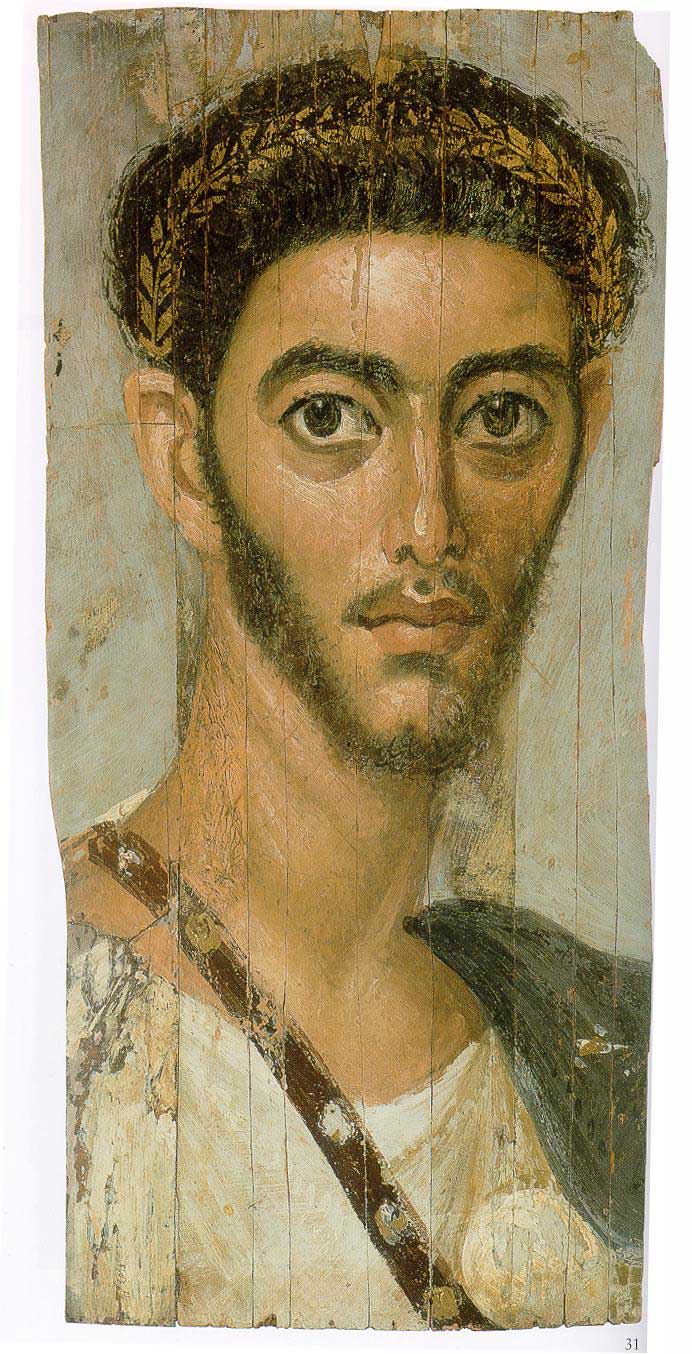
Mummy portraits or Fayum mummy portraits
These portraits are a type of naturalistic painted portrait on wooden boards attached to Upper-class mummies from Roman Egypt. They belong to the tradition of panel painting, one of the most highly regarded forms of art in the Classical world. The Fayum portraits are the only large body of art from that tradition to have survived.
Mummy portraits have been found across Egypt, but are most common in the Faiyum Basin.
While painted mummy cases date back to pharaonic times, the Fayum mummy portraits were an innovation dating to the Imperial Roman era, from the late 1st century BC or the early 1st century AD onwards. It is not clear when their production ended, but recent research suggests the middle of the 3rd century.
The portraits covered the faces of bodies that were mummified for burial. Examples indicate that they were mounted into the bands of cloth that were used to wrap the bodies. Almost all have now been detached from the mummies. They usually depict a single person, showing the head, or head and upper chest viewed frontally. In terms of artistic tradition, the images derive more from Greco-Roman artistic traditions than Egyptian ones. Two groups of portraits can be distinguished by technique: one of encaustic (wax) paintings, the other in tempera.
About 900 mummy portraits are known at present. The majority were found in the necropolis of Faiyum. Due to the hot dry Egyptian climate, the paintings are frequently very well preserved, often retaining their brilliant colors seemingly unfaded by time.
Techniques
The majority of preserved mummy portraits were painted on boards or panels, made from different imported hardwoods, including oak, lime, sycamore, cedar, cypress, fig, and citrus.
The wood was cut into thin rectangular panels and made smooth. The wooden surface was sometimes primed for painting with a layer of plaster. In some cases, the primed layer reveals a preparatory drawing.
Two painting techniques were employed: encaustic (wax) painting and animal glue tempera. The encaustic images are striking because of the contrast between vivid and rich colors, and comparatively large brush-strokes, producing an “Impressionistic” effect. The tempera paintings have a finer gradation of tones and chalkier colors, giving a more restrained appearance. In some cases, gold leaf was used to depict jewelry and wreaths. There also are examples of hybrid techniques or variations from the main techniques.
The Fayum portraits reveal a wide range of painterly expertise and skill in presenting a lifelike appearance. The naturalism of the portraits is often revealed in the knowledge of the anatomic structure and in skilled modeling of the form by the use of light and shade, which gives an appearance of three-dimensionality to most of the figures. The graded flesh tones are enhanced with shadows and highlights indicative of directional lighting.
I’ve put together a slideshow for you so you could enjoy these intriguing and very famous Egyptian portraits… I feel like each face is such a window into the ancient world… I wonder what their lives were like?
The Fayum Mummy Portraits
Gods & Goddesses of Ancient Egypt
As you all may well know, Ancient Egypt, for most of its history was a polytheist civilization with hundreds of gods and goddesses. It’s a dizzying pantheon of divine beings, each with very specific roles, jobs, and stories. Many were part animal, part human. They battled each other, loved each other, and created each other! Some helped cross over the dead, some assisted in childbirth, others oversaw everyday practices like burial rituals, harvesting, and writing. This complex divine family is fascinating and I encourage you to explore some of these gods and goddesses.
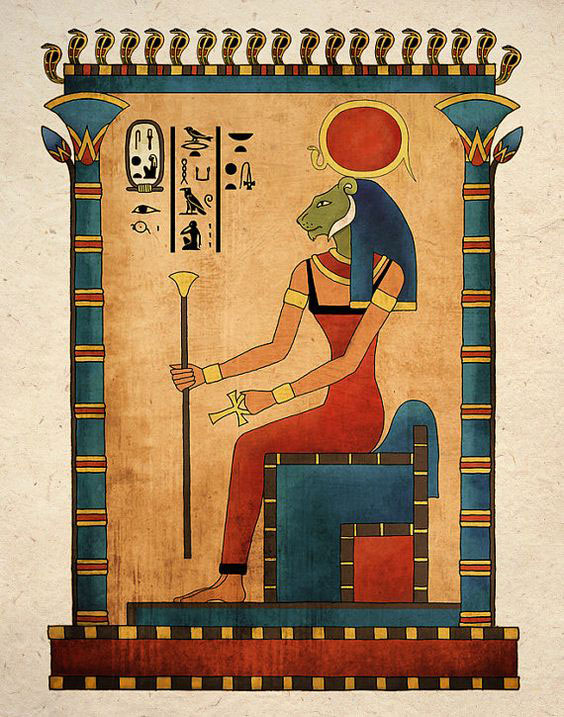
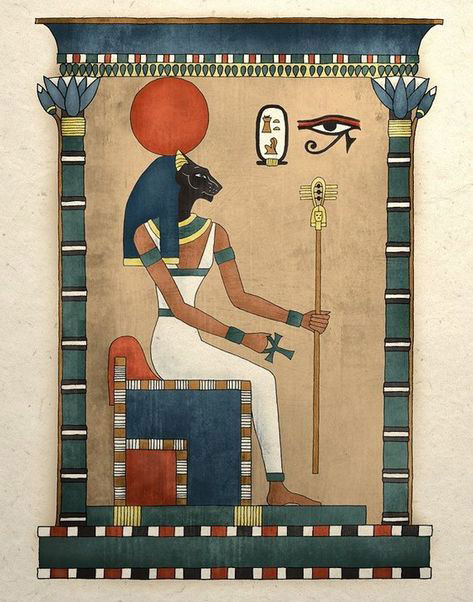
Here is a great site to explore these many characters so sacred to the Ancient Egyptians:
The Goddess Isis
Personally, I am very drawn to the goddess, Isis. She is an incredibly powerful goddess and is interwoven into so much of Egyptian Mythology. Evidence of her worship is seen in the Greek and Roman cultures too. Even modern-day pagans still pay homage to her.
Let’s learn a little more about her and be inspired by the wonderful symbolism and imagery that surrounds her myths…
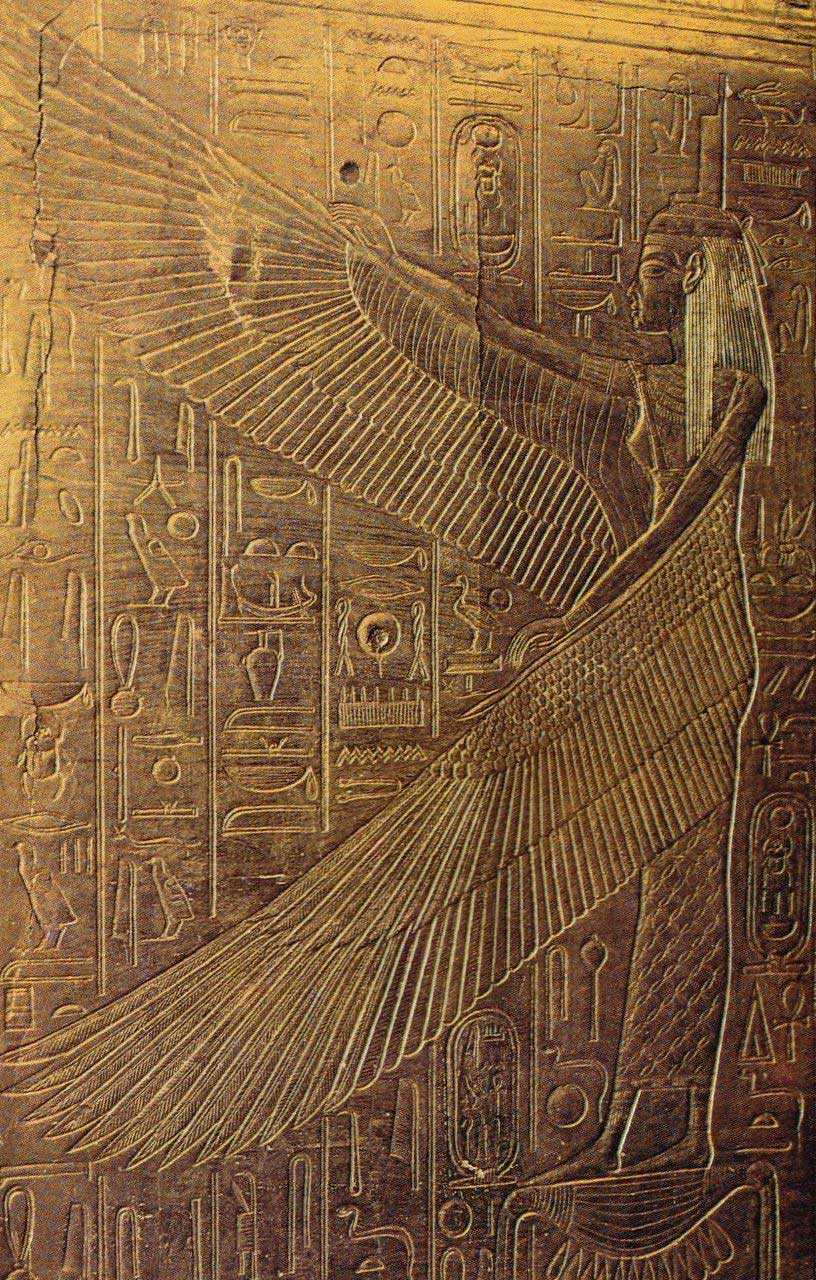
Isis was a major goddess in ancient Egyptian religion whose worship spread throughout the Greco-Roman world. Isis was first mentioned in the Old Kingdom as one of the main characters of the Osiris myth, in which she resurrects her slain husband and brother, the divine king Osiris. She births and protects their heir, Horus – the great falcon god. She was believed to help the dead enter the afterlife as she had helped Osiris, and she was considered the divine mother of the pharaoh, who was likened to Horus.
Her maternal aid was invoked in healing spells to benefit ordinary people. Originally, she played a limited role in royal rituals and temple rites, although she was more prominent in funerary practices and magical texts. She was usually portrayed in art as a human woman wearing a throne-like hieroglyph on her head. During the New Kingdom (c. 1550–1070 BCE), as she took on traits that originally belonged to Hathor, the preeminent goddess of earlier times, Isis was portrayed wearing Hathor’s headdress: a sun disk between the horns of a cow.
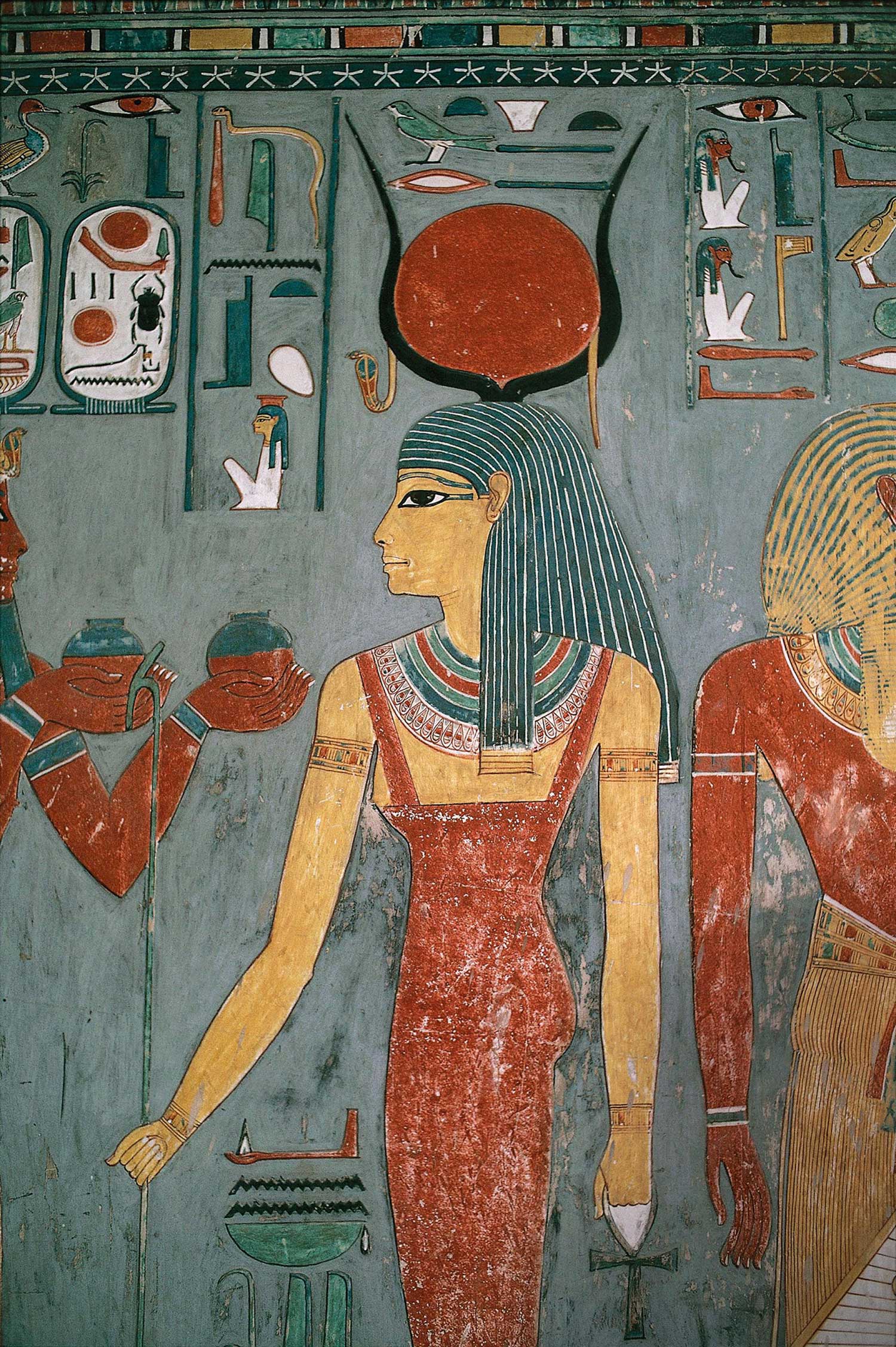
In the first millennium BCE, Osiris and Isis became the most widely worshipped Egyptian deities, and Isis absorbed traits from many other goddesses. Rulers in Egypt and its neighbor to the south, Nubia, built temples dedicated primarily to Isis, and her temple at Philae was a religious center for Egyptians and Nubians alike. Her reputed magical power was greater than that of all other gods, and she was said to protect the kingdom from its enemies, govern the skies and the natural world, and have power over fate itself.
In the Hellenistic period (323–30 BCE), when Egypt was ruled and settled by Greeks, Isis was worshipped by Greeks and Egyptians, along with a new god, Serapis. Their worship diffused into the wider Mediterranean world. Isis’s Greek devotees ascribed to her traits taken from Greek deities, such as the invention of marriage and the protection of ships at sea, and she retained strong links with Egypt and other Egyptian deities who were popular in the Hellenistic world.
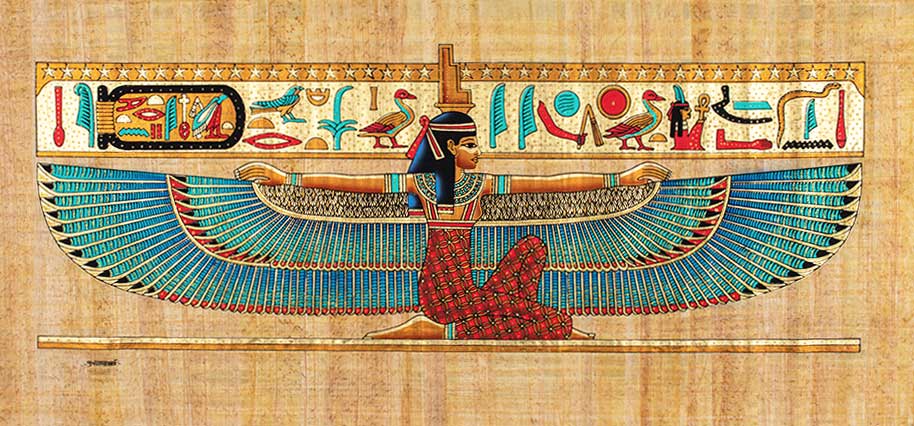
As Hellenistic culture was absorbed by Rome in the first century BCE, the cult of Isis became a part of the Roman religion. Her devotees were a small proportion of the Roman Empire’s population but were found all across its territories. Her following developed distinctive festivals such as the Navigium Isidis, as well as initiation ceremonies resembling those of other Greco-Roman mystery cults. Some of her devotees said she encompassed all feminine divine powers in the world.
The worship of Isis was ended by the rise of Christianity in the fourth and fifth centuries CE. Her worship may have influenced Christian beliefs and practices such as the veneration of Mary, but the evidence for this influence is ambiguous and often controversial. Isis continues to appear in Western culture, particularly in esotericism and modern paganism, often as a personification of nature or the feminine aspect of divinity.
Gods and Goddess of Ancient Egypt
The Story of Isis and Osiris
There are several different versions of this myth but I will share this one with you now..
Reading of Isis and Osiris
Isis Associations
- Goddess of love, life, fertility, the moon, wisdom, and magic. Isis protected women and children and healed the sick. She was the protector of the kingdom and Pharaohs.
- She is often depicted with the wings of a black kite or Kestral (a raptor bird of Egypt)
- Isis was most commonly depicted as a woman with the typical attributes of a goddess: a sheath dress, a staff of papyrus in one hand, and an ankh sign in the other. Her original headdress was the throne sign used in writing her name.
- Her symbol is the tyet – a looped shape similar to the ankh.
- Animal connections- Sparrowhawk or kite, crocodile, scorpion, crab, snake (especially cobra), and geese.
- Plants: Cedar, corn, tamarisk, flax, wheat, barley, grapes, lotus, balsam, all flowers, trees, and all green plants.
- Perfumes/Scents: Tamarisk, lotus, balsam, amber oil, cedarwood, sandalwood, cinnamon, and sweet orange.
- Gems and Metals: Silver, gold, ebony, obsidian, carnelian, lapis lazuli, clear quartz, malachite
Colors: Silver, gold, black, red, cobalt blue, and green.
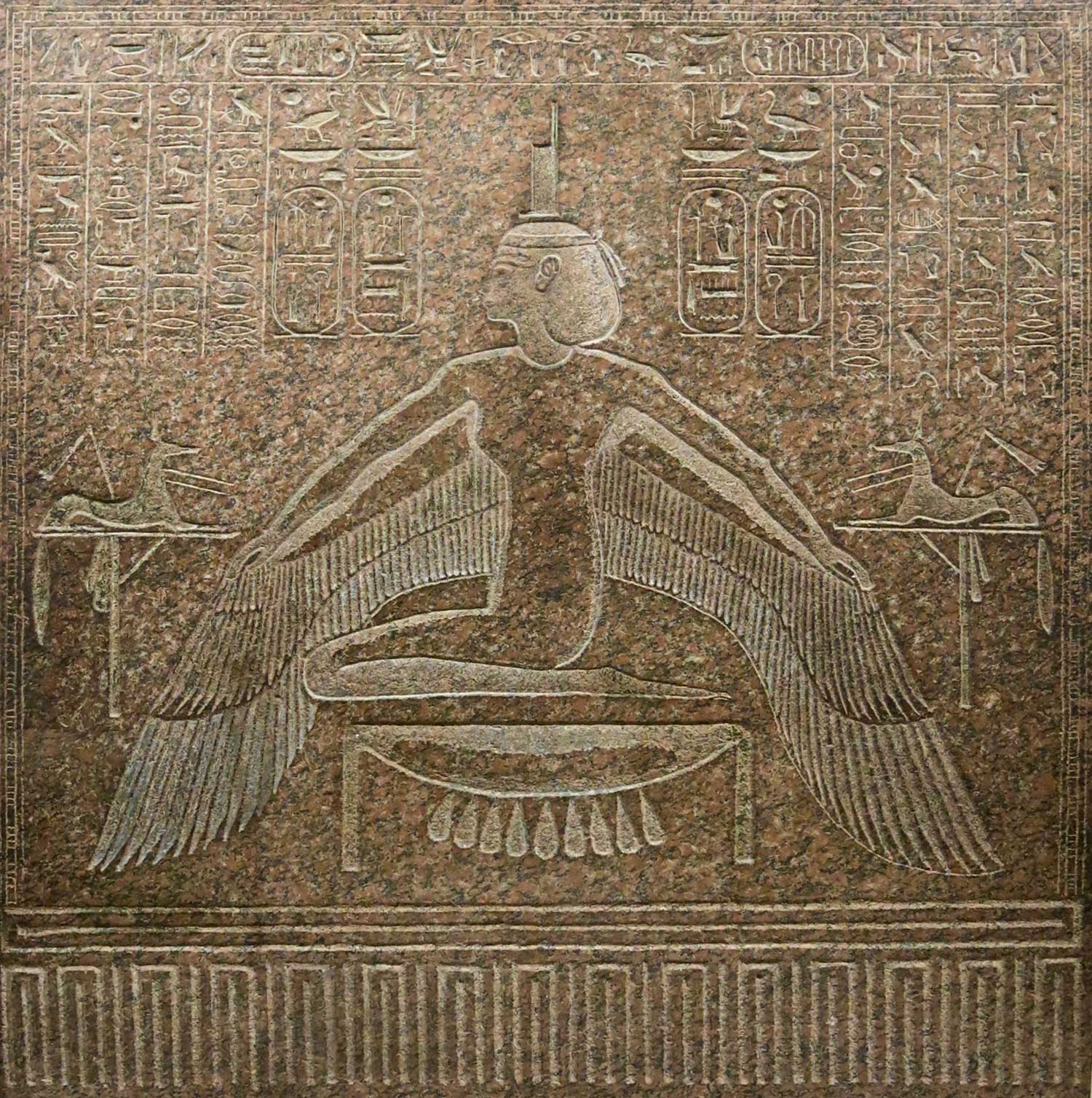
“True teaching is not an accumulation of knowledge; it is an awakening of consciousness…”
― Egyptian proverb
Contemporary Egyptian Artists
In lieu of our Master Artist, I am considering Ancient Egyptian Art to be our inspiration and teacher this month. Knowledge and insight into this important period of Art History are vital to understanding the timeline and influence this culture had on our world.
However, I couldn’t resist bringing you two awesome contemporary Egyptian artists! I have cultivated Pinterest boards for you so you may peruse their work and enjoy all the beauty of their creations! I absolutely adore both of these artists’ work* and it’s beautiful and fascinating to see the Egyptian cultural influence in their pieces!
* If you choose to do a study of their works please remember to follow good artistic etiquette and credit them as your inspiration and do not sell these studies.
Hossam Dirar
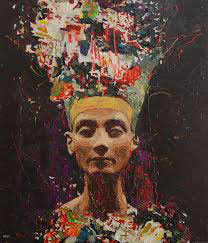
Eman Osama
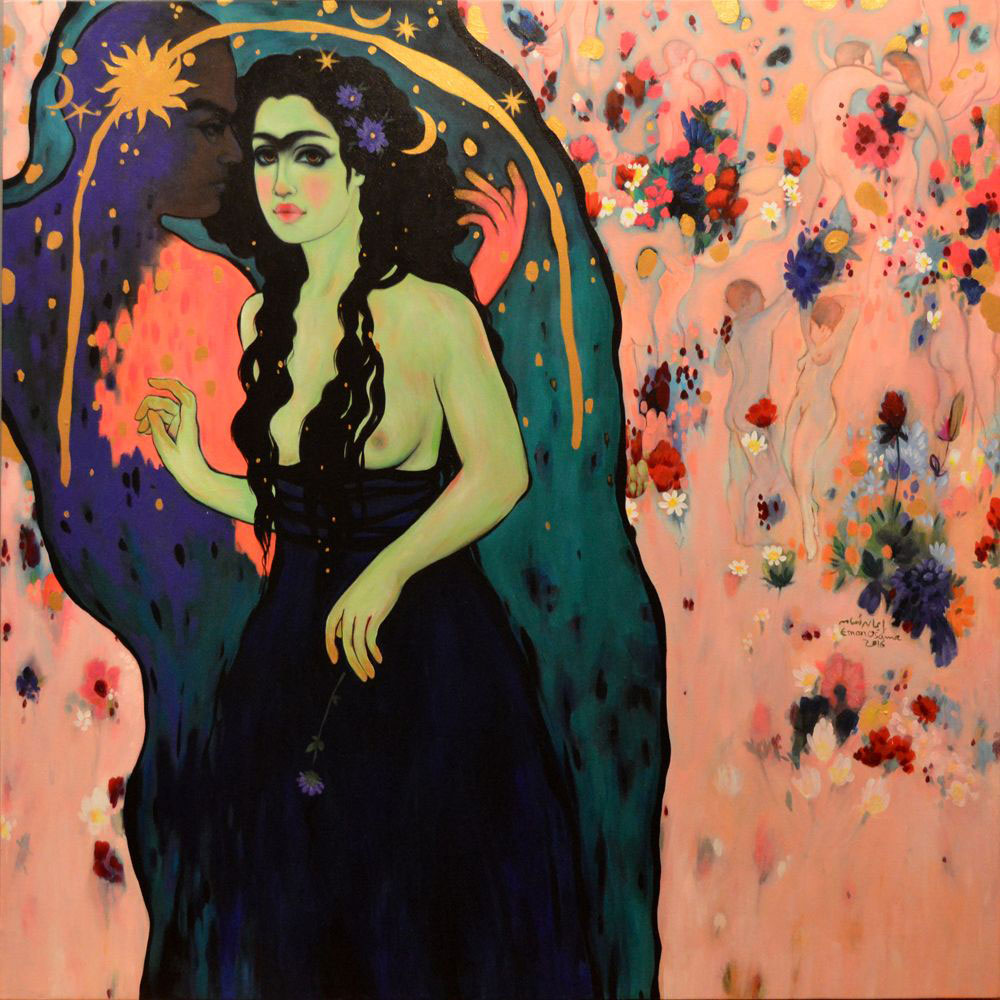
Sketchbook Explorations
Our sketchbook theme this month is adventure, magic, myth, and of course, Egypt. We will be exploring some ways for us to connect with the ancient beauty and mysticism of Ancient Egypt. We will be inspired by their use of color, pattern, and design as well as their incredible stories and mythology.
Please remember, our explorations in our sketchbook are really just access points to get you into the flow. However, they can also be seeds for new ideas, concepts, and themes in your art. Some of them will be more about writing and others more about drawing and painting. You will see below three prompts and exercises explained and photographed from my own sketchbook. You are welcome to expand upon, invent, and experiment with your own concepts too. Use our color palette if you want to. You will see I stay in that theme for my explorations. These may feel silly at first but let your inner artist play.
EXPLORATION 1
Egyptian Designs
Check out our Pinterest Boards and get inspired by the wondrous designs and styles of the Egyptians. Observe your favorite patterns and forms and try sketching them. Make note of why you connect or admire these.
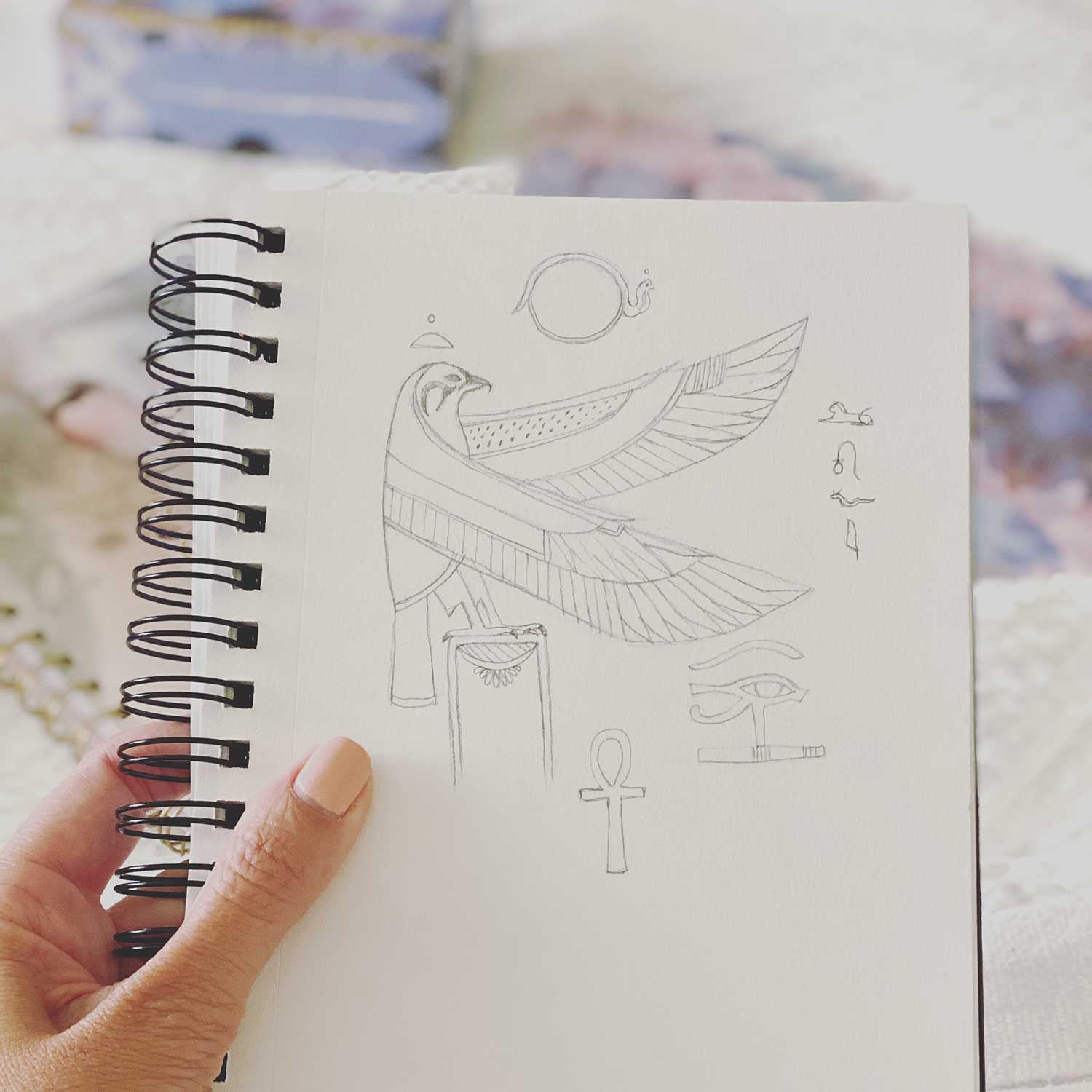
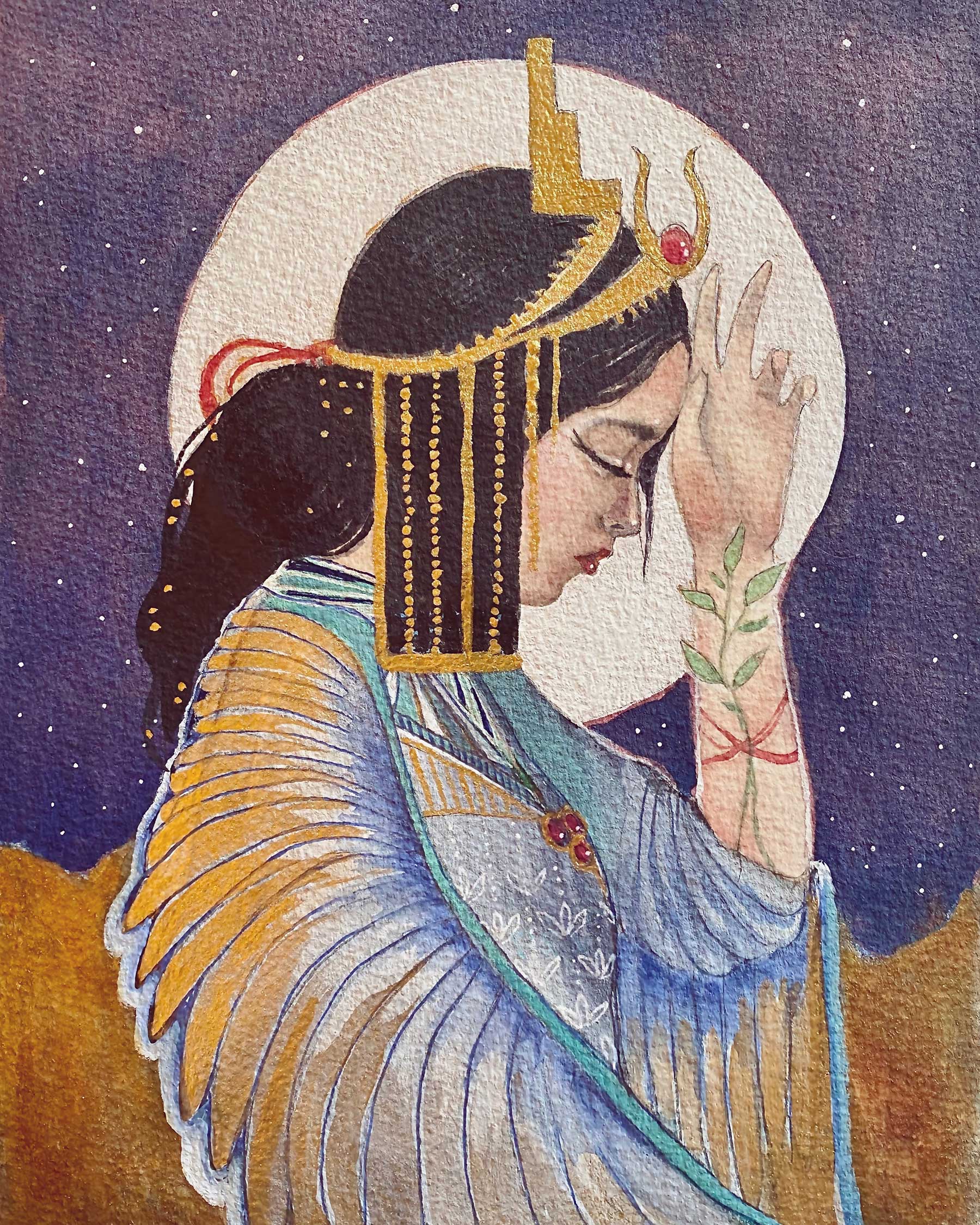
EXPLORATION 2
Egyptian Goddess
Create your own vision of an Egyptian Goddess. I chose Isis but feel free to illustrate one that inspires you. Use any mediums you wish or create a collage dedicated to the goddess you choose! Why does this Goddess resonate with you?
EXPLORATION 3
Fayum Mummy Portraits
Paint your own Fayum Mummy portrait. You can do this on a wood panel – like the Egyptians did or simply create a small portrait in your sketchbook. Note the exaggerated eyes in many of the faces. If you choose to use wood and are familiar with encaustic work you could even coat yours in wax just like the Egyptians did! You also can distress your painting by lightly sanding it and/or doing a glaze of raw sienna or burnt umber acrylic paint. Feel free to add gold leaf or gold paint too!
You can get inspiration from our Pinterest board…
If you are looking for copyright-free images to inspire your portrait I got you covered –
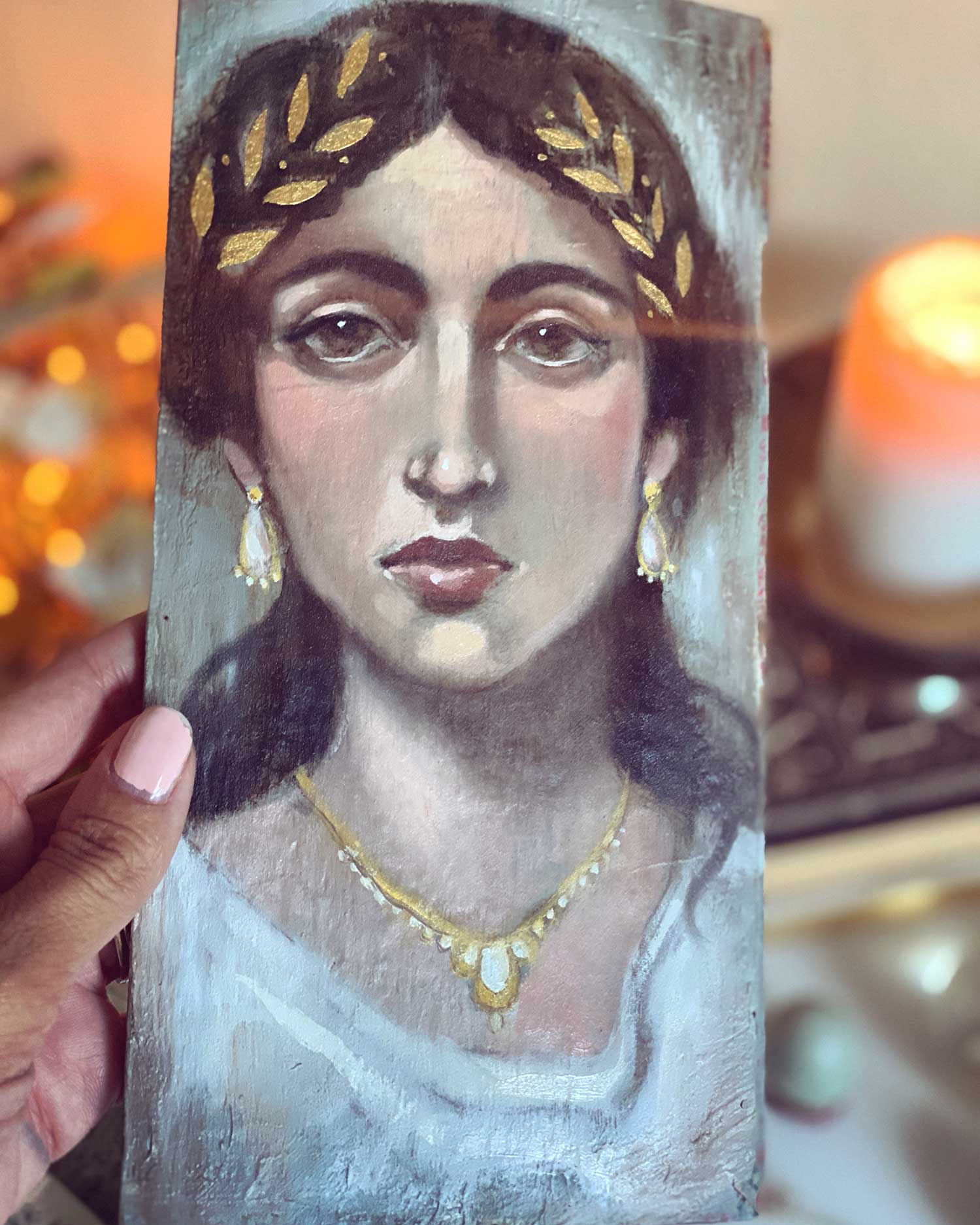
Steps to creating your Fayum Mummy Portrait –
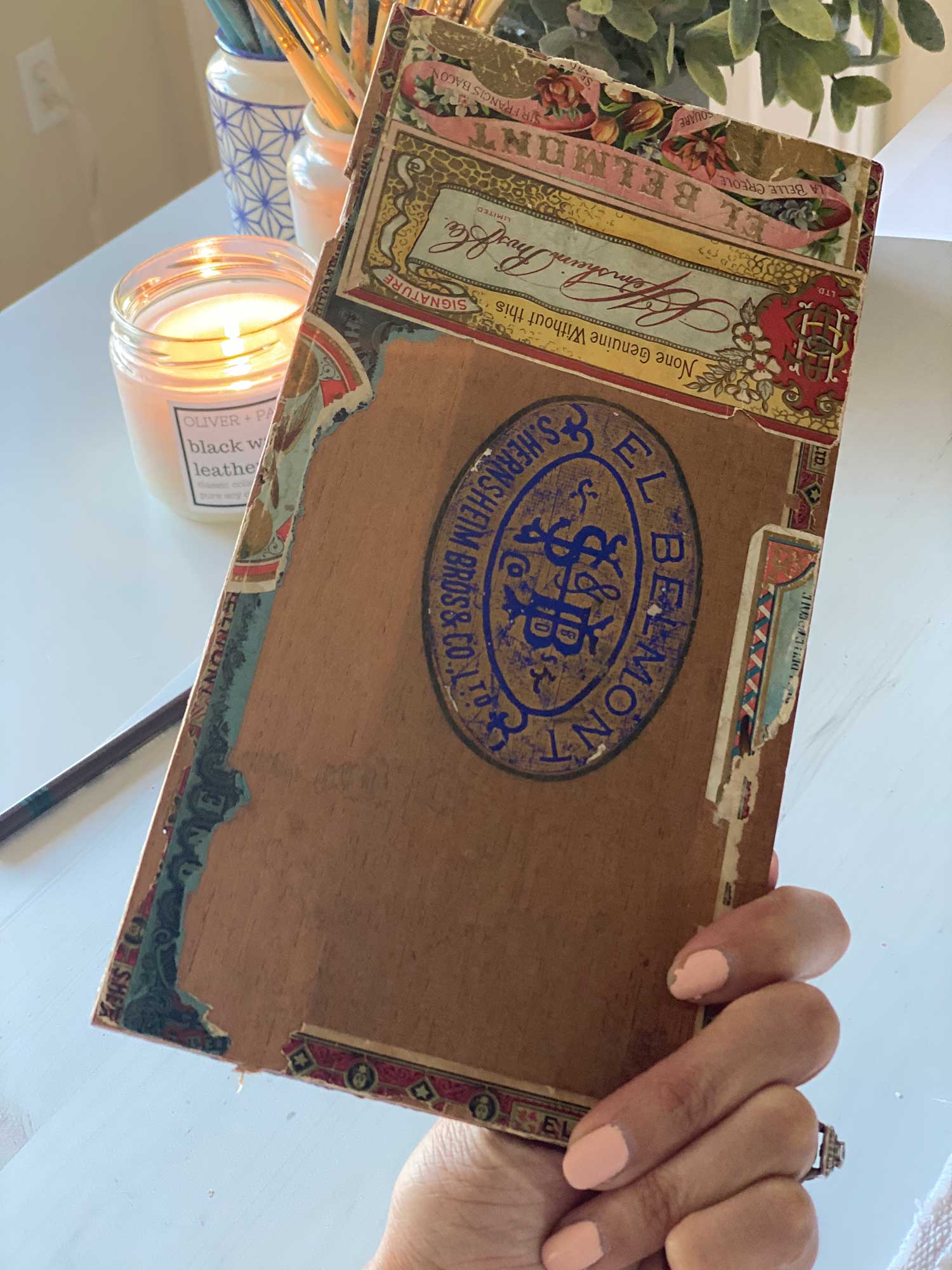
STEP 1
I made my Fayum Mummy Portrait using an old wooden cigar box lid. I liked the long vertical shape that is similar to the Mummy portrait format. You could also use a wood panel, or a very rigid piece of cardboard or canvas board. You can find old wooden cigar boxes at antiques shops and on Etsy. I also found these great boards on Amazon that are the same size as the lid I used! I’m ordering some because I want to do more!
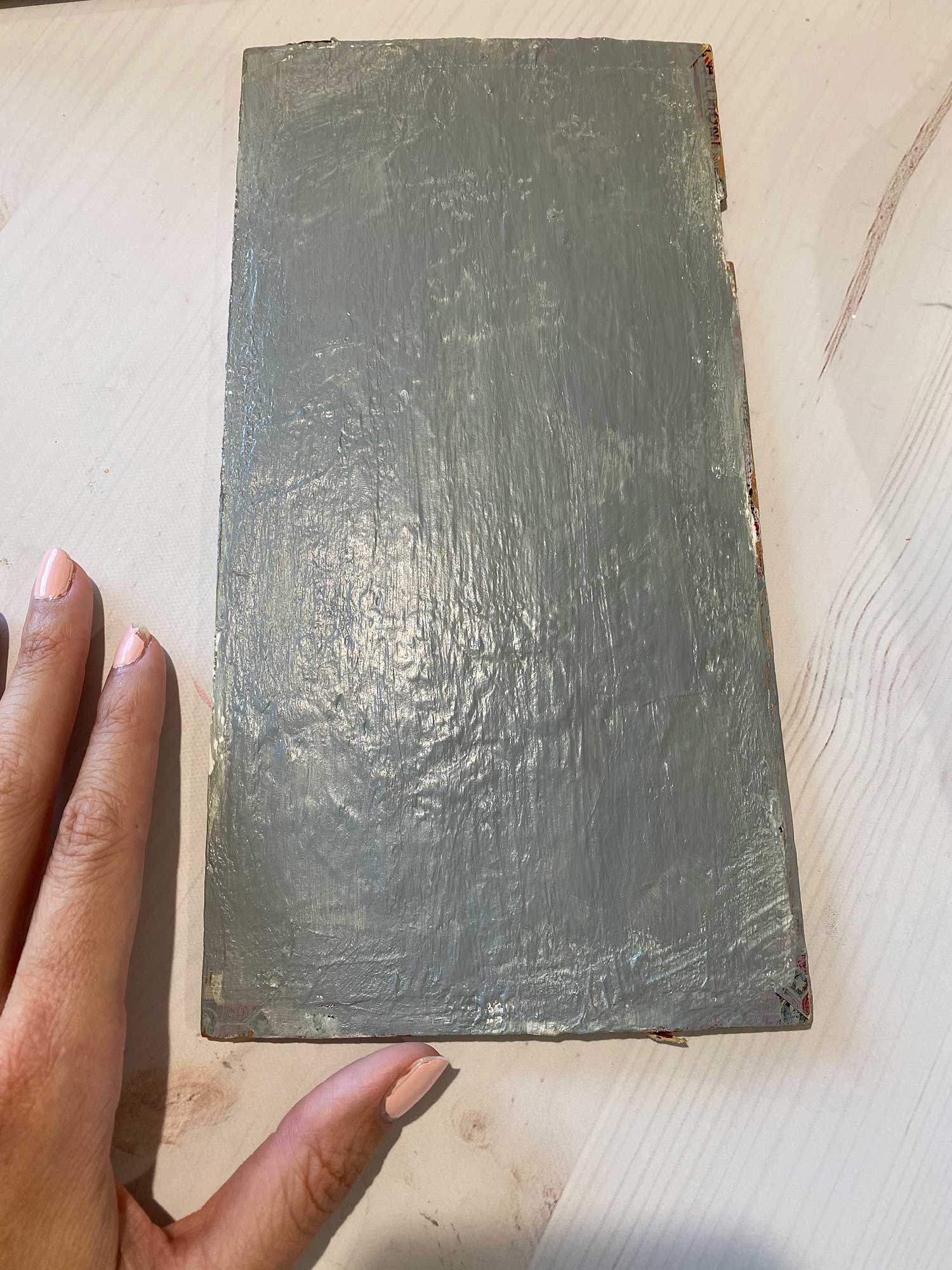
STEP 2
Do 2-3 layers of White gesso…I used rough brush strokes because I wanted some texture. You can sand yours if you want it to be smooth.
I laid down a gray blue tone as my background. I noticed this color in some of the Fayum pieces. You could choose any color. If your light blue mix is looking too bright, dull it down with Raw Umber or a touch of orange.
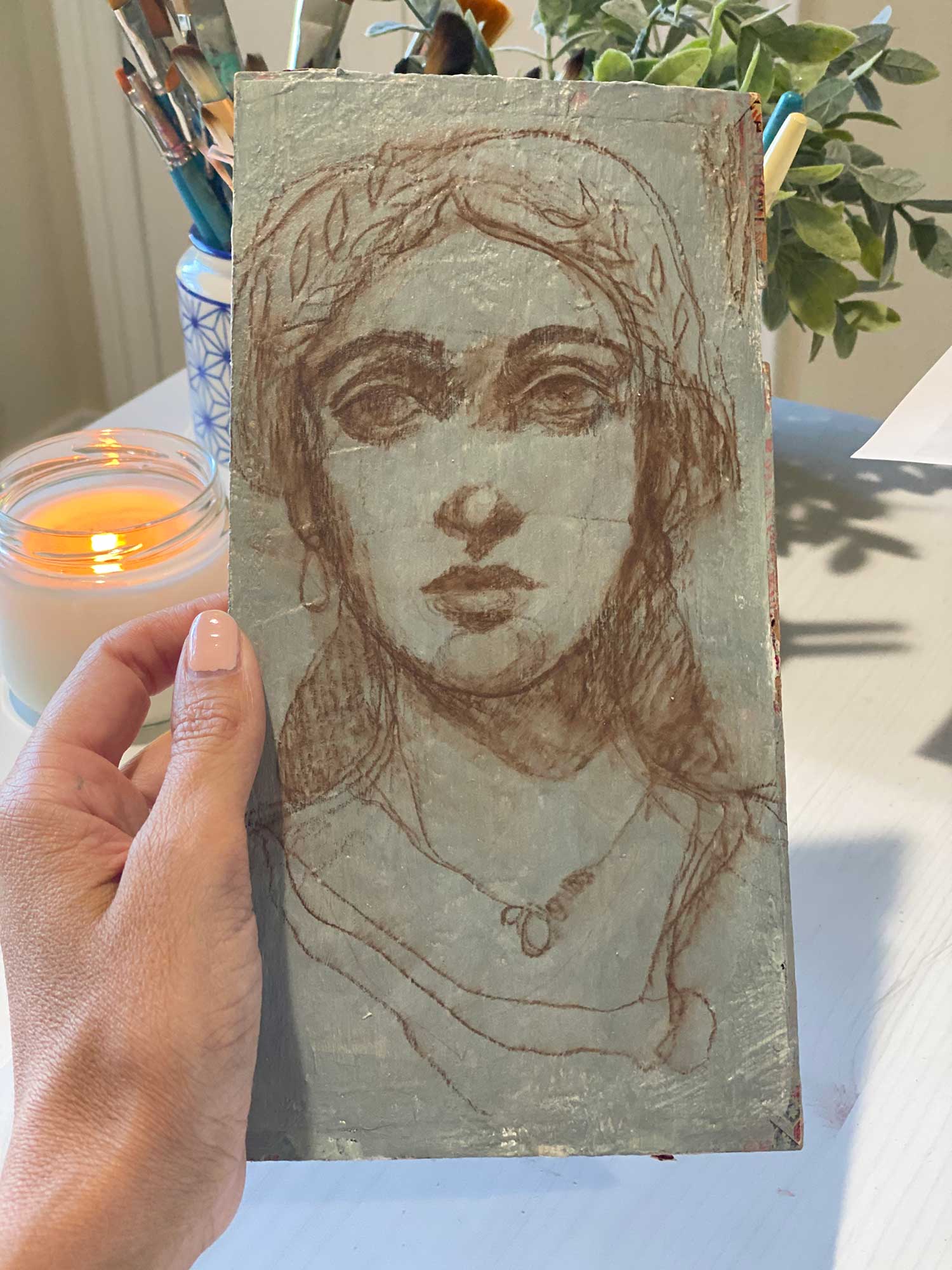
STEP 3
Do a sketch of your Fayum portrait using a reference or from your imagination. Remember they often had large eyes and simple faces so don’t worry about doing photo realism here. I used a Stabilo All Pencil in brown to do my sketch. You could also use a charcoal pencil.
I fixed my sketch with a light layer of Clear gesso so I didn’t lose my lines. Be careful to use a very soft touch with your brush or you will smear the whole thing.
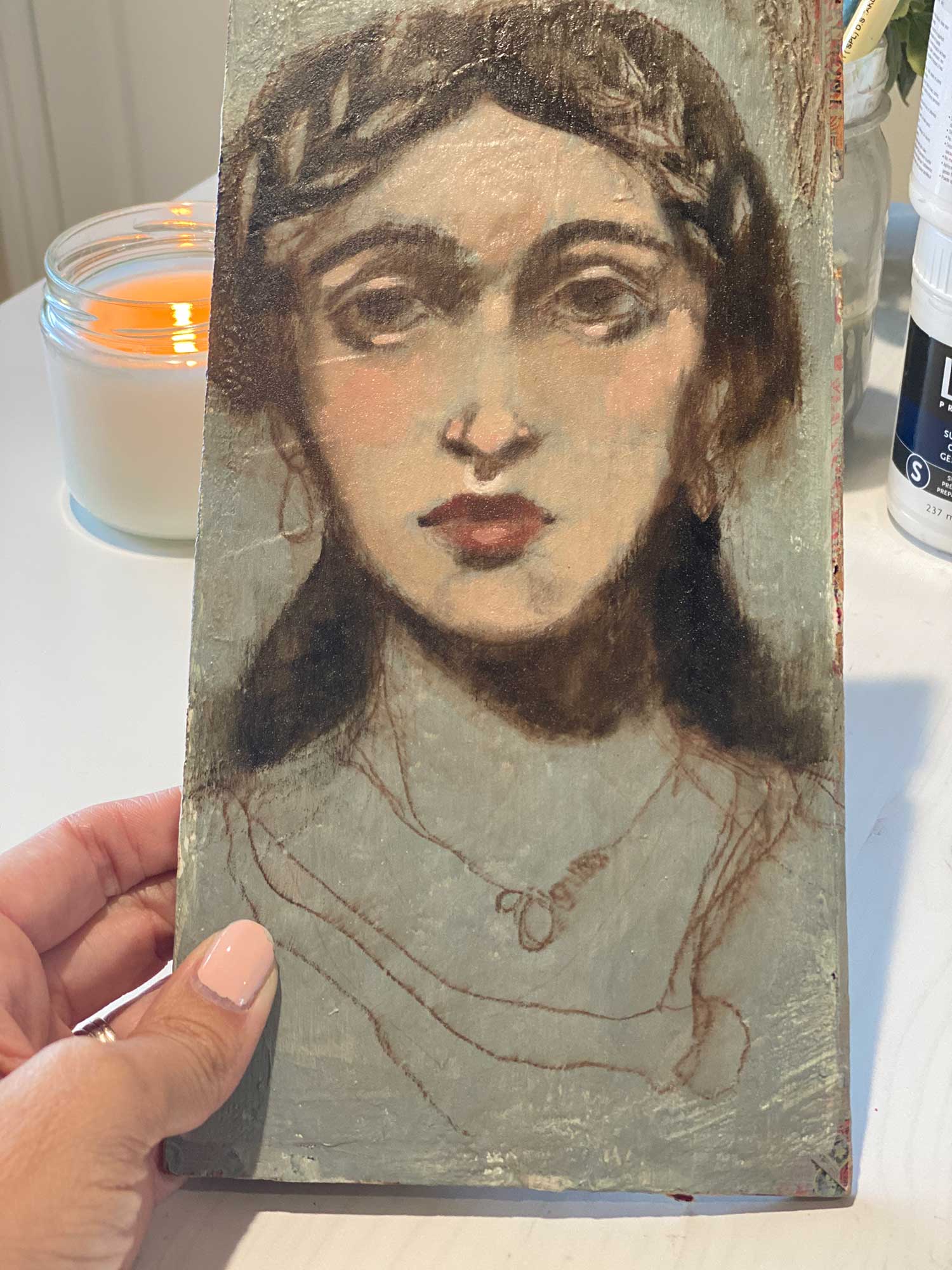
STEP 4
Proceed to add in your darks and build up your skin tones moving towards the lights. I use “scrubby” brush strokes and didn’t do heavy layers of paint since I wanted it to have an overall older, worn look. I used my oil paints but you can use acrylics too.
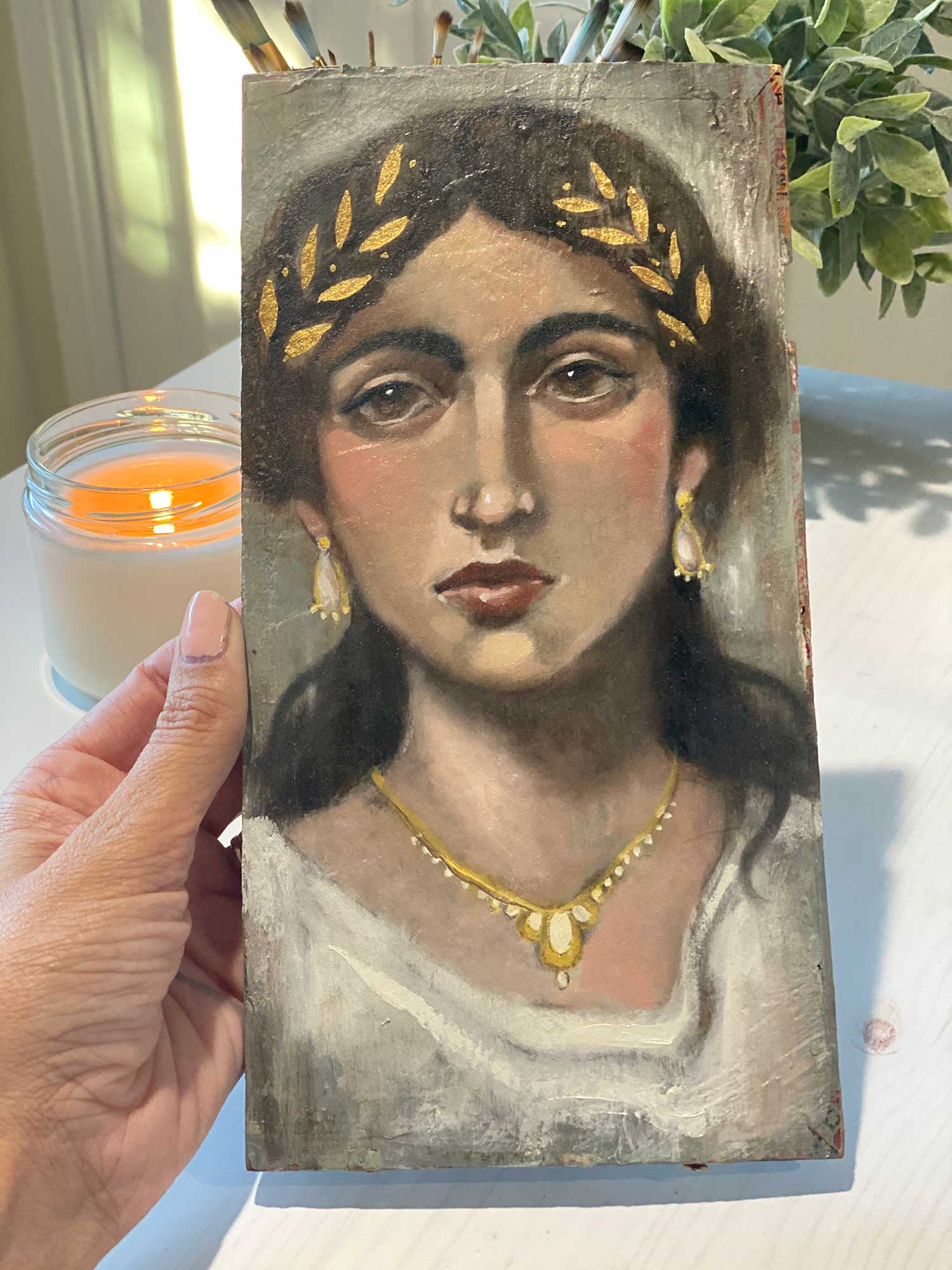
STEP 5
At the end, I dry-brushed areas with touches of Raw Umber to add an “aged” look to it. I did the same with white paint too.
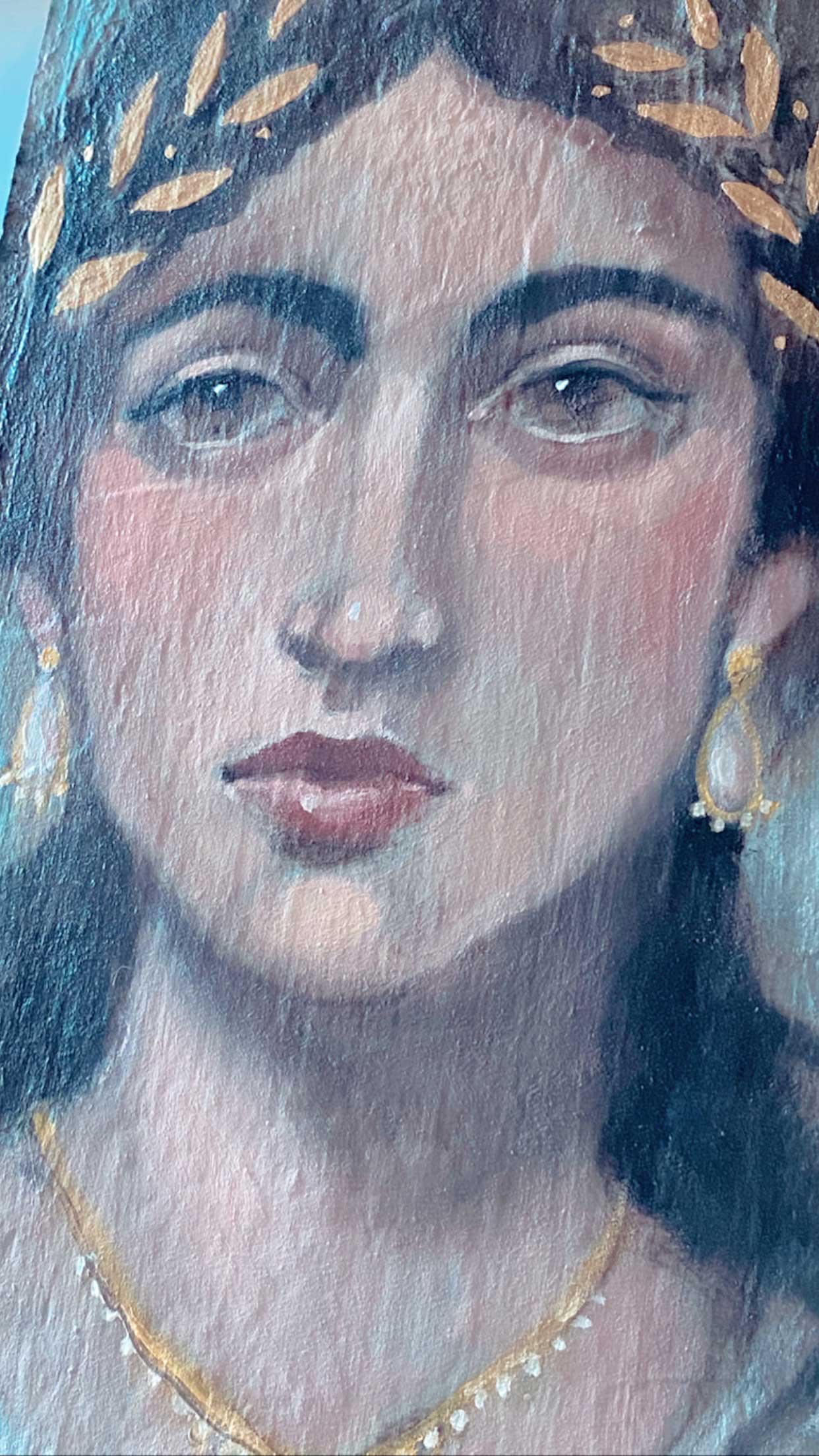
STEP 6
I really love the texture I achieved here! I feel like I own a little piece of history! Lol.
(Optional) When she is fully dry I will lightly sand away parts to further the aged look.
“Our art is an adventure. It is a dream come true.”
– Jack White
OCTOBER ART PROJECT
Encaustic Lotus
By Donna Martin
I’m so excited to feature our guest teacher this month – Donna Martin! I absolutely love Donna’s work and teachings. Her beautiful encaustic work is perfectly aligned with our Egyptian theme. She will be sharing a gorgeous lesson featuring the sacred Lotus flower…the Sesen…as the Egyptian’s referred to it! Enjoy! I can’t wait to see what you create!
STUDIOWORKS
Community Corner
I’m excited to share some beautiful contributions from our community this month! First up, is a wonderful story of adventure and discovery from Helen Kaminsky about her journey to Egypt this year and her creative explorations with teacher and friend, Lora Murphy!
Women of Ancient Egypt
BY: HELEN KAMINSKY
I was lucky enough to embark on a wonderful, mysterious, and fulfilling art and spirit journey to Egypt at the beginning of the year. There was nothing that we didn’t see, in fact, you could say that ‘we left no stone unturned’.
The sheer magic and sense of place was almost overwhelming and the history of a woman’s role in this ancient civilization showed that she was revered and powerful. Ancient Egyptian women and queens alike were allowed to own property and hold high official positions. They could inherit wealth and defend their rights in a courtroom and also file for divorce.
Youth and beauty dominated ancient Egypt and despite their age, women were always portrayed on the tomb walls as young, beautiful figures.
Appearance and good hygiene were most important to the women of Egypt. Beautiful clothing was further embellished by exquisite jewelry, make-up was used lavishly and intricate wigs adorned shaven heads.
Woman of Mystery – collage, oil and cold wax medium on paper, mounted onto birch wood panel.
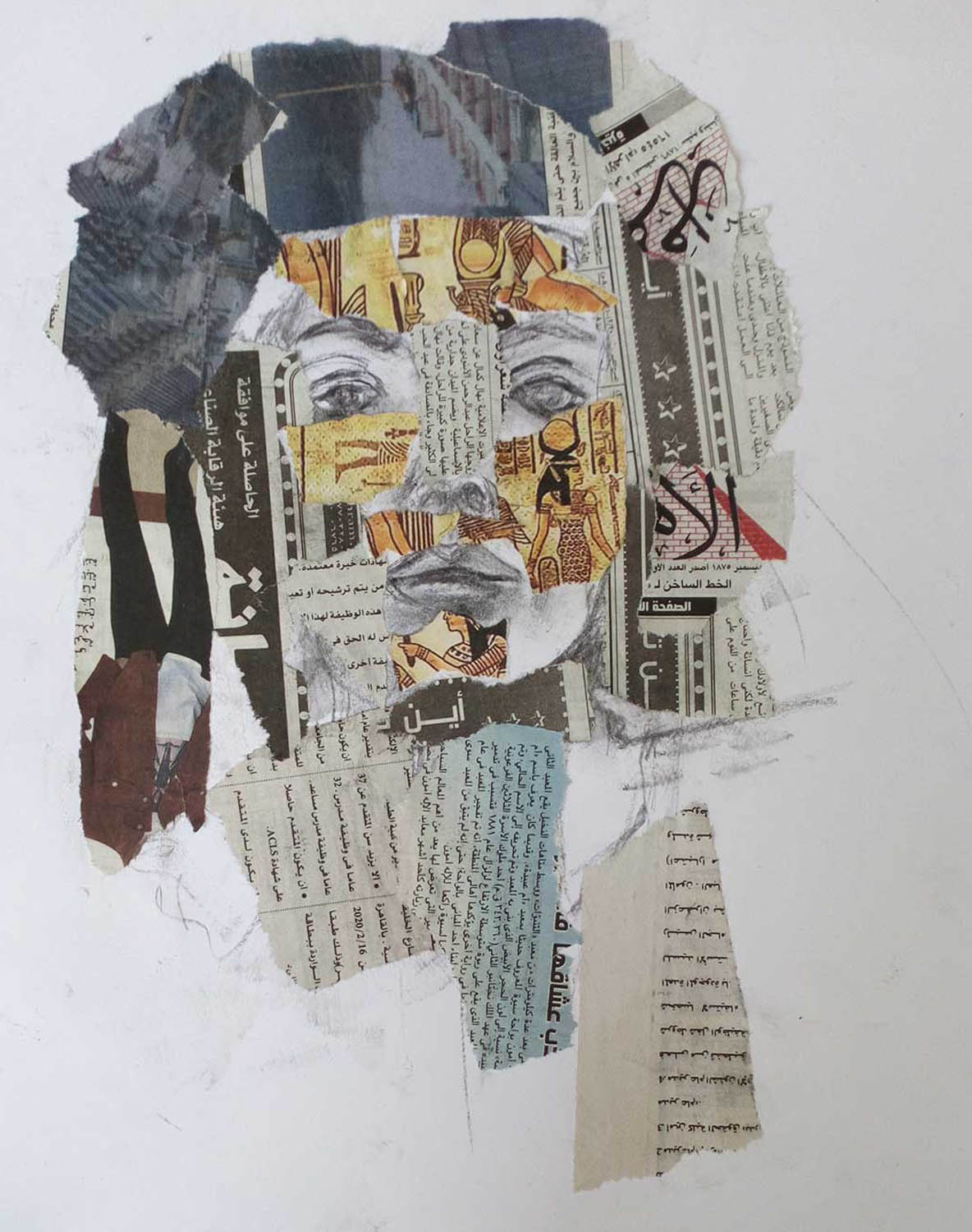
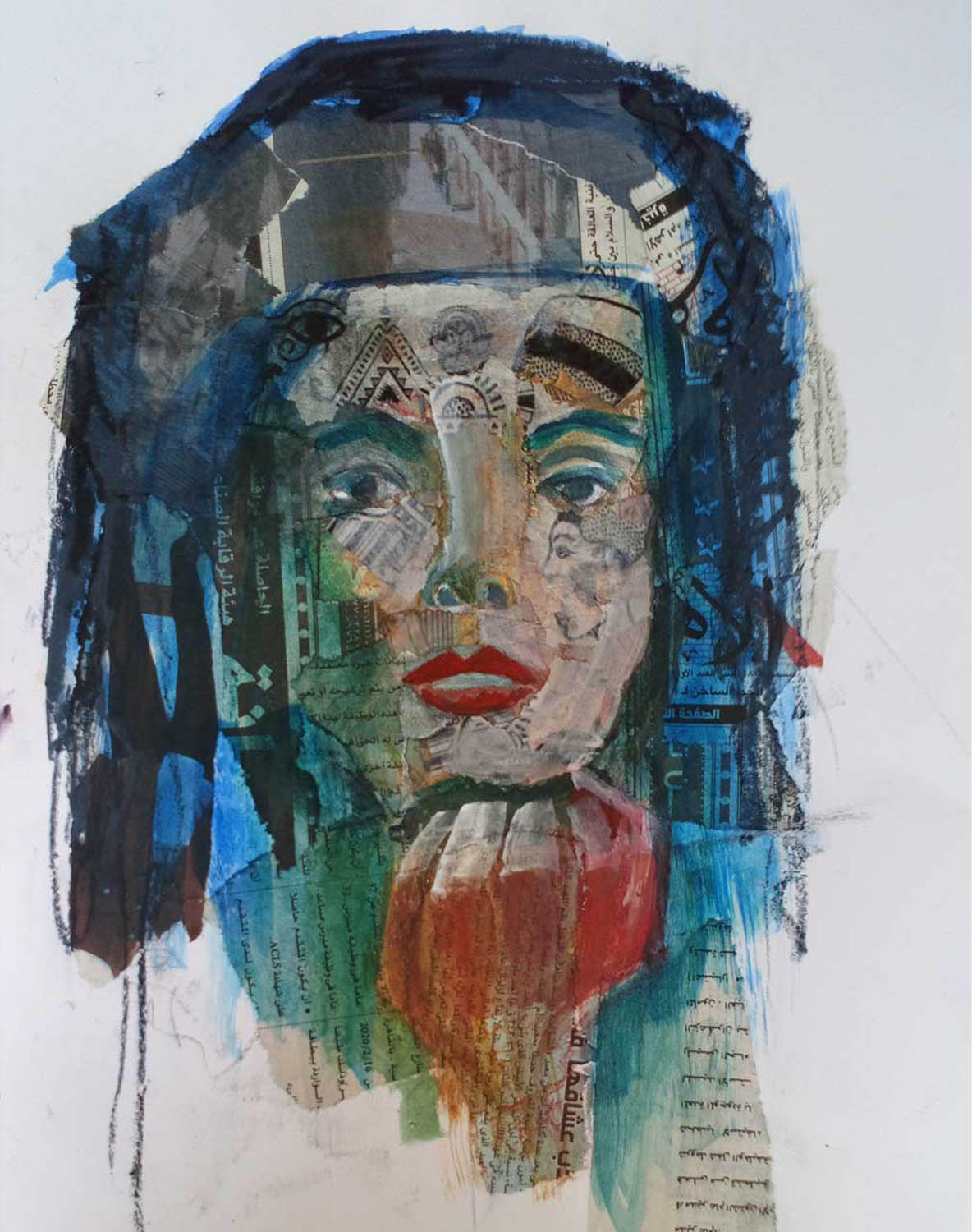
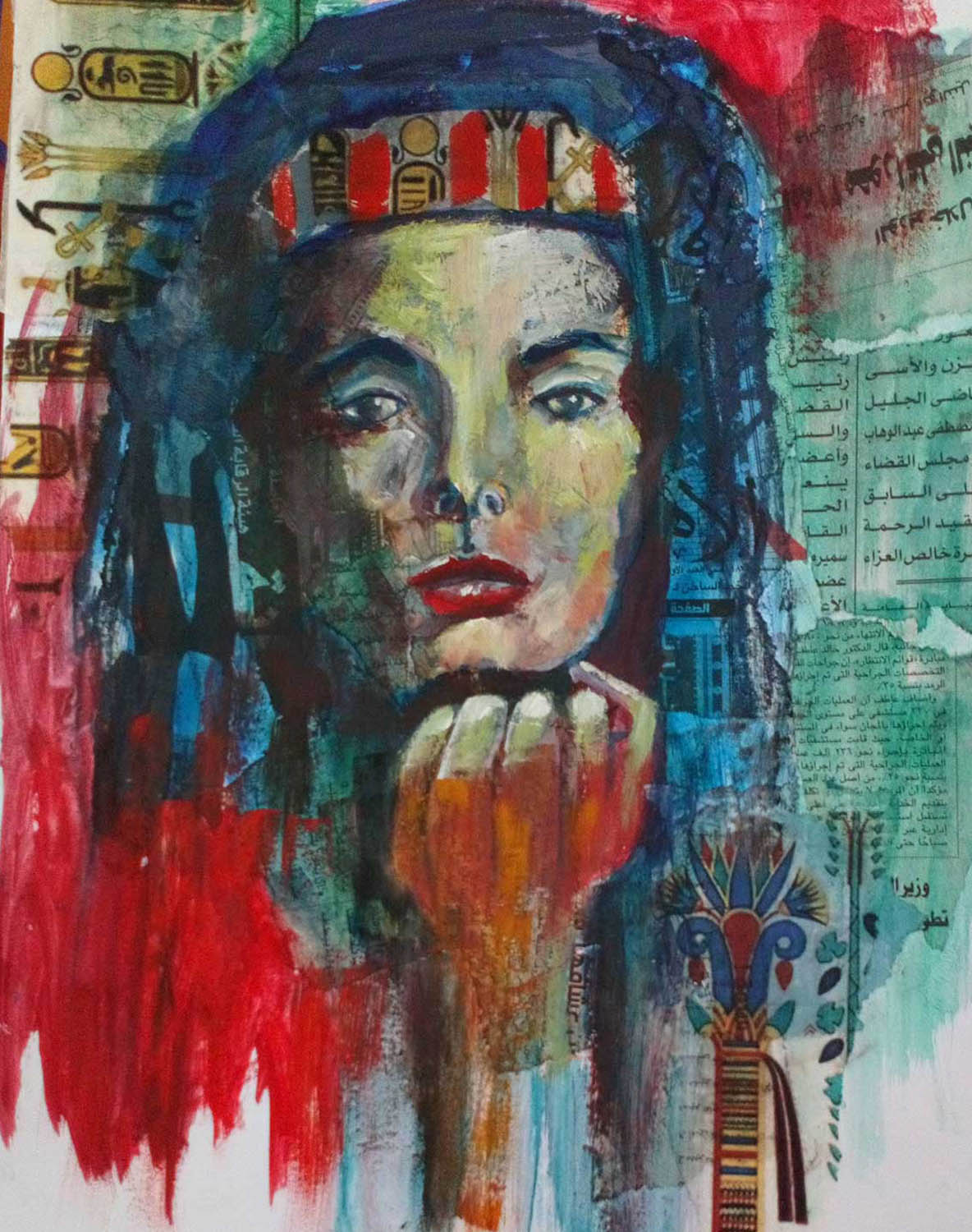
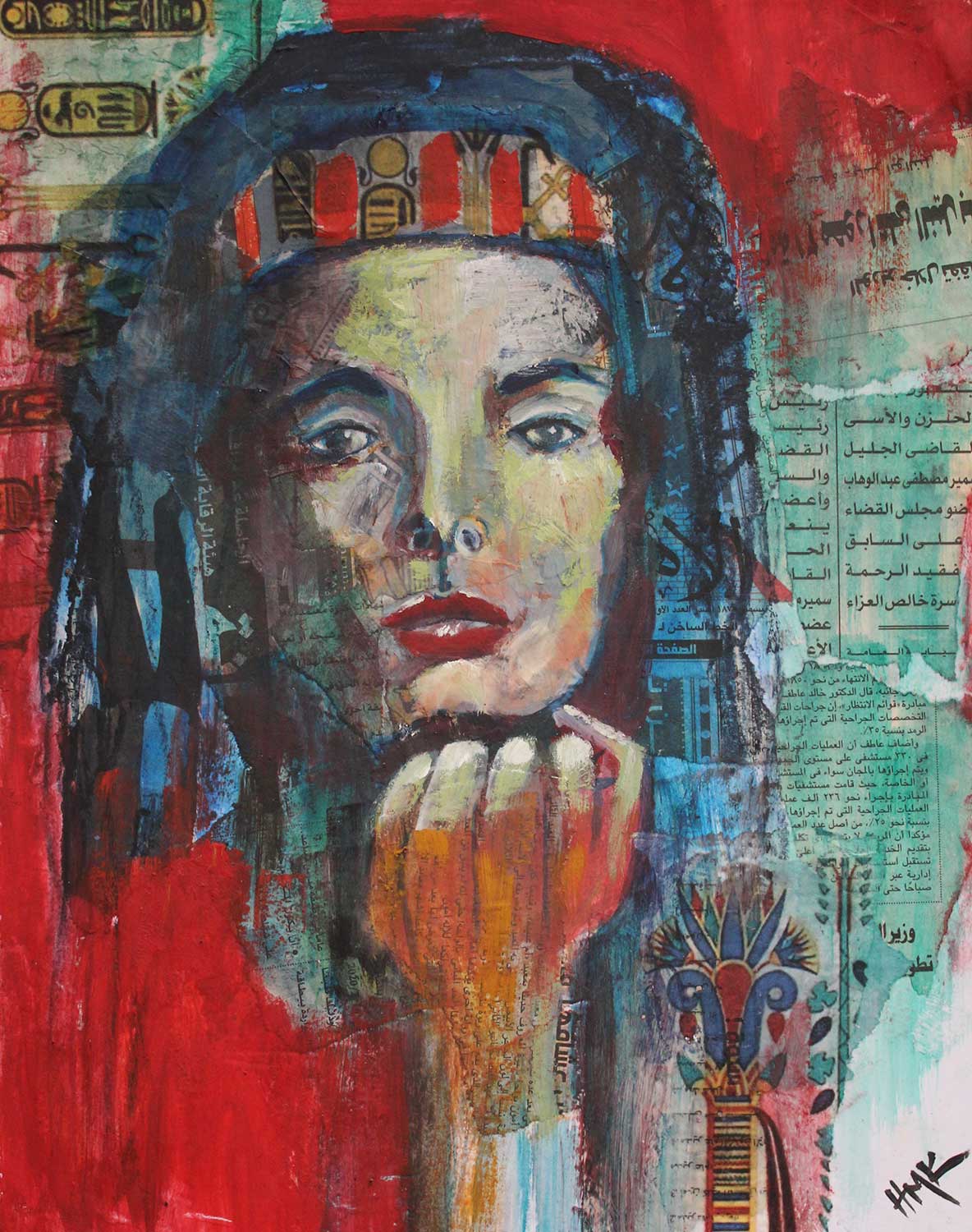
One of the highlights of the trip was to be given special dispensation to enter the Shrine of Sekmet in Karnak. Sekmet was the goddess of war but also of healing and was of great significance to women. She is depicted with the head of a lioness and the body of a woman and is one of the oldest deities of ancient Egypt.
This privilege was further enhanced as not only were we allowed into the shrine but also to lay our hands upon the statue of the deity and carry out a group chant and mediation. This experience certainly had a profound effect on me as I could actually feel a true connection with the past. The shrine was tiny yet the statue was monumental and powerful – certainly a wonderful and humbling encounter that I shall never forget.
Queen of the Nile – collage and encaustic on birchwood panel.
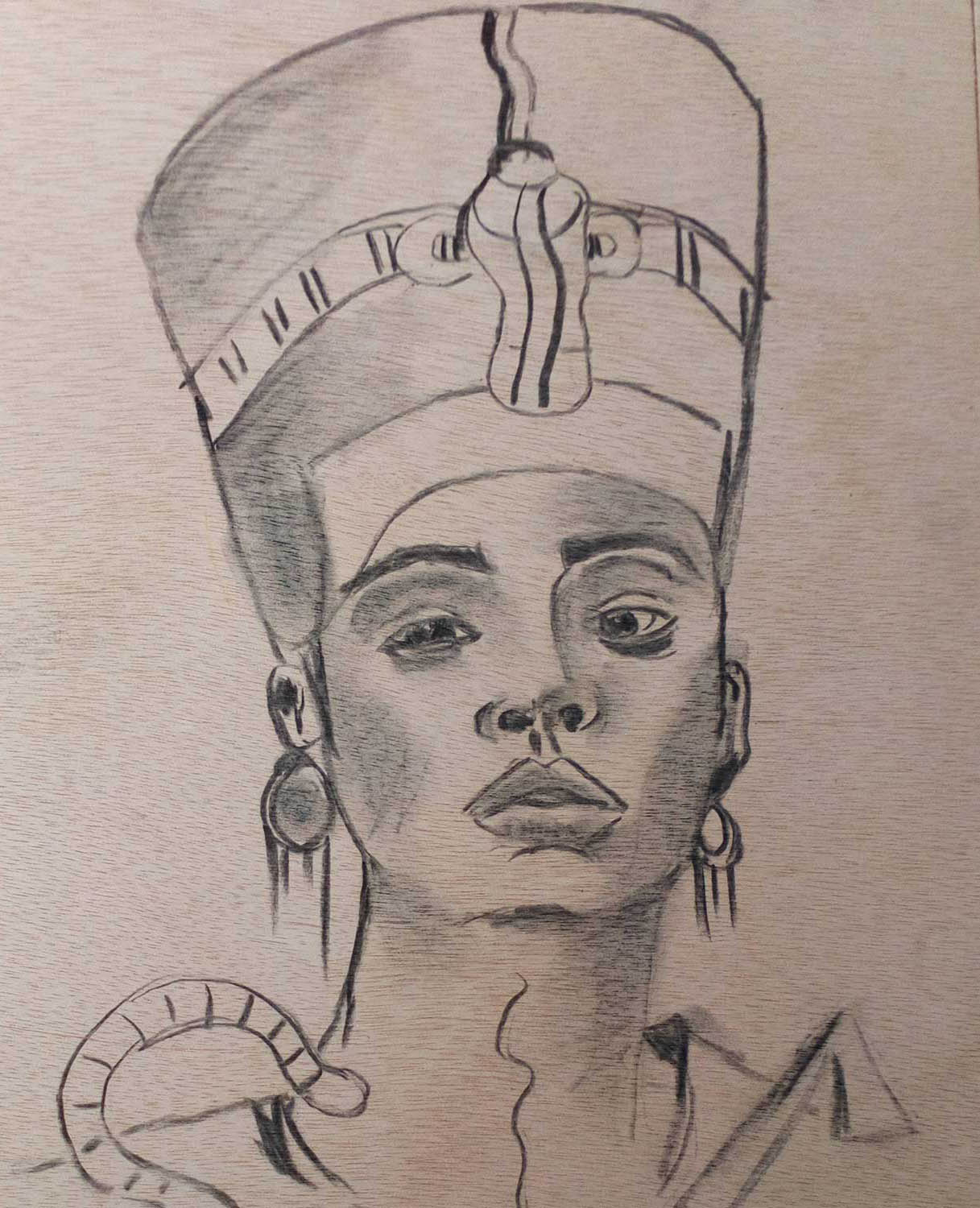
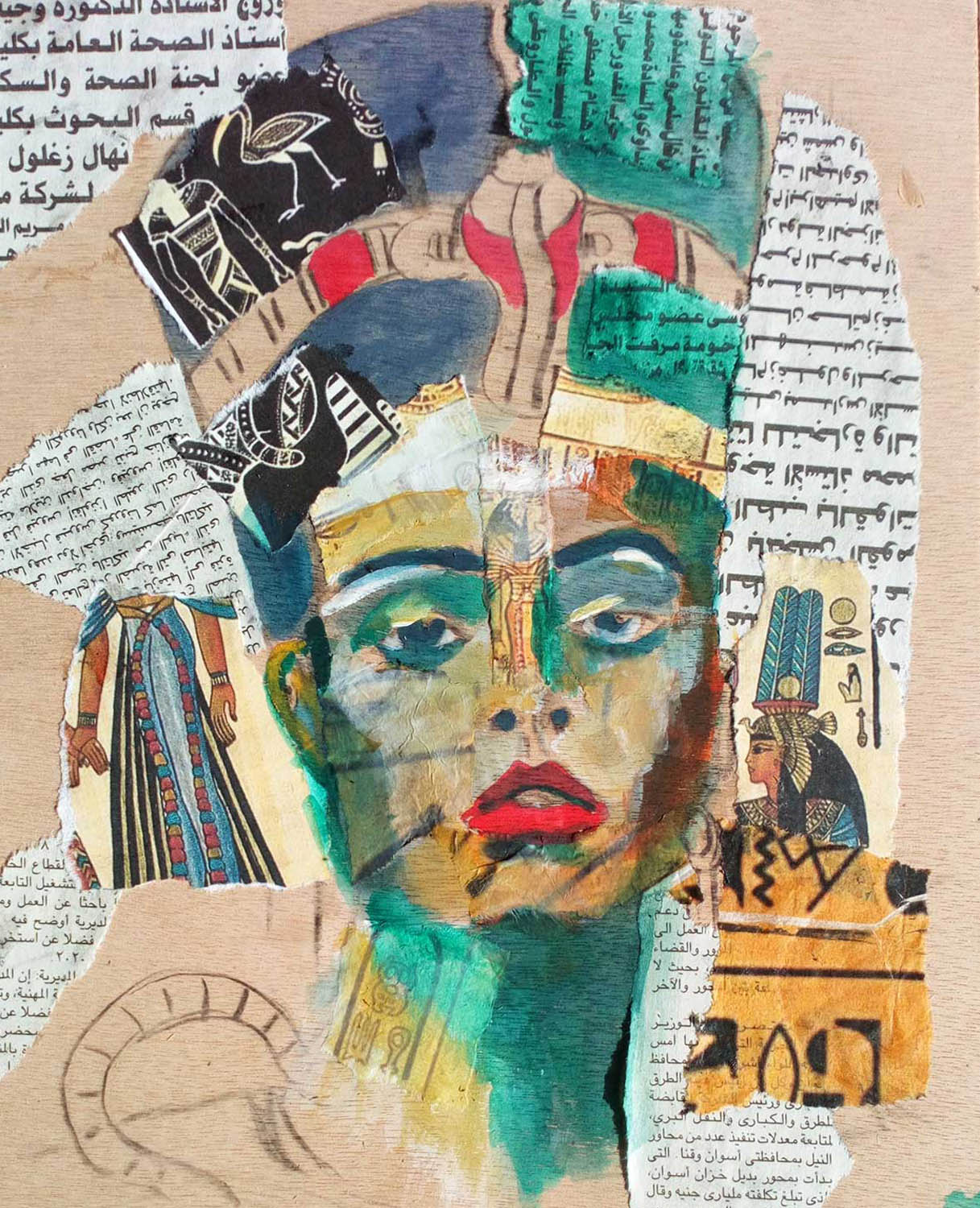
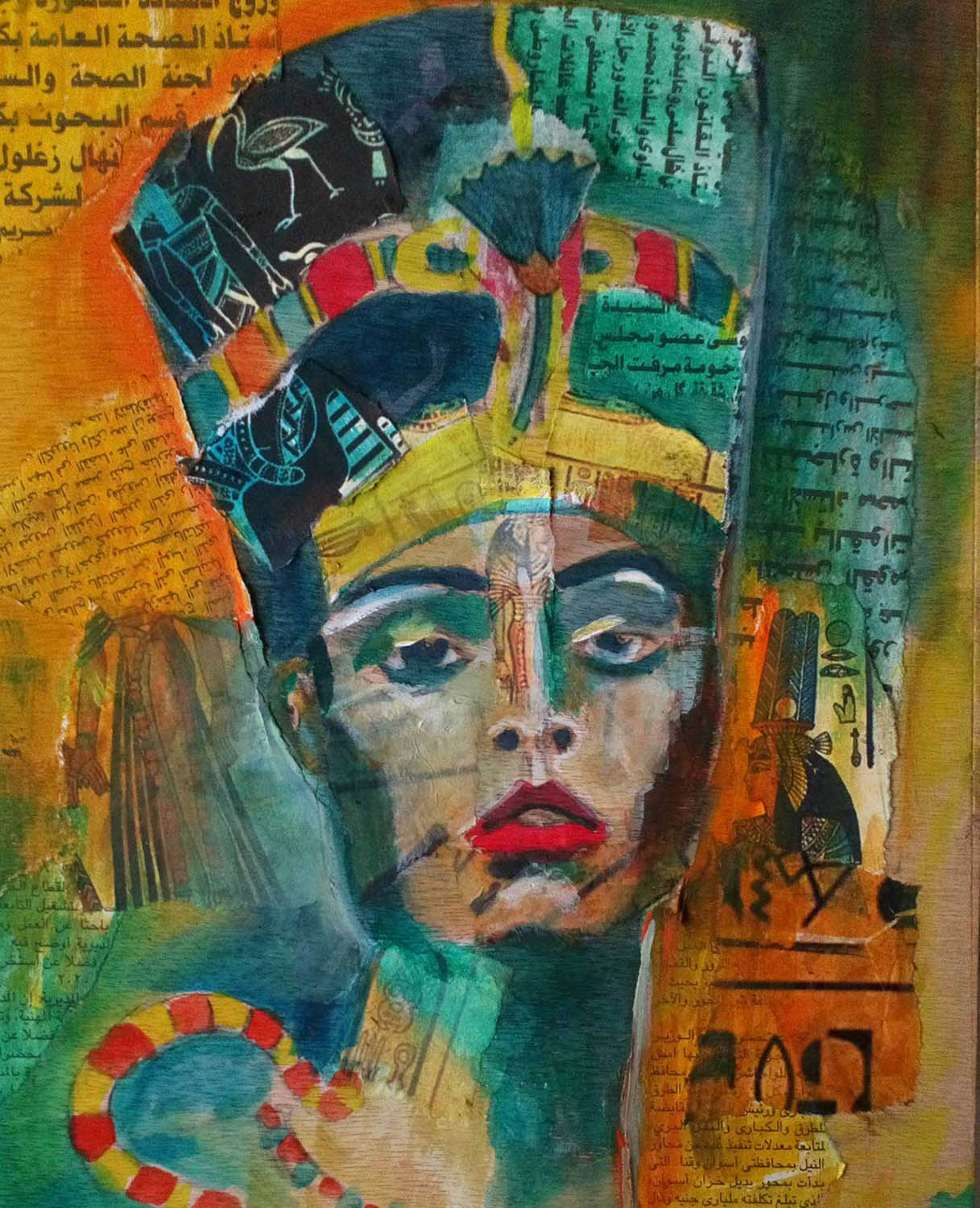
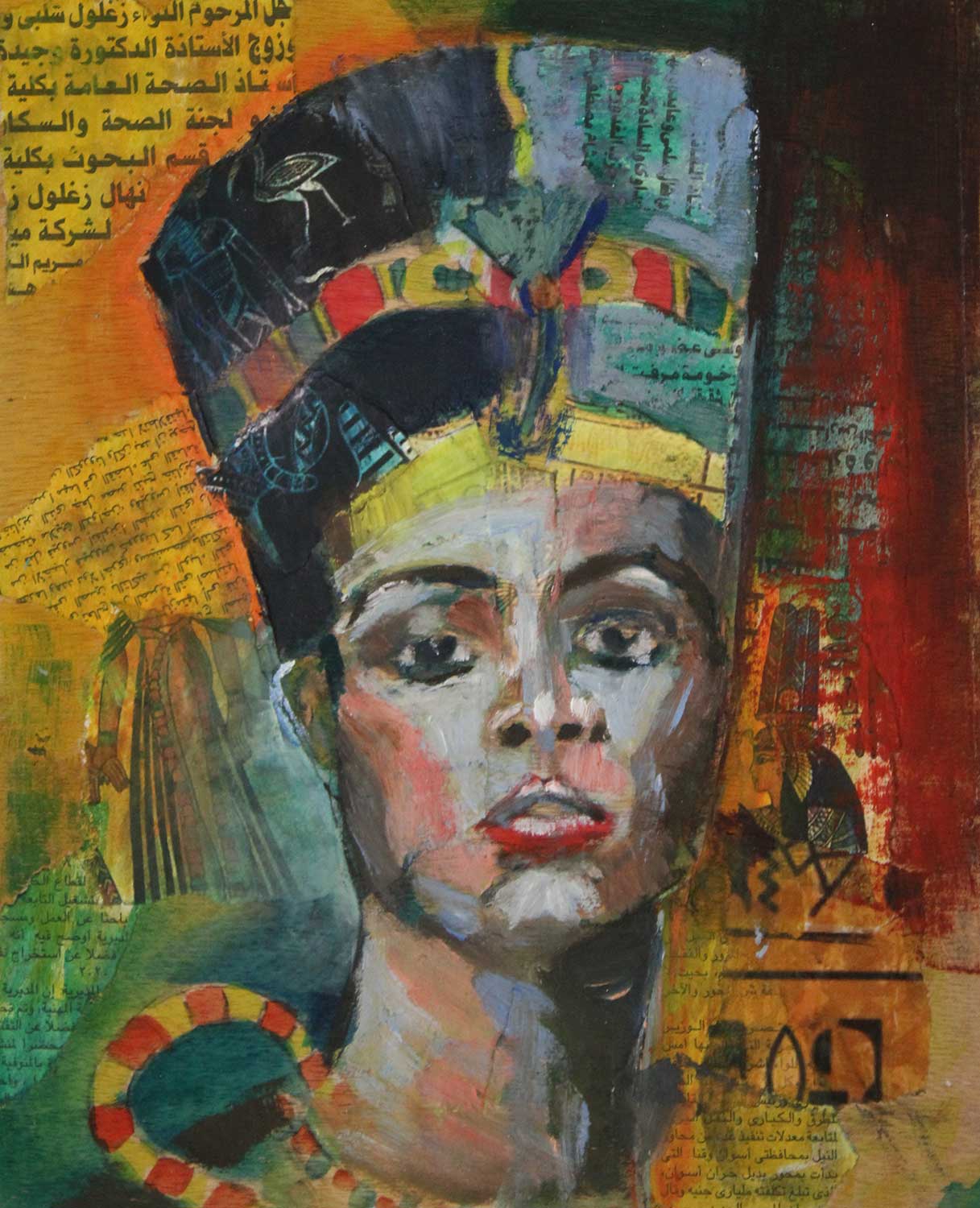
We were guided in our art by our wonderful teacher, Lora Murphy who conveyed the history of encaustic art in the place that it actually began. It was the ancient Greeks that began to use pigmented wax to produce the funeral masks of upper-class citizens from Roman Egypt, around 500 BC. These are known today as the Fayum portraits, examples of which can be found in the Cairo Museum.
Crown of Power – collage and encaustic on watercolour paper.
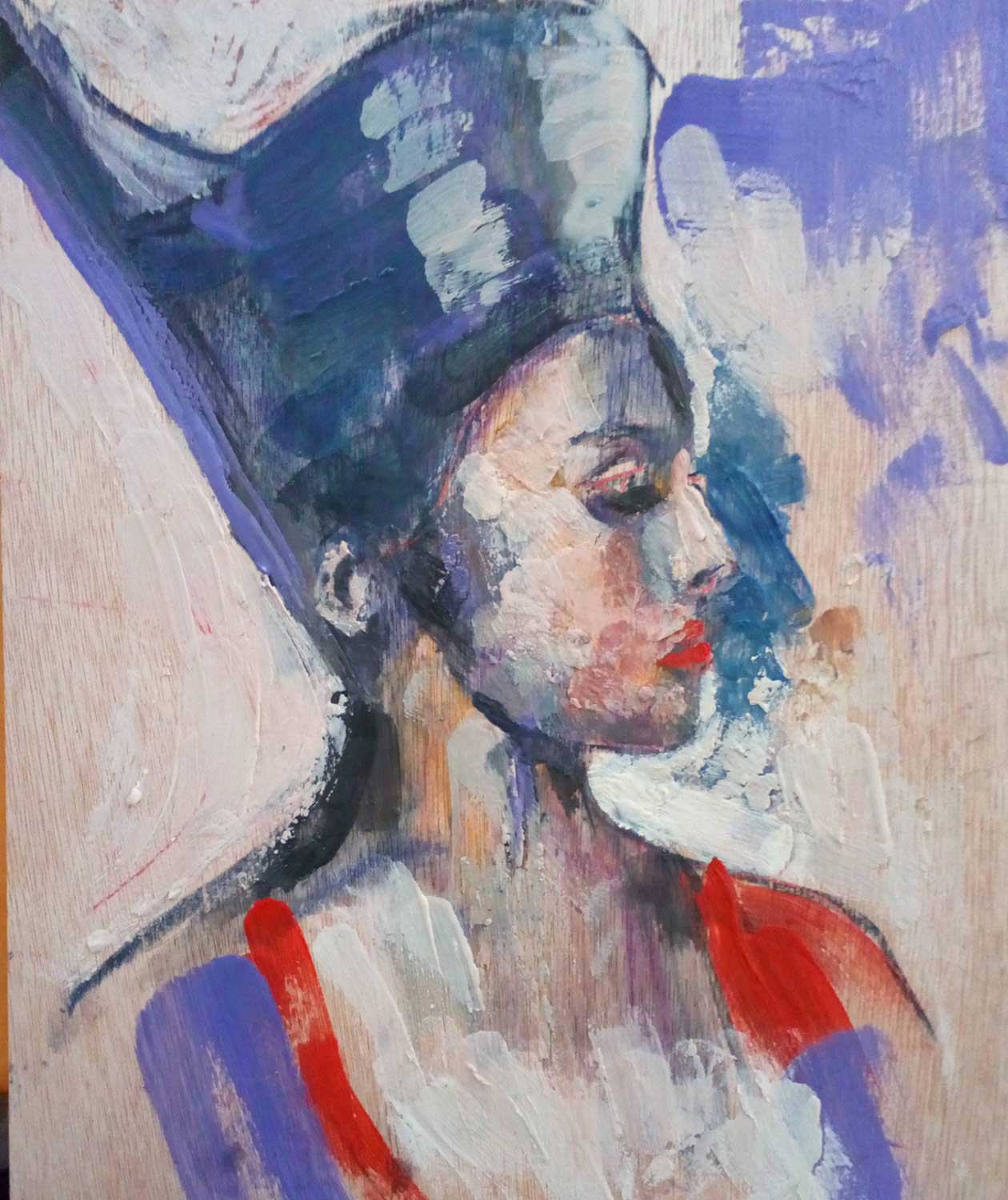
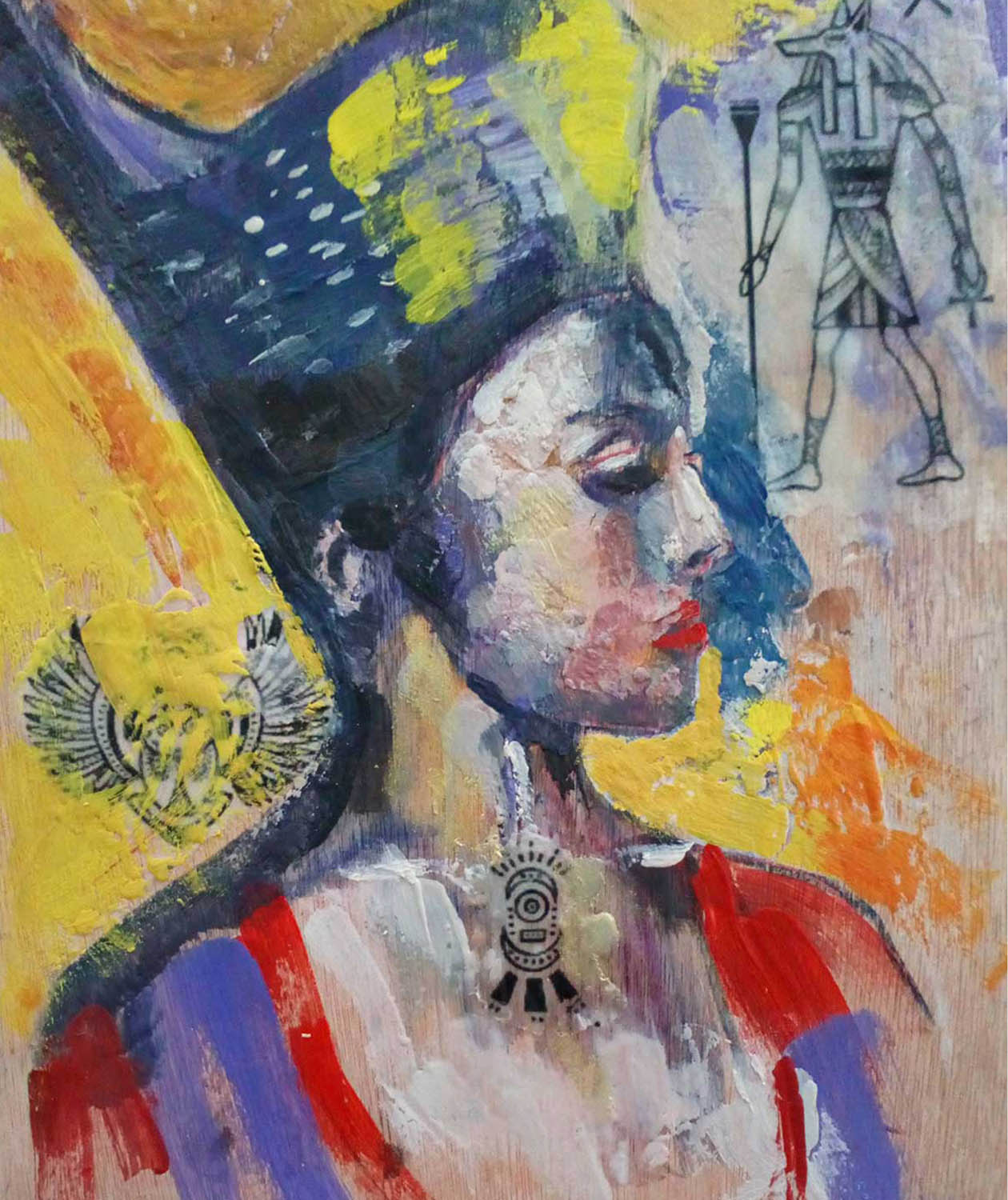
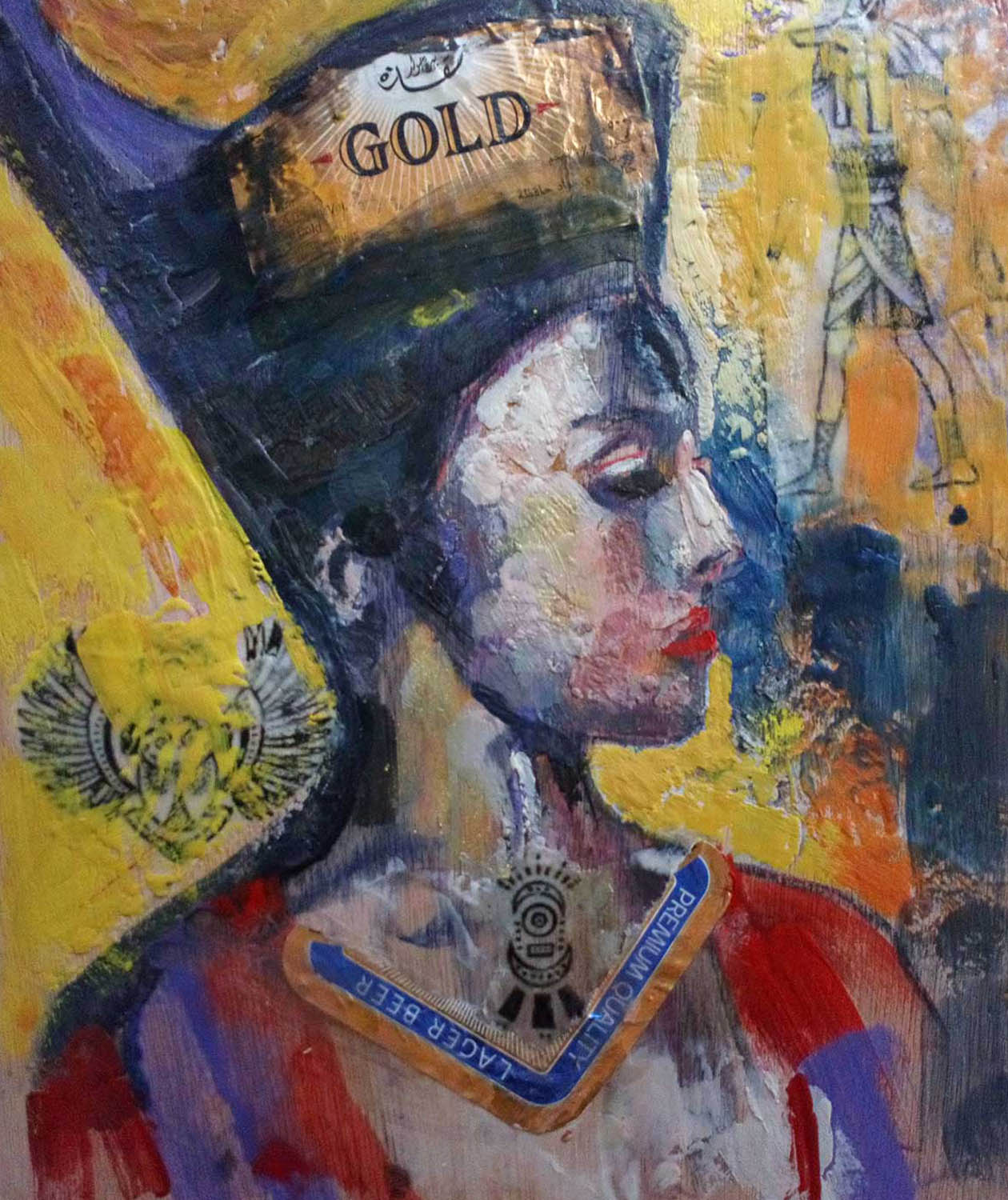
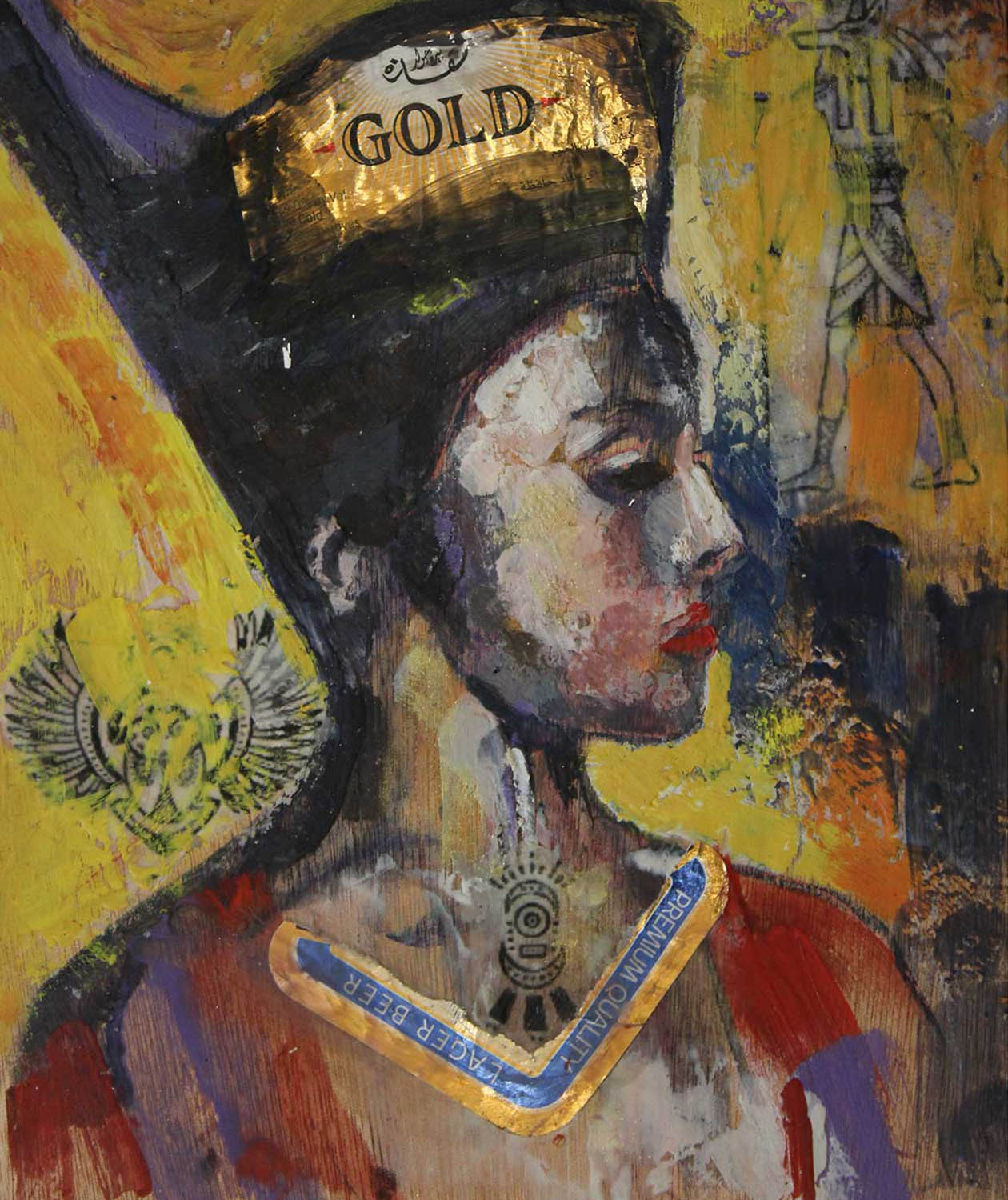
Egyptian art
BY: DEBORAH THODEN
In our Member’s Gallery this month, I am happy to share Egyptian inspired works by Deborah Thoden…
SAHARA DESERT ADVENTURE
BY: JENNIFER ARMSTRONG
And finally some gorgeous digital works from adventurer, Jennifer Armstrong from her travels to the Sahara Desert…
STUDIOWORKS
Submission Calls
If you’d like to be featured in an upcoming Studioworks Journal, we’d love to have you join our Creative Network! Our intention with Studioworks has always been to cultivate community involvement and collaboration. Featuring members from our creative community is such an honor and a beautiful way to share the light you all bring. Come join us!
STUDIOWORKS PODCAST
issue twenty-two
You can also listen to this month’s issue of the Studioworks journal. I find I love listening to books, podcasts and music while I draw, paint or go on a long walk. Enjoy.
Studioworks : issue twenty two
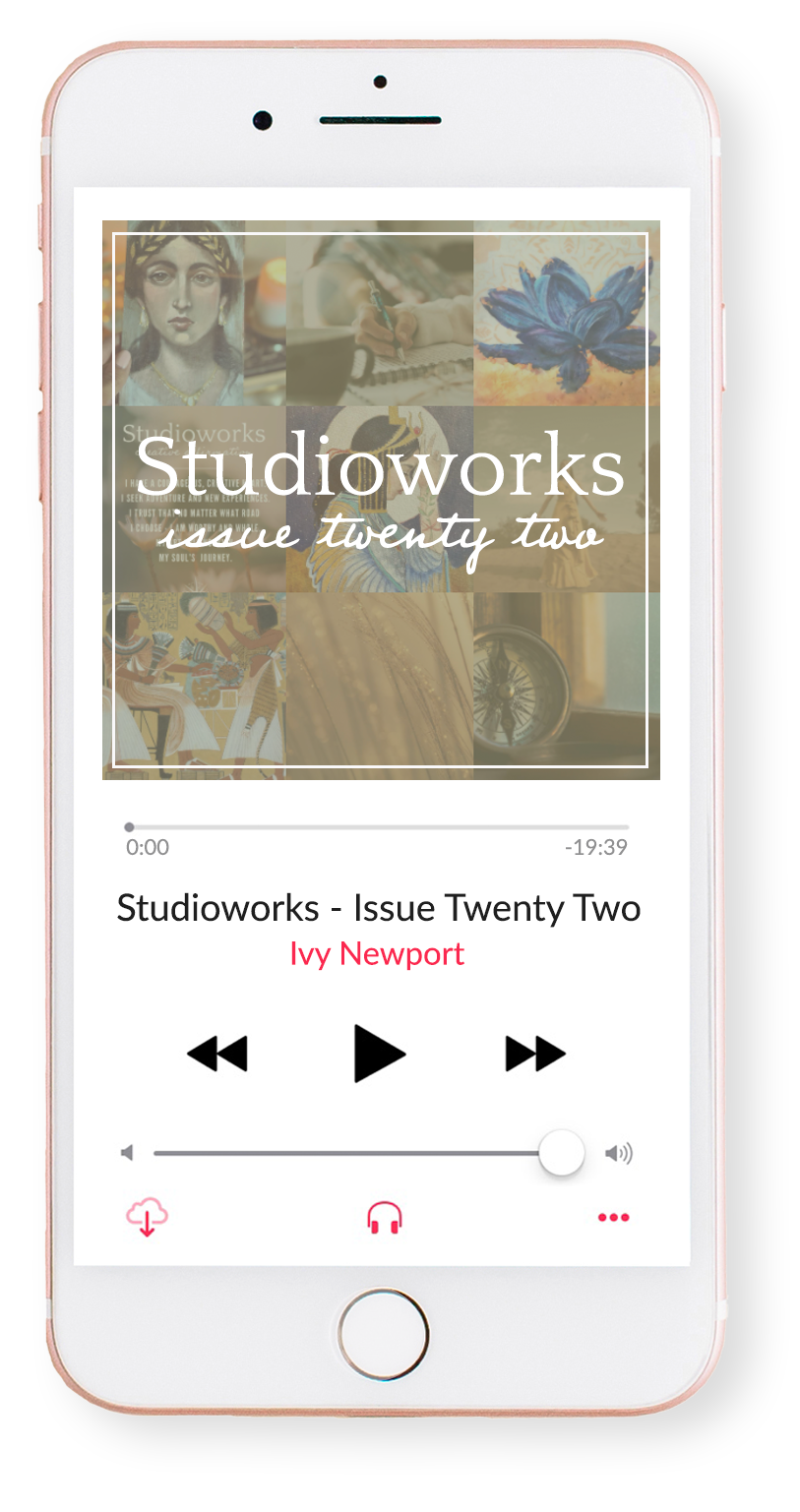
inspiration: curated
One of my favorite things to do is to curate inspiration. From Pinterest boards to books, resources, playlists, and more – I love to share anything that might facilitate learning, expansion, and sparks of curiosity! Being an artist, we naturally crave these things so here are some of this month’s picks from me to you.
Books to Discover & Enjoy
MUSIC PLAYLIST
I had so much fun curating this list. I hope you enjoy!!
PINTEREST BOARDS
Interesting things to read and watch
FAVORITE SUPPLIES THIS MONTH
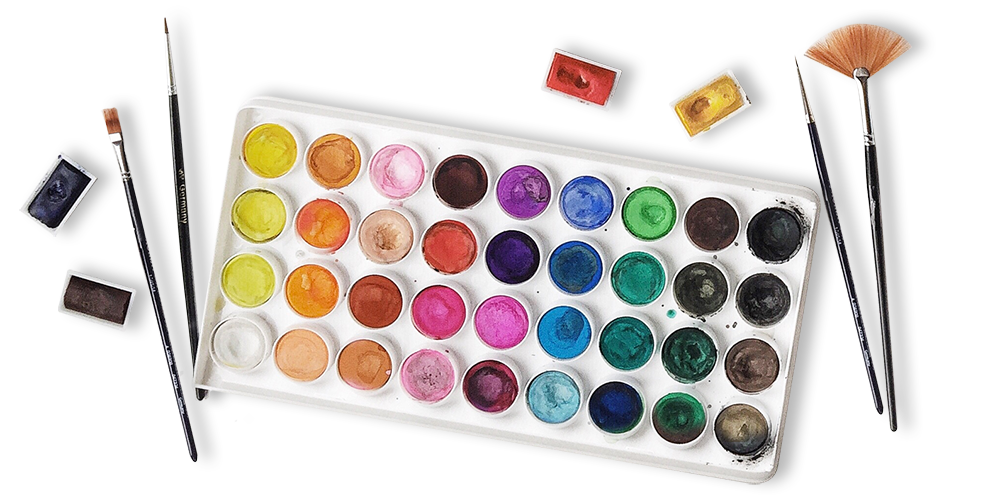
CLASSES TO TRY
These classes carry much of the same feeling of magic and exploration. I highly recommend checking them out if you haven’t already. Enjoy!

© 2019 IVYNEWPORT, LLC ALL RIGHTS RESERVED.

